- 2023年-09月-03日:中国读本:中国雕塑(200P)
- 2023年-09月-03日:中国传统雕塑(215P)
- 2023年-09月-03日:图说世界雕塑(209P)
- 2023年-09月-03日:世界雕塑名品图鉴(386P)
- 2023年-05月-22日:鉴识牙雕[中国古玩鉴识系列](81P)
- 2023年-04月-14日:世界美术全集:雕塑卷(97P)
- 2023年-01月-09日:千甓亭古砖图释之四(102P)
- 2023年-01月-09日:千甓亭古砖图释之三(101P)
- 2023年-01月-09日:千甓亭古砖图释之二(100P)
- 2023年-01月-09日:千甓亭古砖图释之一(109P)
- 2023年-01月-08日:木刻选集.52幅.新艺术社编.1946年(68P)
- 2022年-11月-30日:中国民间美术全集·雕塑(321P)
- 2022年-11月-13日:石刻线画·中国画像石全集·第8卷(218P)
- 2022年-11月-13日:四川汉画像石·中国画像石全集·第7卷(197P)
- 2022年-11月-12日:河南汉画像石·中国画像石全集·第6卷(282P)
- 2022年-11月-12日:陕西、山西汉画像石·中国画像石全集·第5卷(243P)
- 2022年-11月-11日:江苏安徽浙江汉画像石·中国画像石全集·第4卷(363P)
- 2022年-11月-11日:山东汉画像石·中国画像石全集·第3卷(320P)
- 2022年-11月-10日:山东汉画像石·中国画像石全集·第2卷(320P)
- 2022年-11月-10日:山东汉画像石·中国画像石全集·第1卷(277P)
- 2022年-11月-07日:竹木牙角雕刻(309P)
- 2022年-08月-21日:木头艺术(30P)
- 2022年-08月-16日:古木精雕厚重流芳(15P)
- 2022年-08月-14日:泥人艺术(53P)
- 2022年-08月-14日:杂技雕塑(28P)
- 2022年-08月-06日:泥人艺术品欣赏(57P)
- 2022年-08月-03日:犀角雕欣赏(139P)
- 2022年-07月-30日:精美骨雕(23P)
- 2022年-07月-21日:闽南漆线雕欣赏(19P)
- 2022年-07月-20日:鸡血石印章(52P)
- 2022年-07月-20日:木雕极品(18P)
- 2022年-07月-20日:红木极品(37P)
- 2022年-07月-20日:奇异雕塑(40P)
- 2022年-07月-20日:动物铜雕(55P)
- 2022年-07月-19日:木雕人体(33P)
- 2022年-07月-17日:铜梅欣赏(20P)
- 2022年-07月-10日:根雕艺术欣赏(124P)
- 2022年-06月-26日:紫檀木欣赏(45P)
- 2022年-06月-25日:漆线雕欣赏(27P)
- 2022年-06月-24日:玻璃艺术(31P)
- 2022年-06月-24日:瓷雕艺术(26P)
- 2022年-06月-24日:红珊瑚雕刻(31P)
- 2022年-06月-23日:象牙雕欣赏(60P)
- 2022年-06月-20日:古老的石雕砖雕(35P)
- 2022年-06月-20日:泥彩塑欣赏(58P)
- 2022年-06月-20日:青铜雕塑欣赏(19P)
- 2022年-06月-19日:紫檀雕刻欣赏(22P)
- 2022年-06月-17日:泥塑艺术(56P)
- 2022年-06月-16日:象牙雕刻欣赏(22P)
- 2022年-06月-14日:精美的铜雕艺术(10P)
- 2022年-06月-11日:人像竹雕(33P)
- 2022年-06月-09日:完美的角雕(25P)
- 2022年-06月-04日:精美陶器(25P)
- 2022年-06月-04日:茶壶大全(88P)
- 2022年-06月-03日:二十四孝(石雕版)(24P)
- 2022年-06月-03日:精美的核桃雕刻(30P)
- 2022年-06月-03日:绝美木雕(64P)
- 2022年-06月-03日:犀角雕欣赏(24P)
- 2022年-05月-31日:精湛的铜章艺术(53P)
- 2022年-05月-30日:十二生肖精美玉雕(12P)
- 2022年-05月-16日:高公博先生木雕作品(23P)
- 2022年-05月-16日:绝美通灵的儿童雕塑(30P)
- 2022年-05月-16日:希腊雕塑合集欣赏(85P)
中国雕塑是指具有中国特色且原产于中国的雕塑艺术品。中国雕塑(Chinese sculptures),为中国文化的重要组成部分。中国古代雕塑艺术的主要内容分别是陵墓雕塑(包括地上的纪念性石刻与墓室随葬俑)、宗教雕塑、民俗性及其他内容的雕塑。
大型陵墓石刻肇始于汉代墓前的石人、石兽。存世的古代陵墓石刻主要为南朝宋、齐、梁、陈及唐、北宋、明、清各代帝陵和勋臣贵戚墓的遗存。北魏、辽、金、西夏等朝代陵墓遭严重破坏,仅有少量石刻遗留下来。南朝和唐代的作品代表了陵墓石刻的最高成就。自唐代乾陵起,以迄北宋,石刻的内容、配置方式,逐步形成定制,并为明、清两代所承袭。宗教雕塑主要保存于寺庙和石窟寺之内,由于寺庙毁损严重,石窟寺雕塑便成为宗教雕塑遗存的主要代表。石窟寺是开凿于山崖之上的宗教寺庙。以佛教为主,也有少量道教或其他宗教内容的造像。石窟形制源自印度,约于 3世纪传至中国。造窟风气最盛的时期为南北朝至唐代中期,约当5~8世纪。重要石窟多以皇室或勋臣贵戚雕造的大像为中心,由众多的窟、龛、摩崖造像等,构成庞大的石窟群。雕造的时间常延续10多个世纪。每个窟内又以立体雕塑本尊佛造像为中心,由弟子、菩萨(以后增加天王、力士)组成群像,四壁布满浮雕或壁画,形成浓厚的宗教氛围。由于造像和壁画、浮雕内容、样式的差异,而形成不同时期、不同地区的艺术风格。功能
中国雕塑的出现与发展是人类物质文明、精神文明向前发展的必将结果。城市作为比乡村、城镇更高级的聚落,更发达的所在,汇聚了尖端的科技与工业文明,前沿的信息与精神文明,中国雕塑汇聚了素质更高的人口群体,更先进、便捷的基础设施与生活、服务设施。
中国雕塑既可以是一个国家文化的标志和象征,又可作为该民族文化积累的产物。雕塑述说着民族发展的历史,凝聚着民族的精神和传统,代表着每一历史时期的精神面貌,反映着自古至今,人们的无限追求与执着信仰,展现价值观念及审美情趣。中国雕塑,城市建筑等,都是一个民族精神文明与物质文明最直观、最集中的表现。
中国雕塑不仅仅是文化的产物,同时也是一个国际不可或缺的经济投资点。中国雕塑和其他其他国际建筑等共同构成世界高雅美丽的环境,使生活在城市中的人们受到优越的审美体验,感受到文化的魅力与美的精神,中国雕塑的存在影响了中国环境,提升了文化形象,产生了视觉空间的凝聚力,这就创造了一种对于环境的投资潜能。
石窟寺分布地区很广,早期石窟集中于新疆地区,重要的有克孜尔石窟、库木吐石窟、森木塞姆石窟、吐峪沟石窟、柏孜克里克石窟等;晋朝以后,在河西走廊和华北地区兴建的石窟有莫高窟、榆林窟、天梯山石窟、炳灵寺石窟、麦积山石窟、须弥山石窟、南北石窟寺、云冈石窟、龙门石窟、巩县石窟、响堂山石窟、天龙山石窟、万佛堂石窟、广元千佛崖、广元皇泽寺石刻、陕北石窟等。南方地区有南京栖霞山石窟。隋唐以后新开凿的石窟有彬县大佛寺、驼山石窟、云门山石窟、柳埠千佛崖石刻、峡江千佛崖、安岳石刻、大足石窟,以及云南南诏国开凿的剑川石窟等,五代至元代在杭州开凿了飞来峰石刻。在近代,石窟雕塑遗存曾受到外国人的严重破坏和掠夺。中国雕塑在题材内容和雕塑技法上都具有鲜明的民族特色,并在长期发展中,不断吸收、融汇了很多外来艺术成分。其发展的高峰是秦汉、南北朝、隋唐时期,五代以后,大规模的雕造活动日益减少,而中小型雕塑则有新的发展。20世纪以后,受欧洲雕塑影响,出现一些西方雕塑样式的纪念碑雕塑和大量架上雕塑。80年代以后,城市环境雕塑兴起,中国雕塑进入一个新的发展时期。由于受到传统观念的制约,中国美术史上留下姓名的雕塑家不多,也缺少雕塑理论著作。对于中国雕塑史的研究和创作经验的总结,主要开始于近代。
Chinese sculpture refers to sculptures with Chinese characteristics and originating from China. Chinese sculptures are an important component of Chinese culture. The main content of ancient Chinese sculpture art is tomb sculpture (including commemorative stone carvings on the ground and tomb figurines), religious sculpture, folk and other sculptures.
The large-scale tomb stone carvings originated from the stone humans and beasts in front of the Han Dynasty tombs. The surviving ancient tomb stone carvings are mainly the remains of the tombs of emperors and nobles of the Southern Dynasties Song, Qi, Liang, Chen, Tang, Northern Song, Ming, and Qing dynasties. The tombs of the Northern Wei, Liao, Jin, and Western Xia dynasties were severely damaged, with only a small number of stone carvings remaining. The works of the Southern and Tang dynasties represent the highest achievement of tomb stone carvings. From the Qianling of the Tang Dynasty to the Northern Song Dynasty, the content and configuration of stone carvings gradually formed customization, which was inherited by the Ming and Qing dynasties. Religious sculptures are mainly preserved in temples and cave temples. Due to the severe damage to temples, cave temple sculptures have become the main representative of religious sculpture relics. The Grotto Temple is a religious temple carved on a cliff. Mainly Buddhist, there are also a few statues with Taoist or other religious content. The shape of the grottoes originated in India and spread to China around the 3rd century. The peak period of cave building culture was from the Southern and Northern Dynasties to the mid Tang Dynasty, around the 5th to 8th centuries. Important grottoes are mostly centered around large statues carved by the royal family or nobles, consisting of numerous grottoes, niches, cliff statues, etc., forming a huge group of grottoes. The time of carving often lasts for over 10 centuries. Each cave is centered around a three-dimensional sculpture of the Buddha statue, consisting of a group of disciples and Bodhisattvas (with the addition of the Heavenly King and the Powerful). The walls are covered with reliefs or murals, creating a strong religious atmosphere. Due to differences in the content and style of statues, murals, and reliefs, artistic styles of different periods and regions have been formed. function
The emergence and development of Chinese sculpture is an inevitable result of the advancement of human material and spiritual civilization. As a more advanced settlement and developed place than rural and urban areas, cities gather cutting-edge technology and industrial civilization, cutting-edge information and spiritual civilization. Chinese sculpture gathers a higher quality population group, more advanced and convenient infrastructure and living and service facilities.
Chinese sculpture can be both a symbol and symbol of a country’s culture, and a product of the accumulation of that nation’s culture. Sculpture tells the history of national development, embodies the spirit and tradition of the nation, represents the spiritual outlook of each historical period, reflects the unlimited pursuit and persistent faith of people from ancient times to the present, and displays values and aesthetic taste. Chinese sculpture, urban architecture, and so on are the most intuitive and concentrated manifestations of a nation’s spiritual and material civilization.
Chinese sculpture is not only a product of culture, but also an indispensable international economic investment point. Chinese sculpture, along with other international architecture, together constitute a world of elegant and beautiful environments, providing people living in cities with superior aesthetic experiences and experiencing the charm and spirit of culture. The existence of Chinese sculpture has influenced the Chinese environment, enhanced cultural image, and generated cohesion in visual space, creating a potential for investment in the environment.
The distribution area of grotto temples is very wide, with early grottoes concentrated in Xinjiang. Important ones include the Kizil Grottoes, Kumutu Grottoes, Senmusem Grottoes, Tuyugou Grottoes, Baizikrik Grottoes, etc; After the Jin Dynasty, Mogao Grottoes, Yulin Grottoes, Tianti Mountain Grottoes, Bingling Temple Grottoes, Maiji Mountain Grottoes, Xumishan Grottoes, North South Grottoes Temple, Yungang Grottoes, Longmen Grottoes, Gongxian Grottoes, Xiangtangshan Grottoes, Tianlong Mountain Grottoes, Wanfo Hall Grottoes, Guangyuan Thousand Buddha Cliffs, Guangyuan Huangze Temple Stone Carvings, Northern Shaanxi Grottoes, etc. were built in the Hexi Corridor and North China. There are Qixia Mountain Grottoes in Nanjing in the southern region. The newly excavated grottoes after the Sui and Tang dynasties include the Dafo Temple in Binxian County, Tuoshan Grottoes, Yunmenshan Grottoes, Liubu Qianfo Cliff Stone Carvings, Xiajiang Qianfo Cliff, Anyue Stone Carvings, Dazu Grottoes, as well as the Jianchuan Grottoes excavated by the Nanzhao Kingdom in Yunnan. The Feilaifeng Stone Carvings were excavated in Hangzhou from the Five Dynasties to the Yuan Dynasty. In modern times, the remains of cave sculptures have been severely damaged and plundered by foreigners. Chinese sculpture has distinct national characteristics in terms of theme content and sculpture techniques, and has continuously absorbed and integrated many foreign artistic elements in its long-term development. The peak of its development was during the Qin and Han dynasties, the Northern and Southern dynasties, and the Sui and Tang dynasties. After the Five Dynasties, large-scale carving activities were decreasing day by day, while small and medium-sized sculptures had new developments. After the 20th century, influenced by European sculpture, there were some Western style monument sculptures and a large number of easel sculptures. After the 1980s, urban environmental sculpture emerged, and Chinese sculpture entered a new period of development. Due to the constraints of traditional concepts, there are not many sculptors who have left their names in the history of Chinese art, and there is also a lack of works on sculpture theory. The research and summary of creative experience in the history of Chinese sculpture mainly began in modern times.

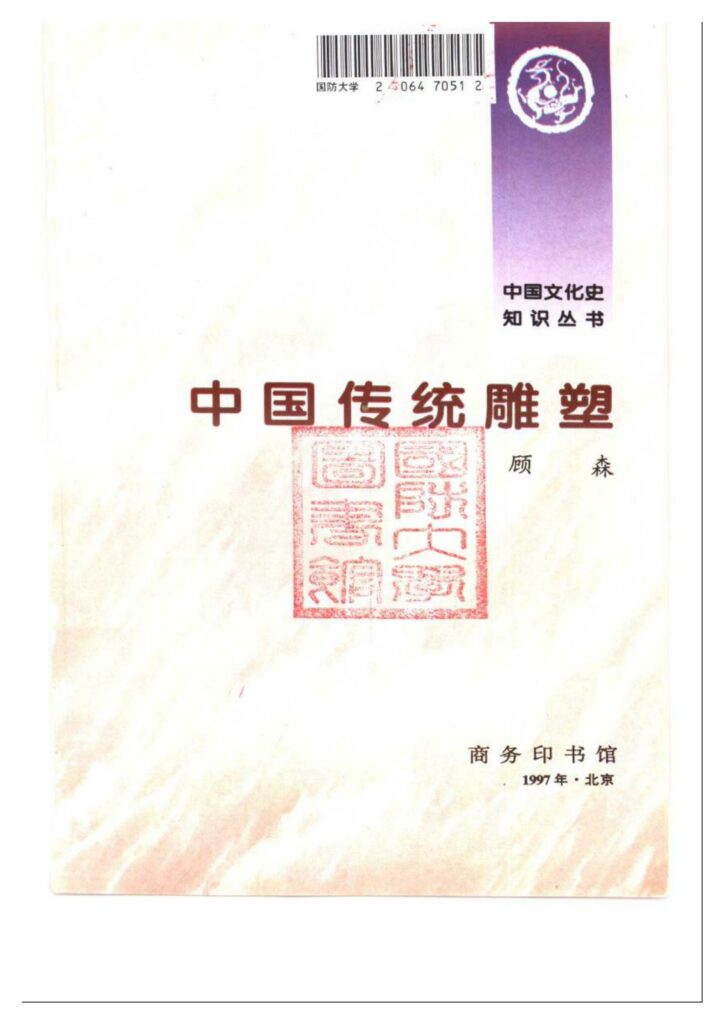
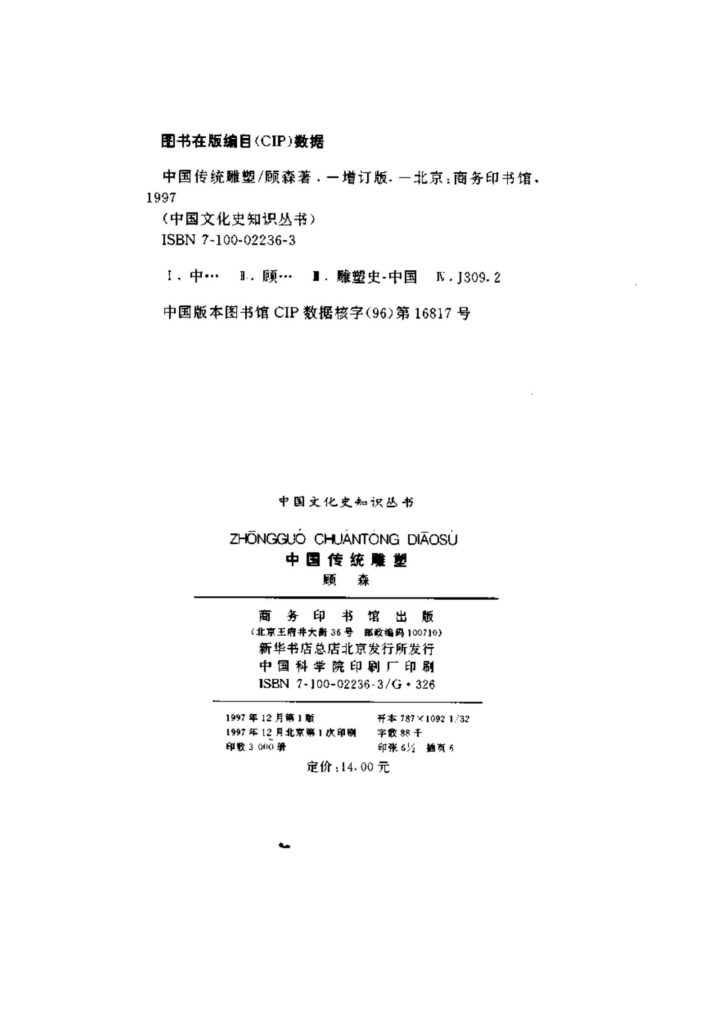
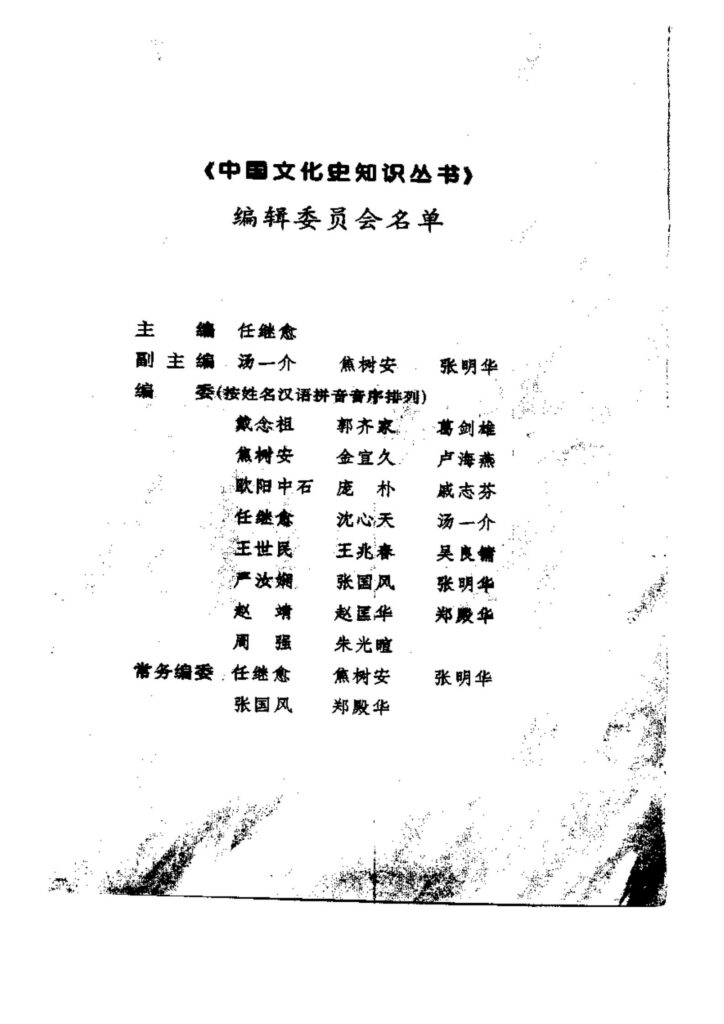




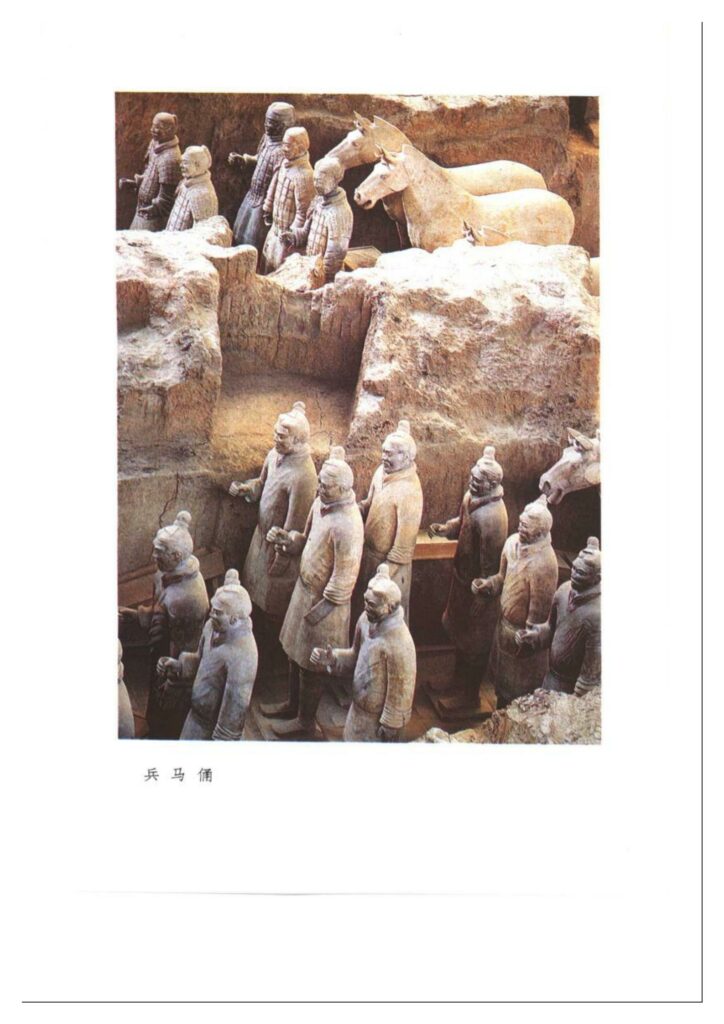
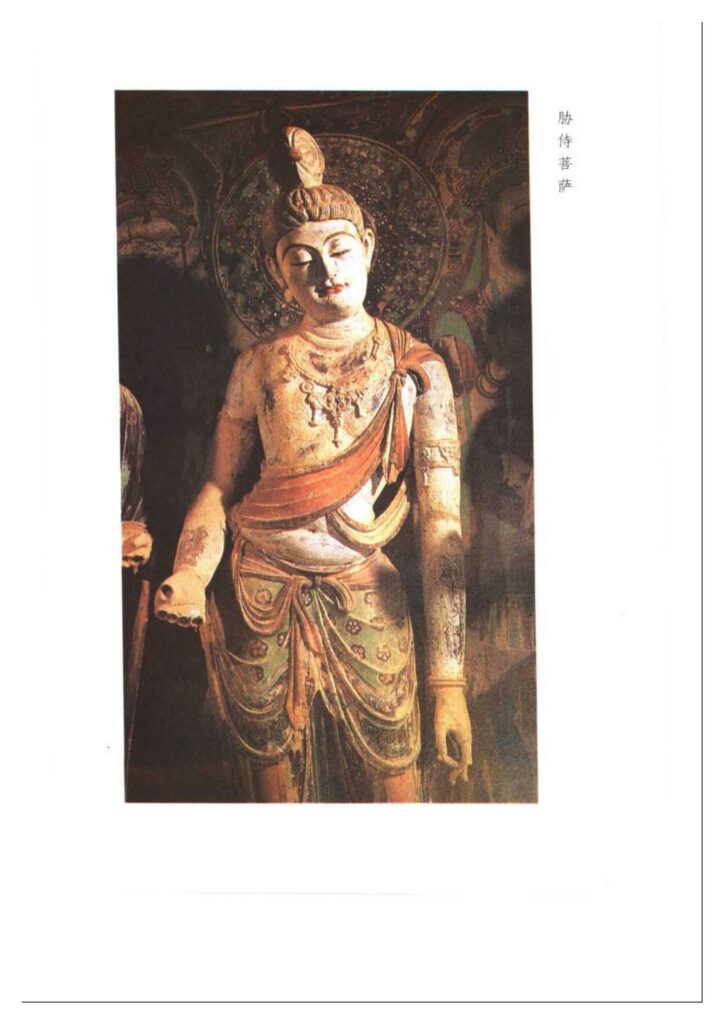

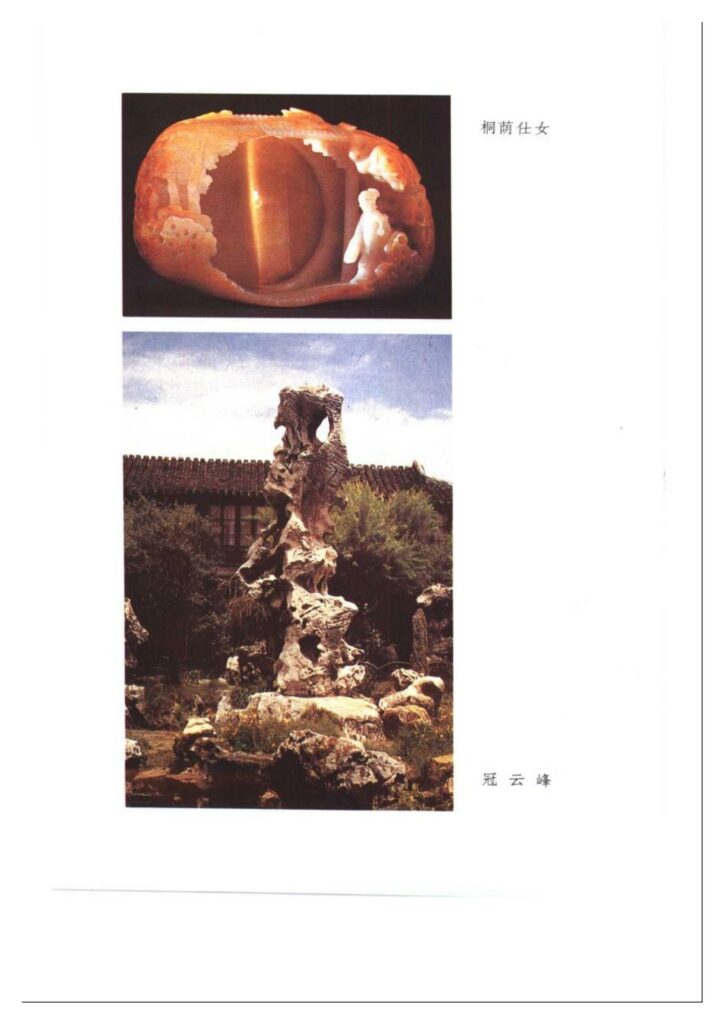
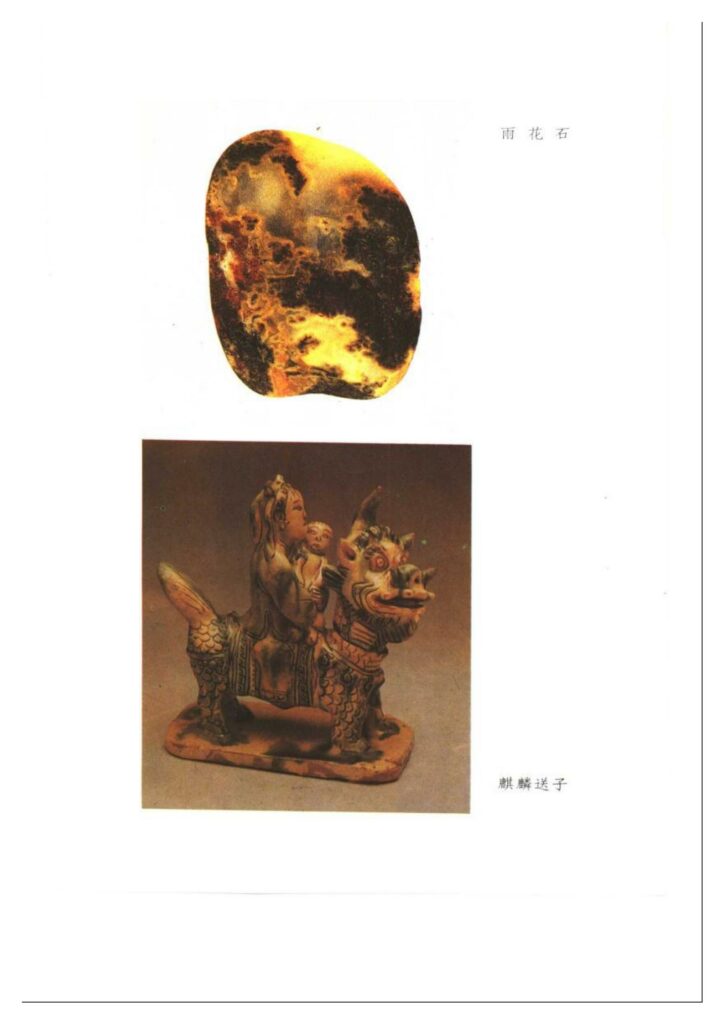
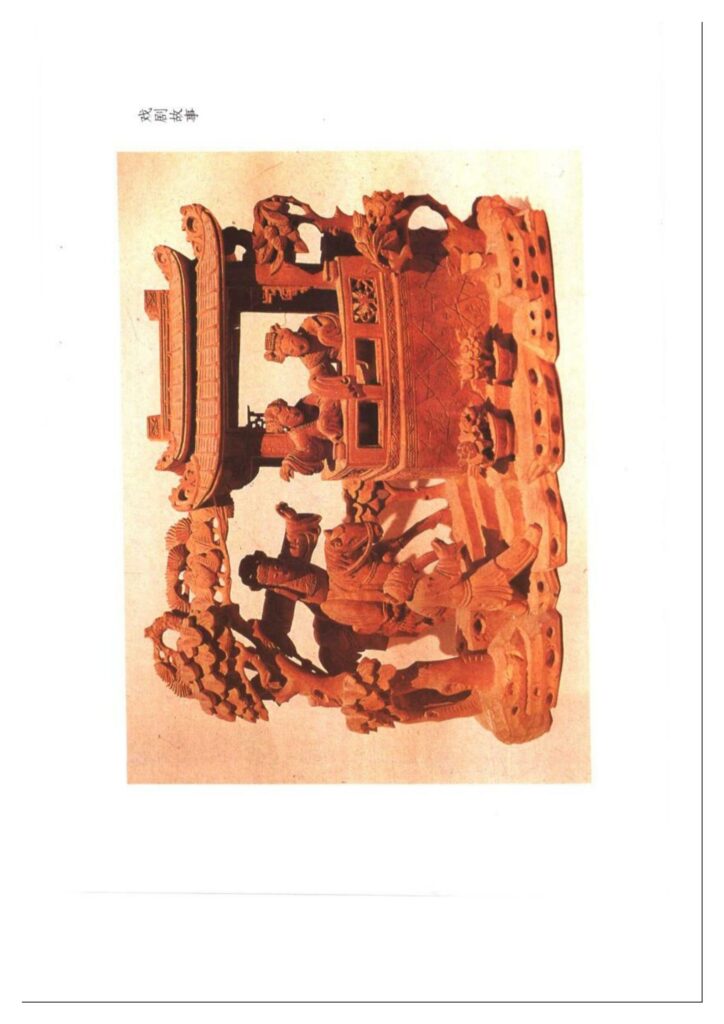
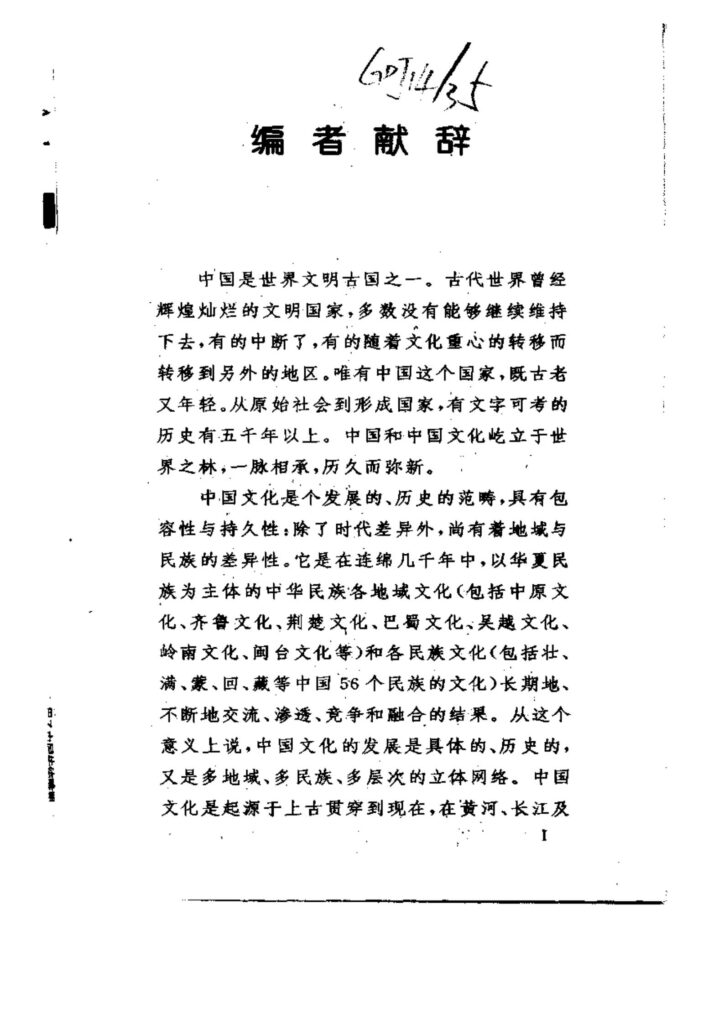

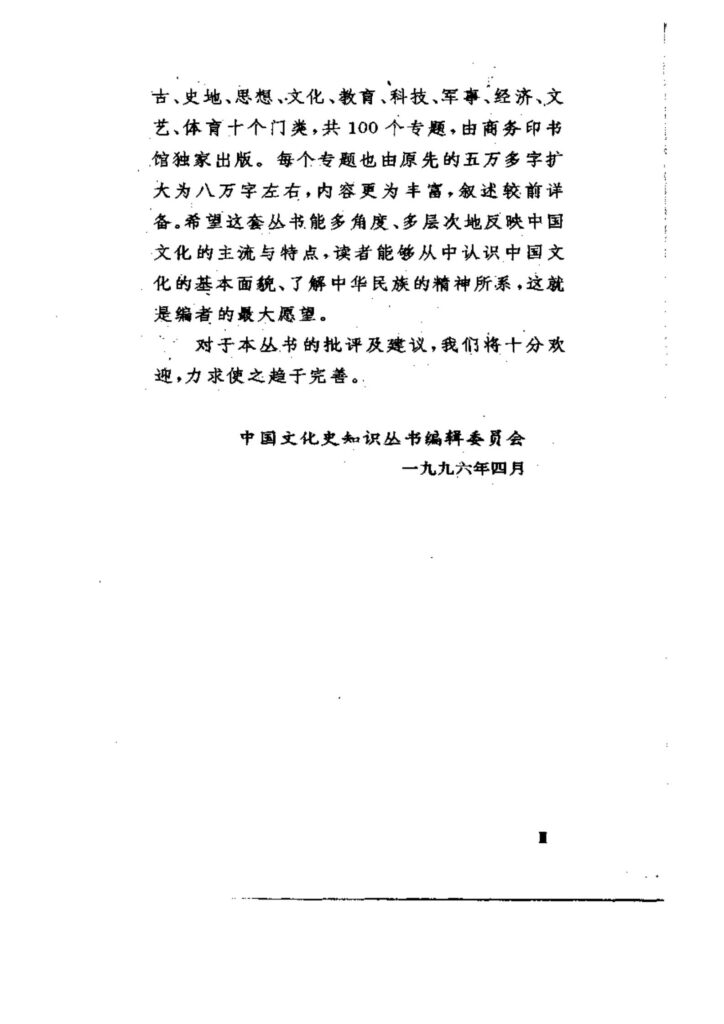
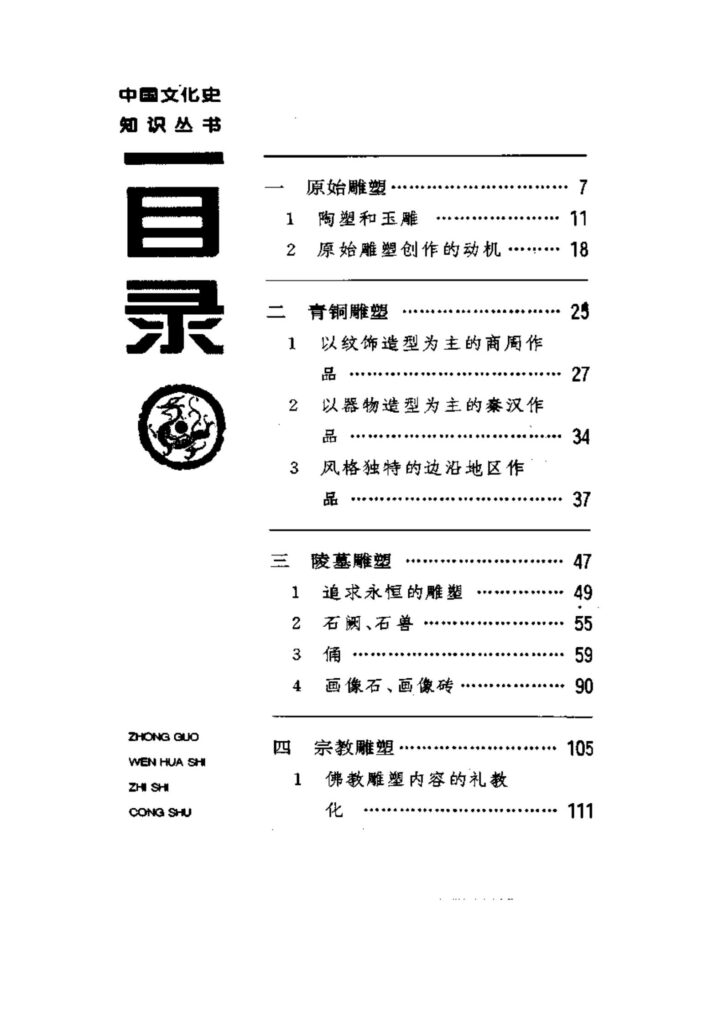
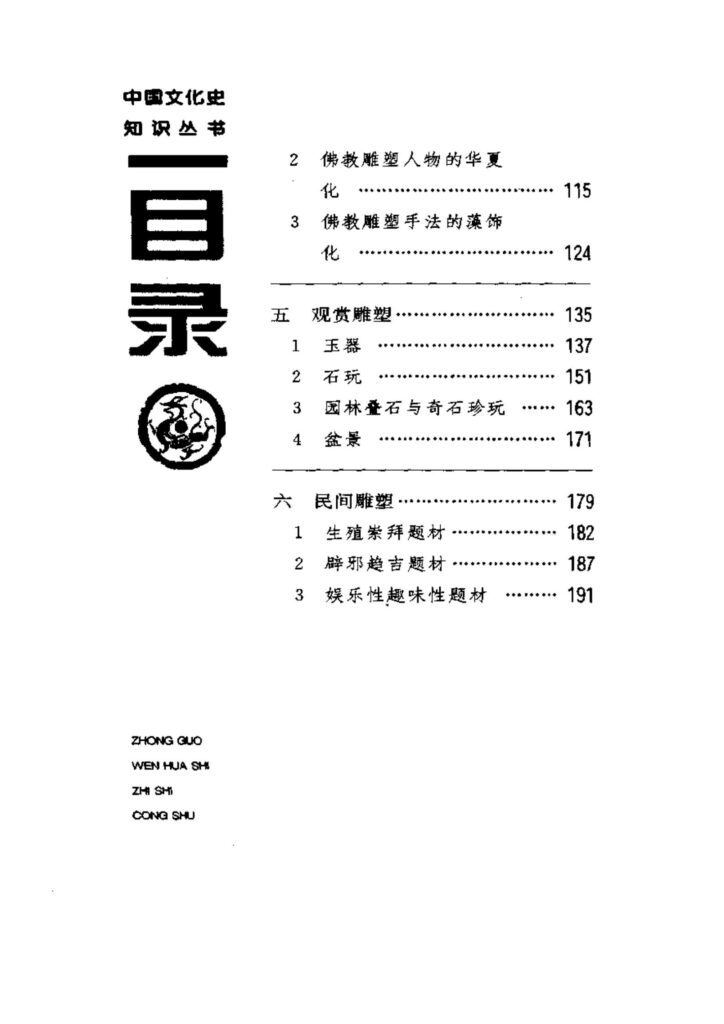
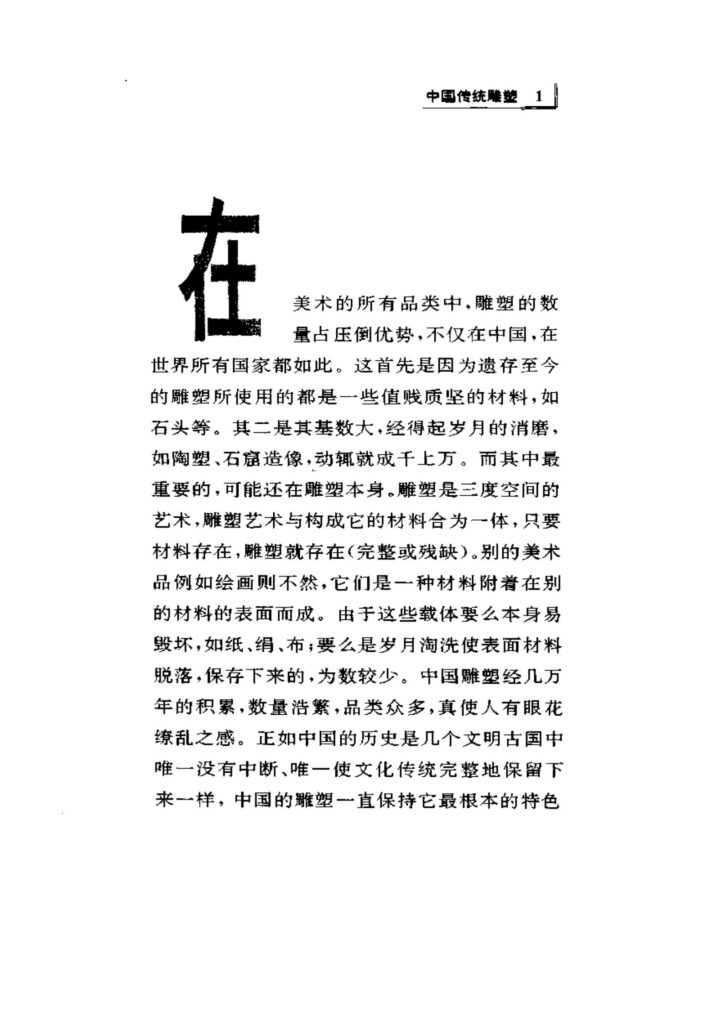
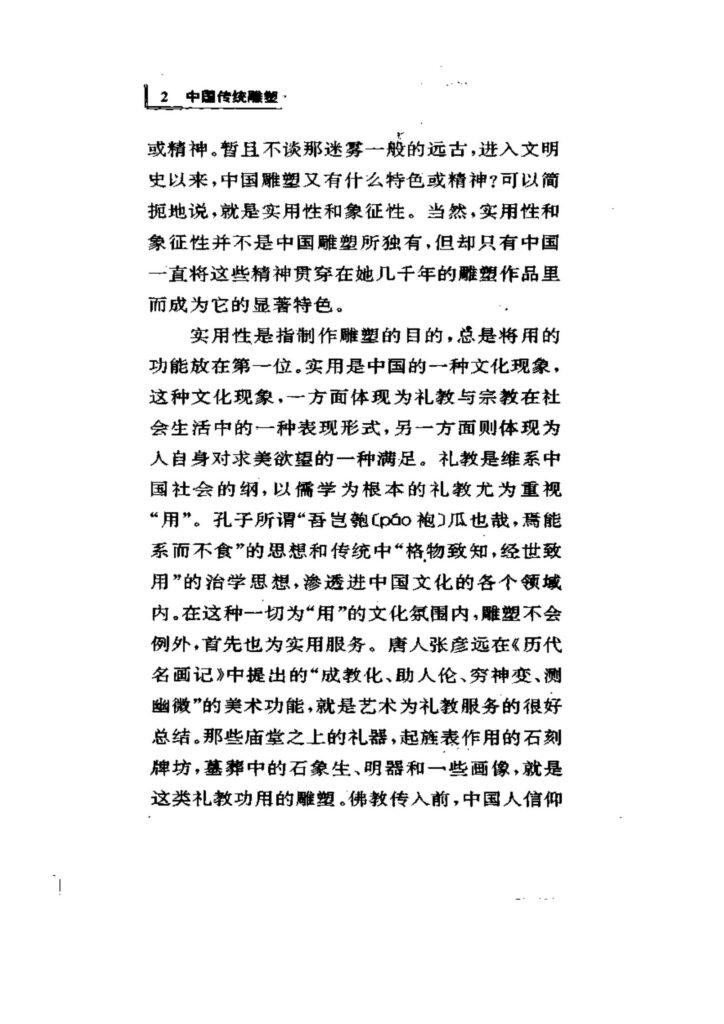
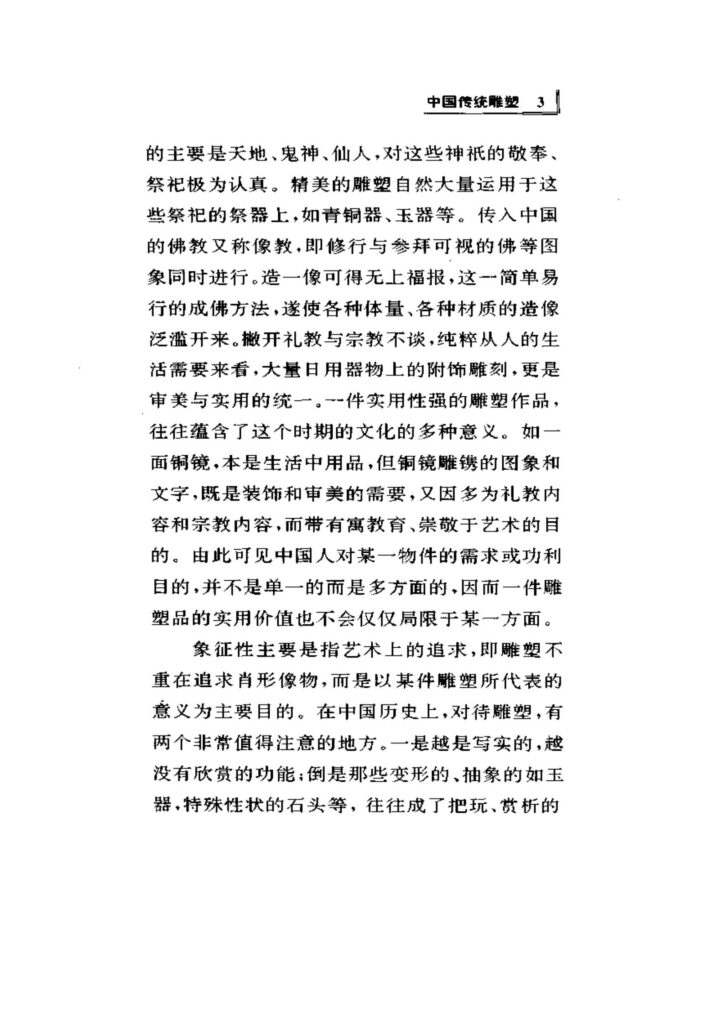
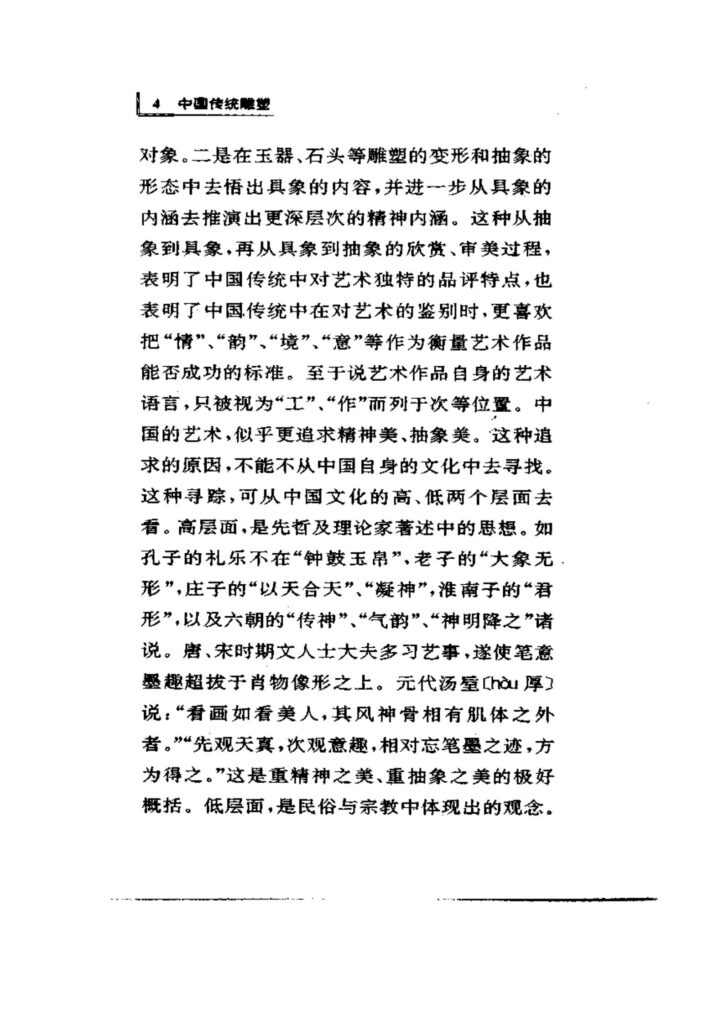
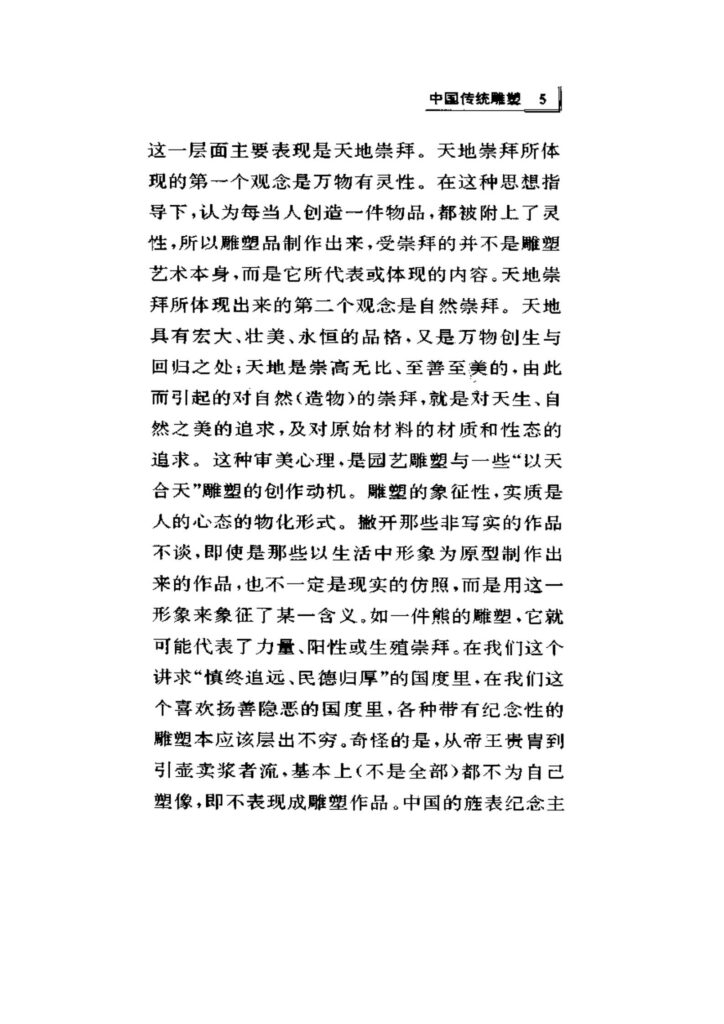
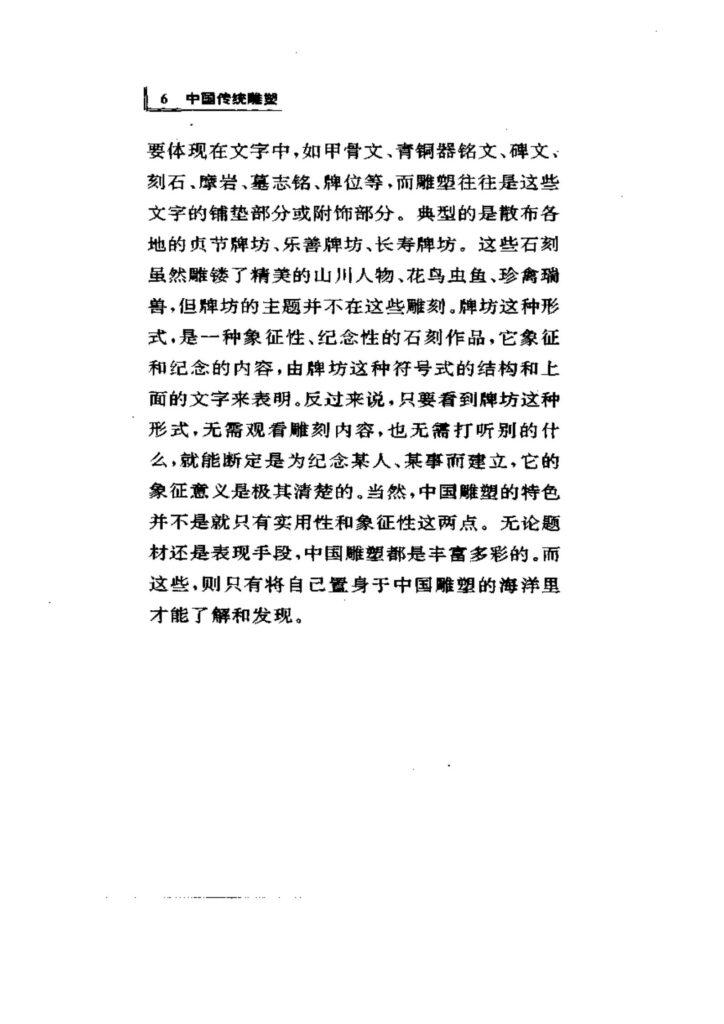
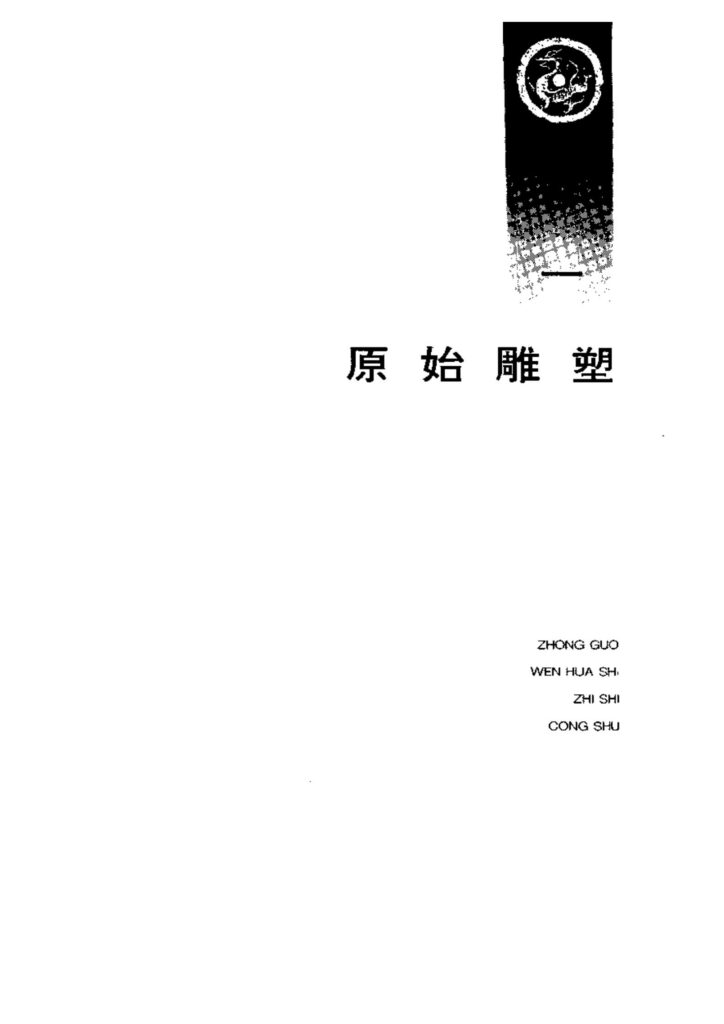


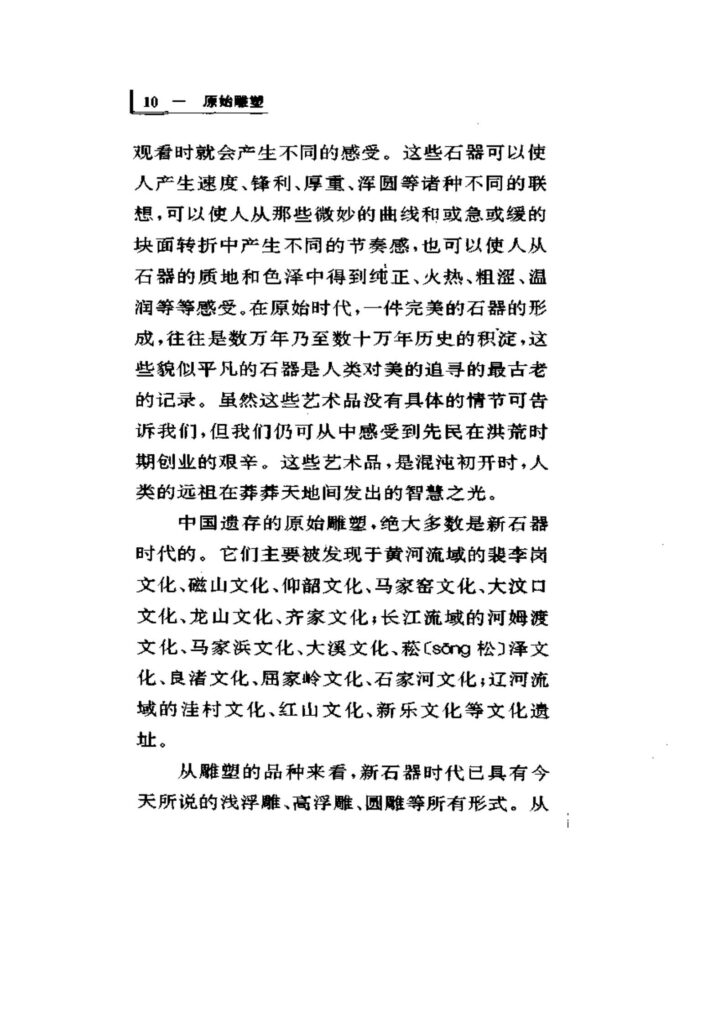
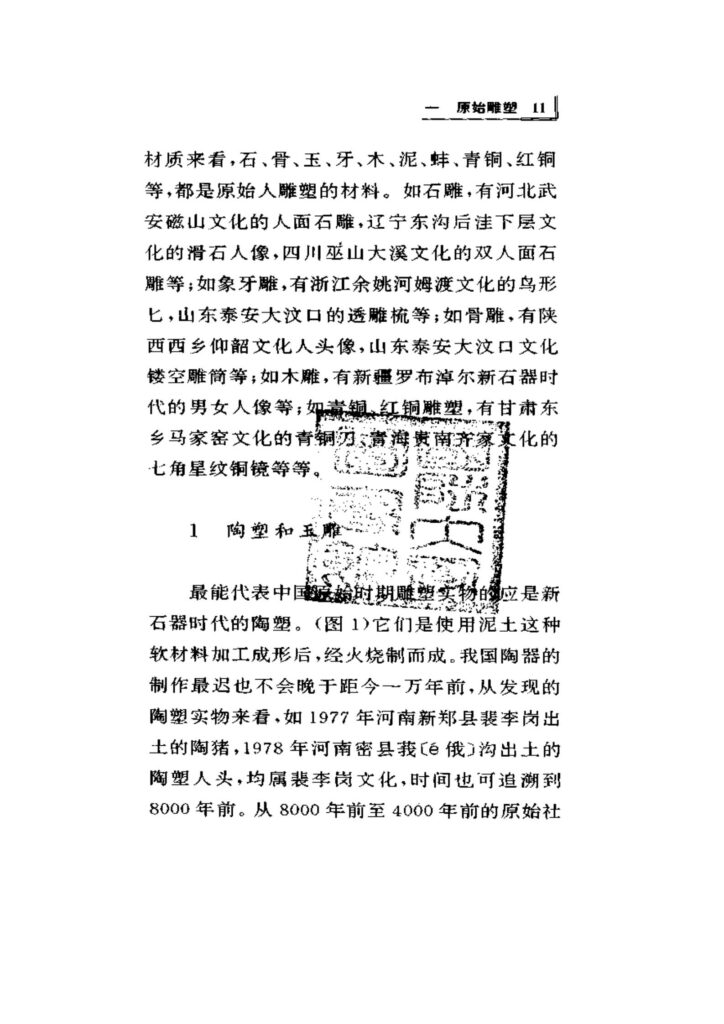

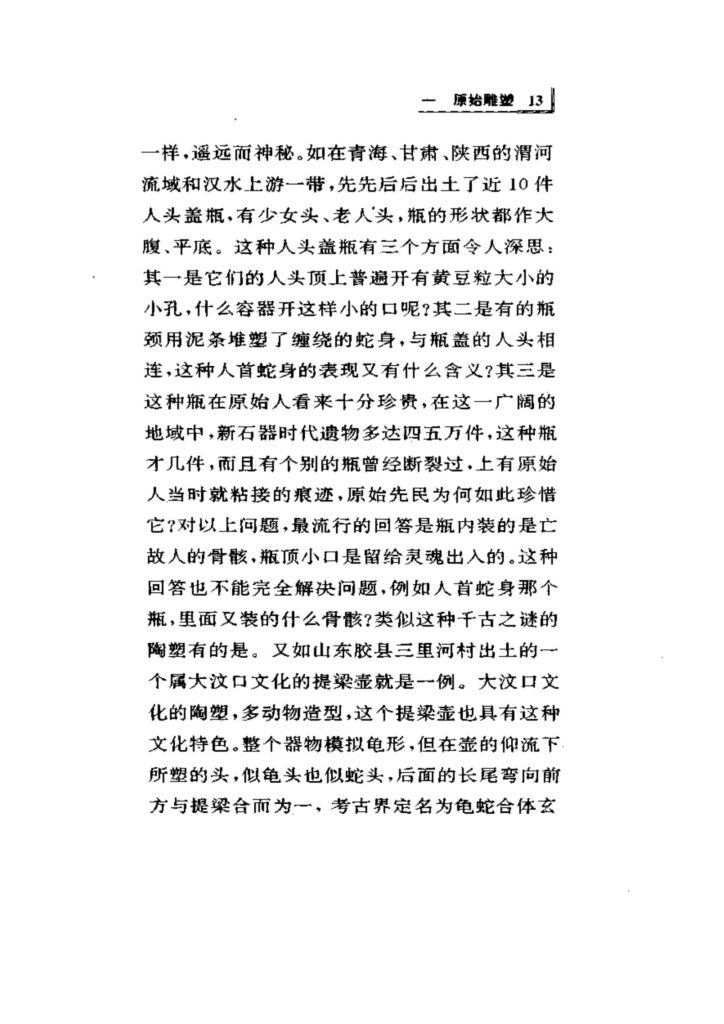



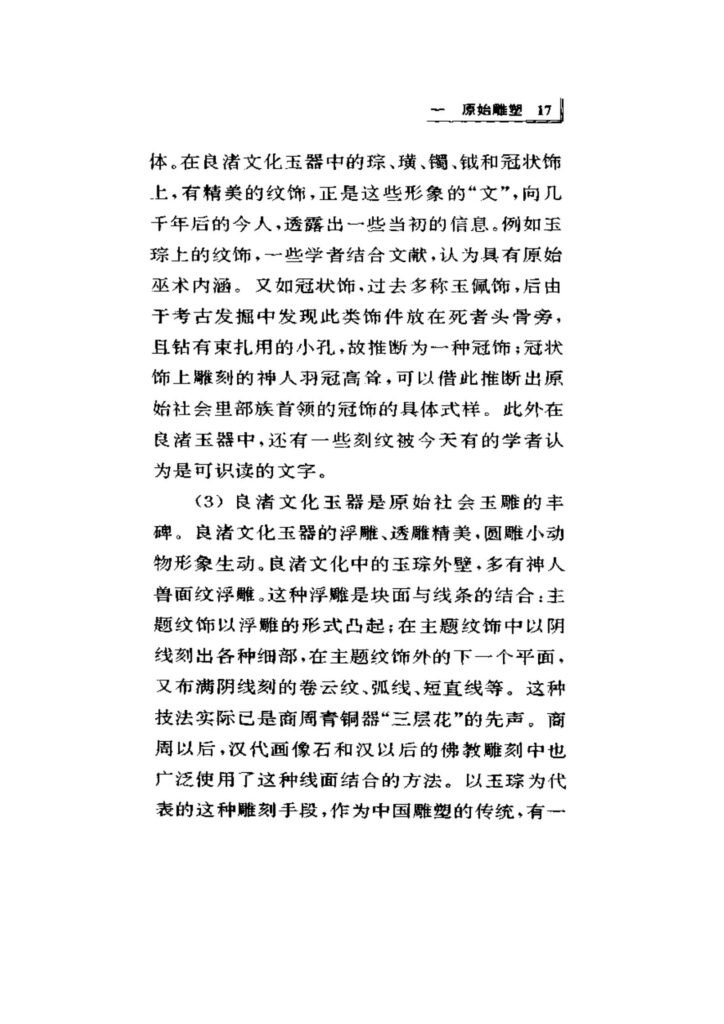


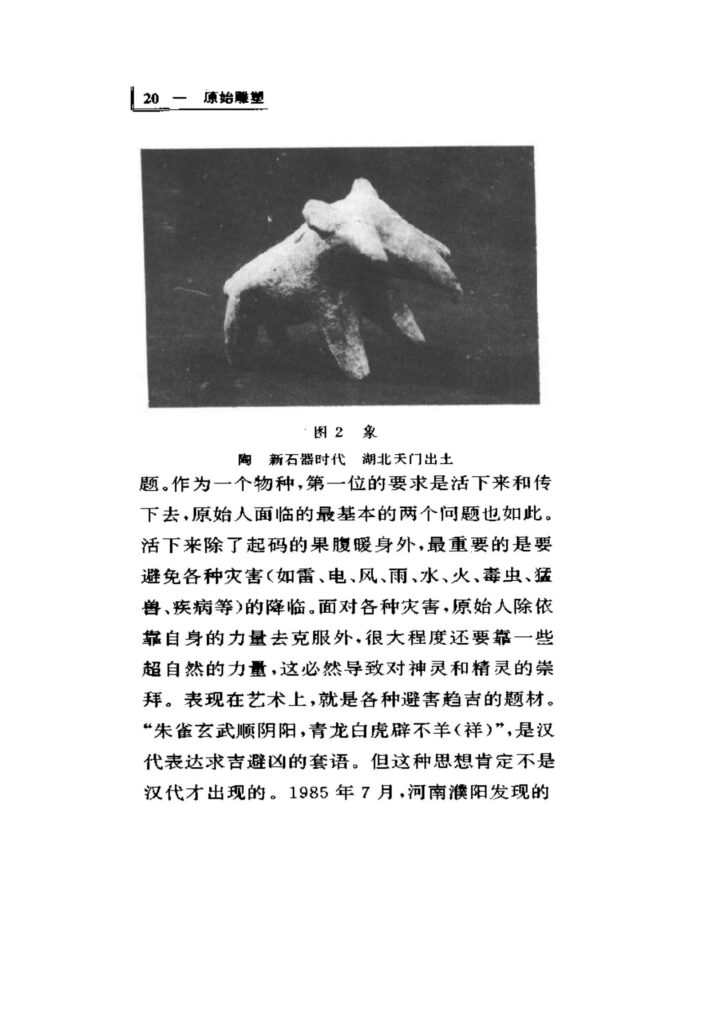
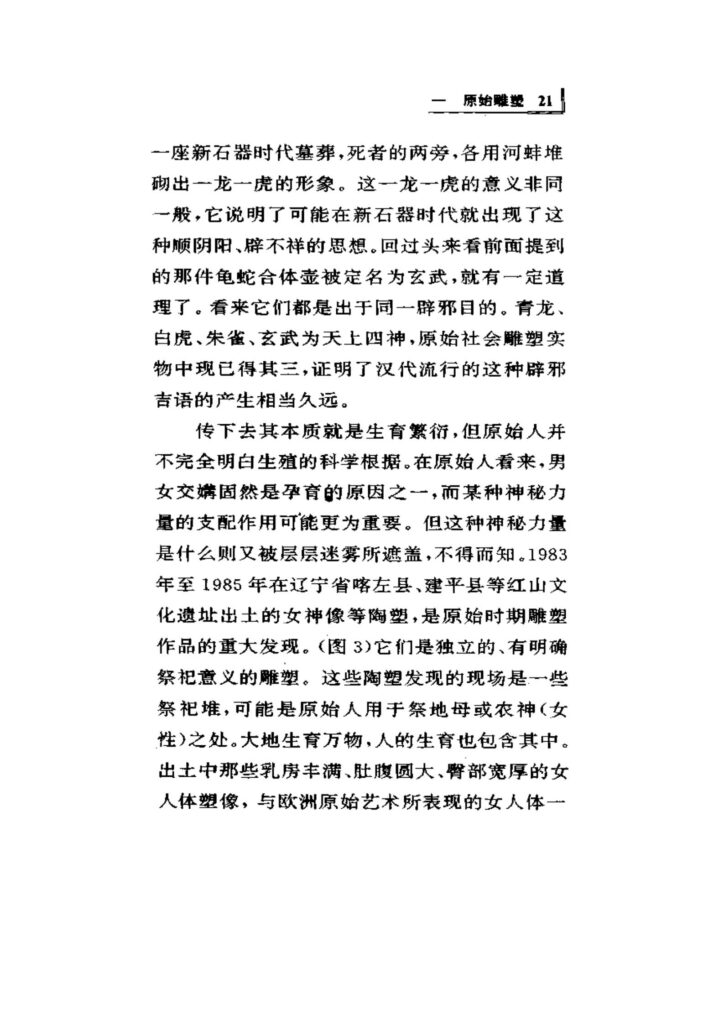
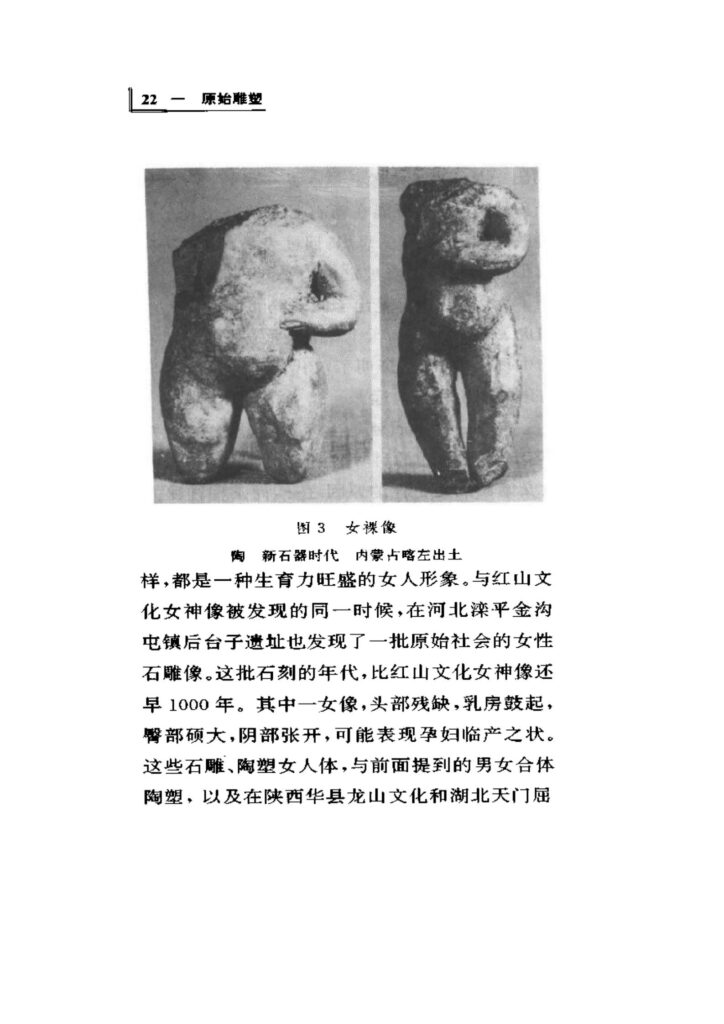


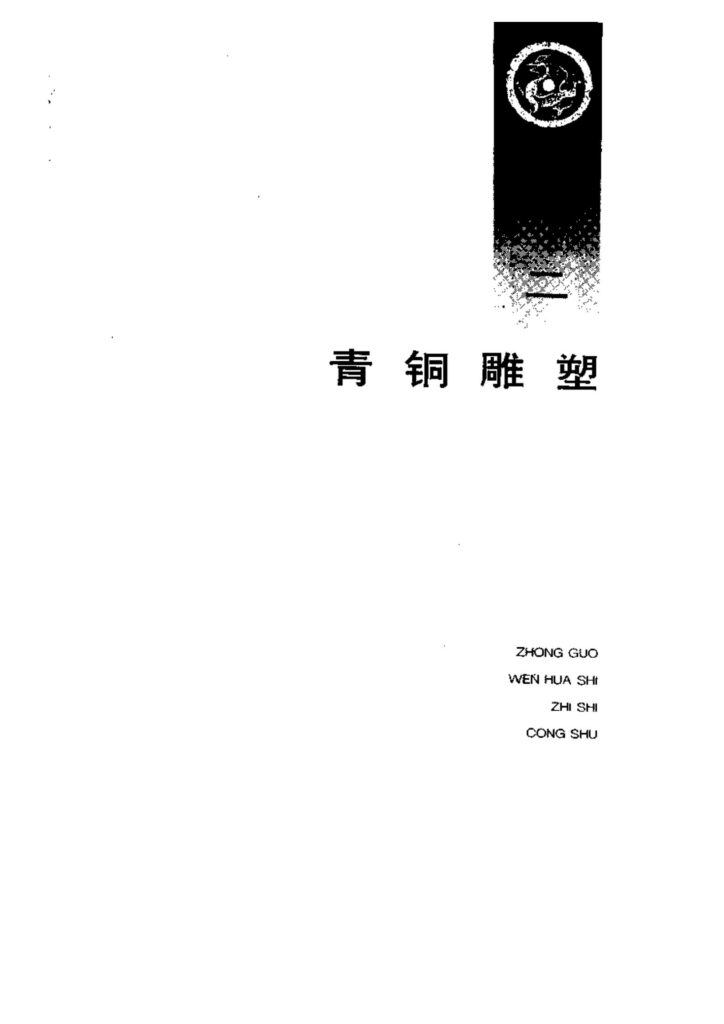
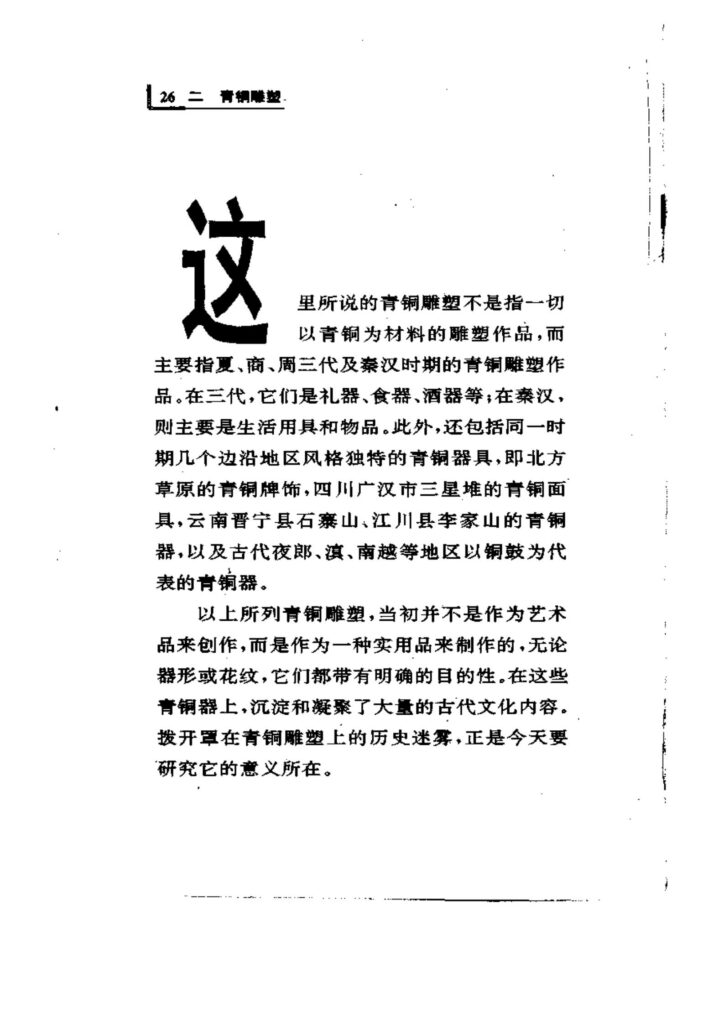
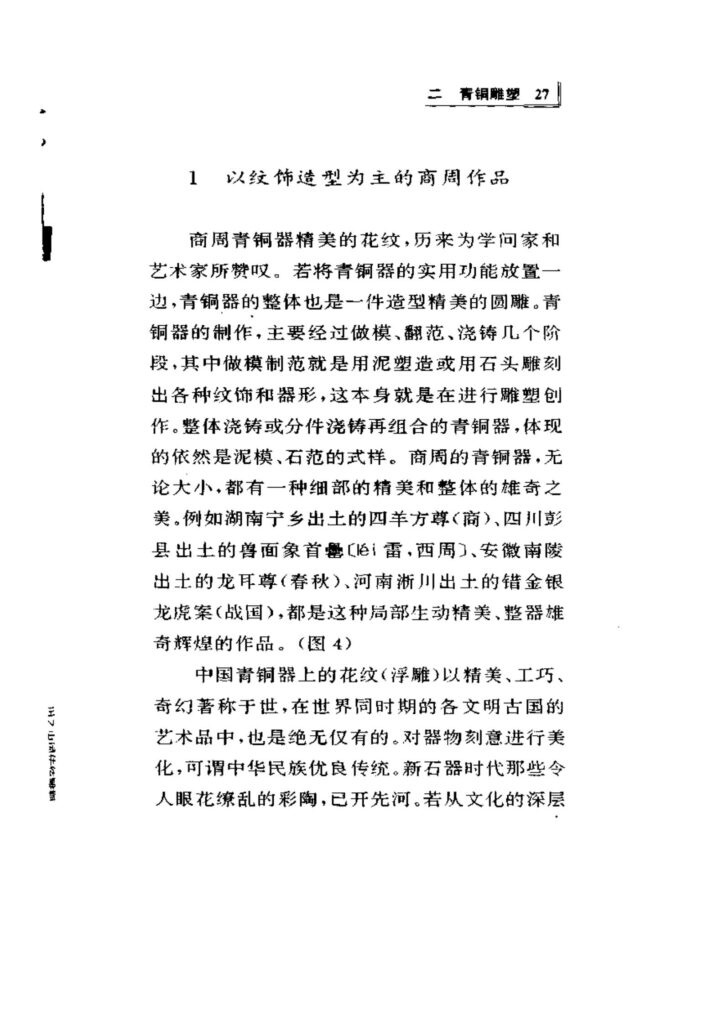
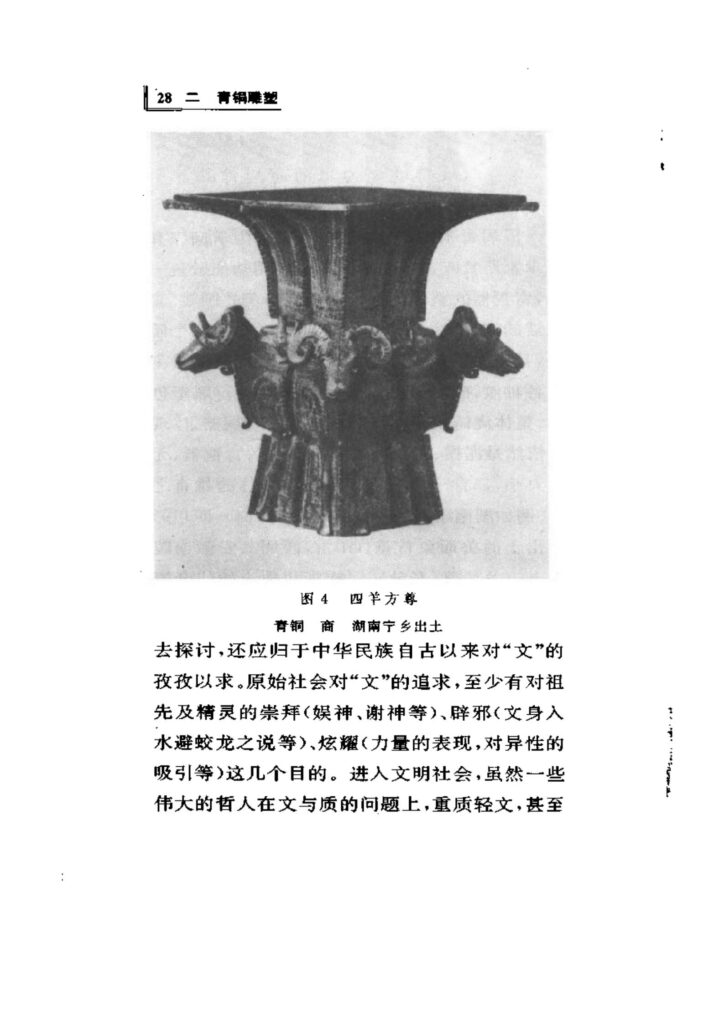
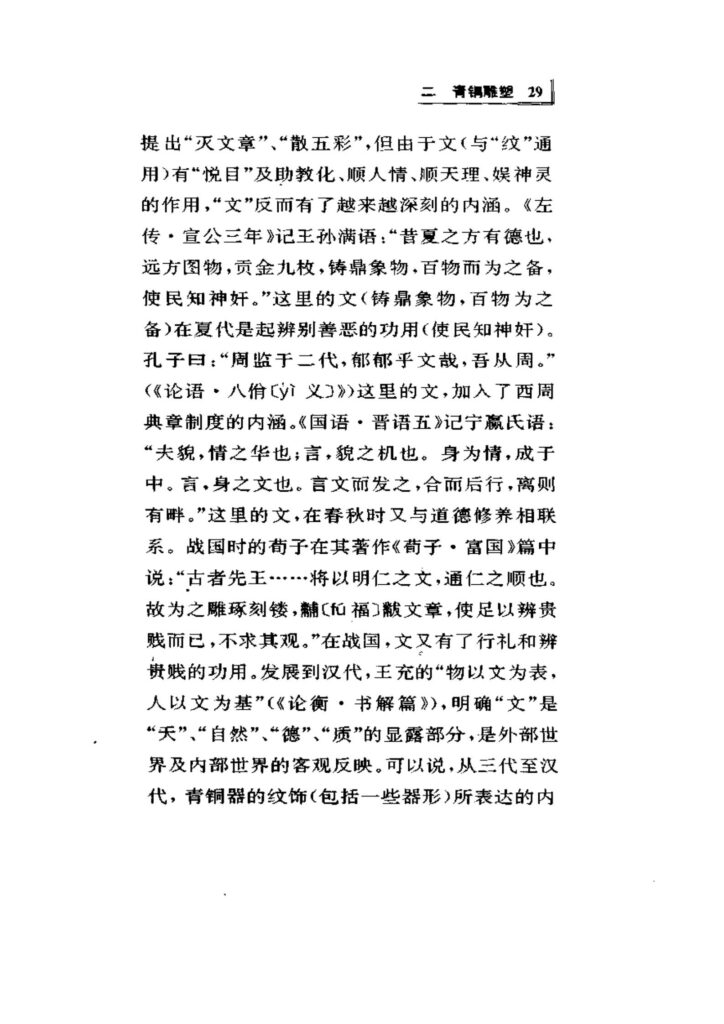

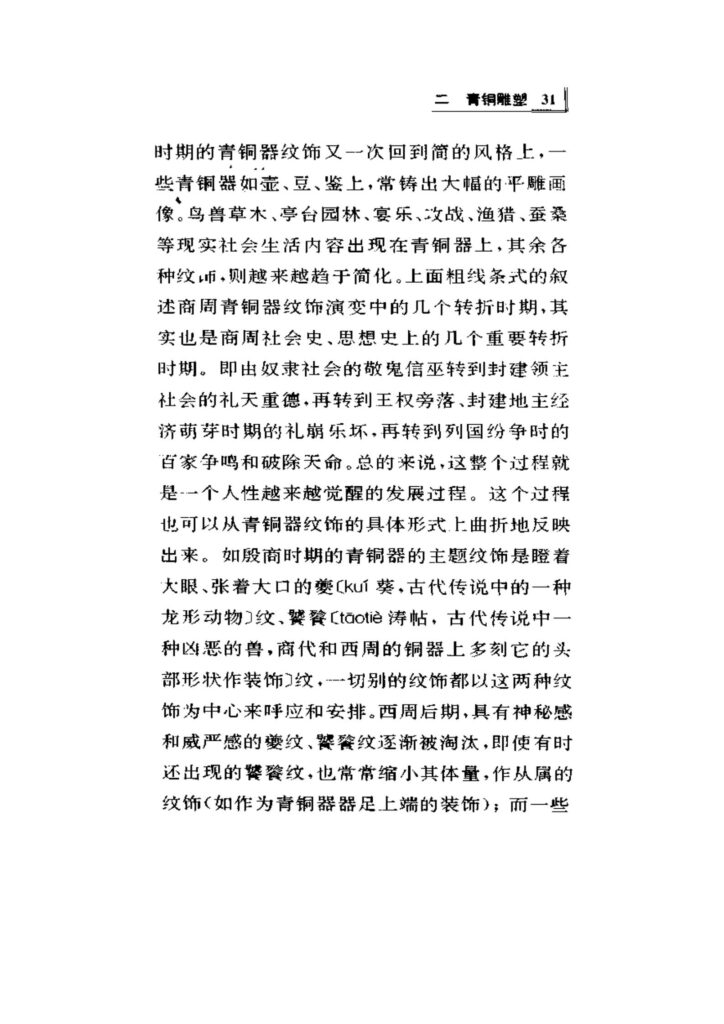
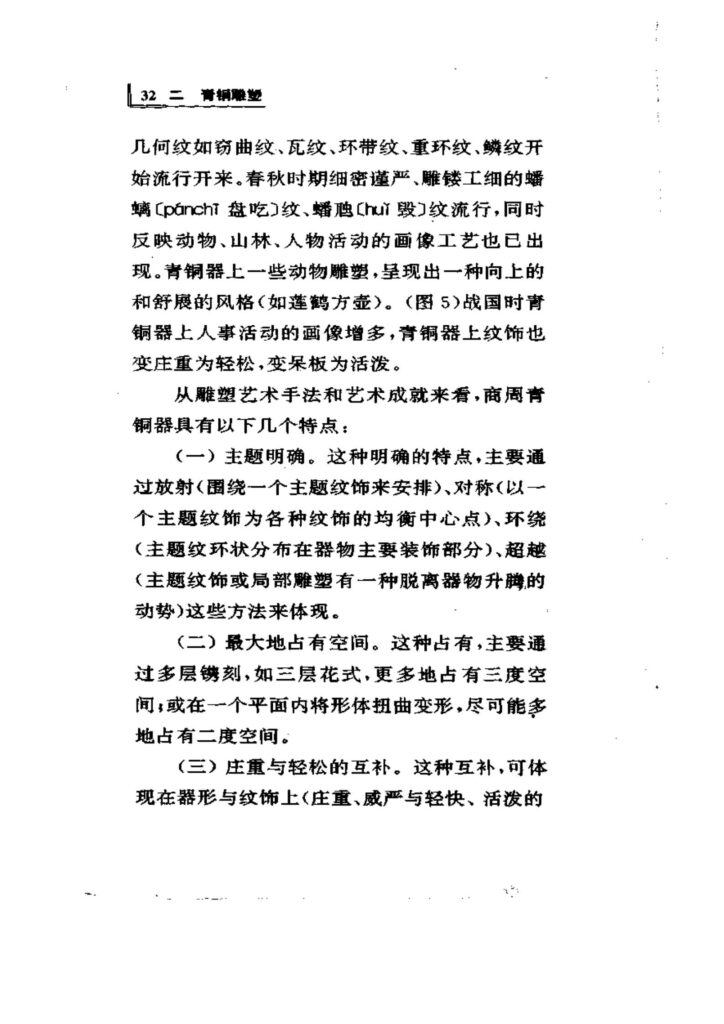
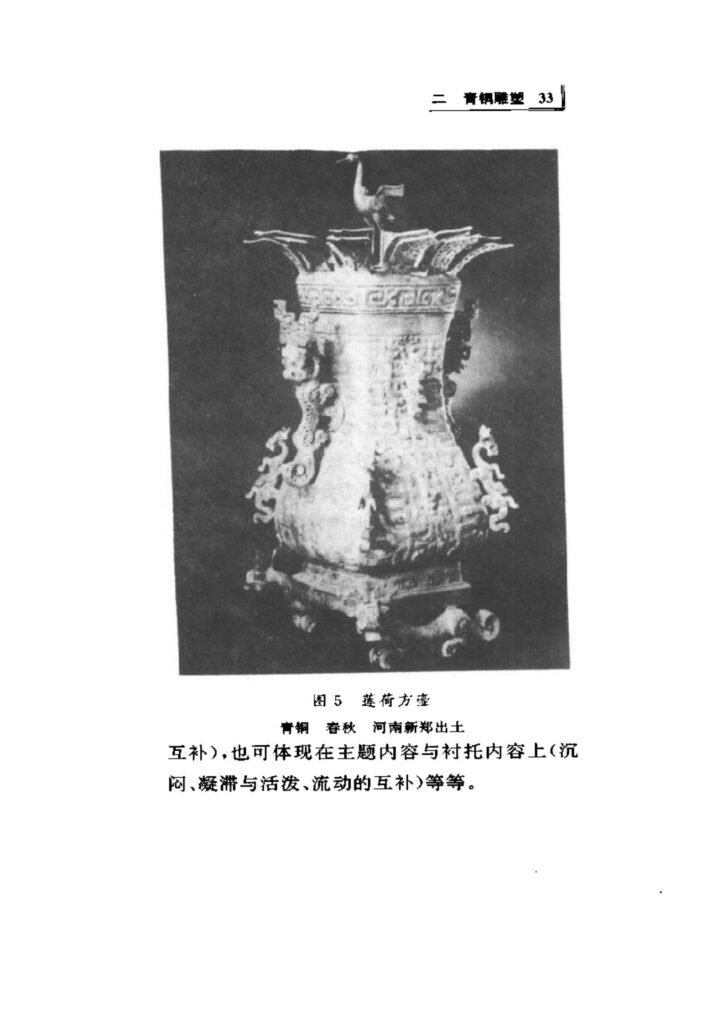
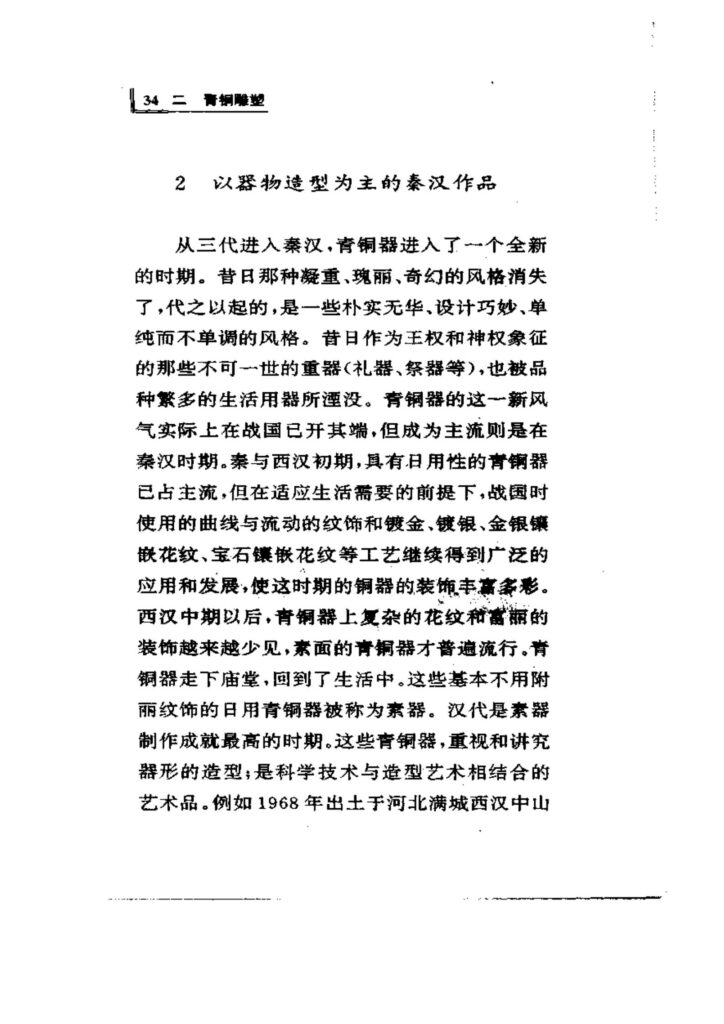
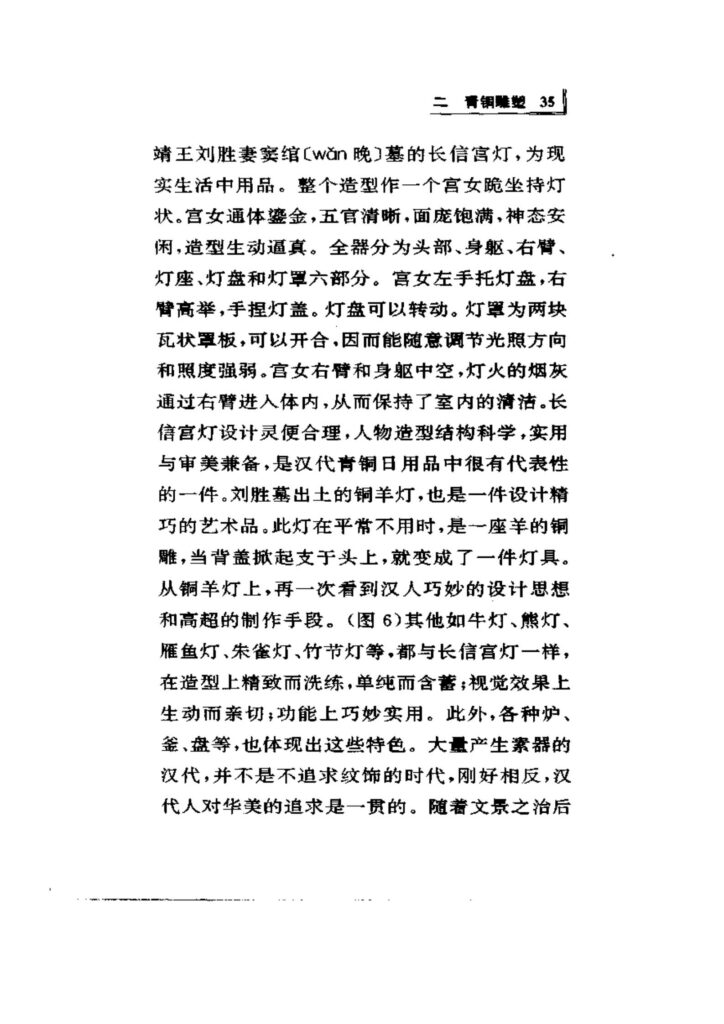

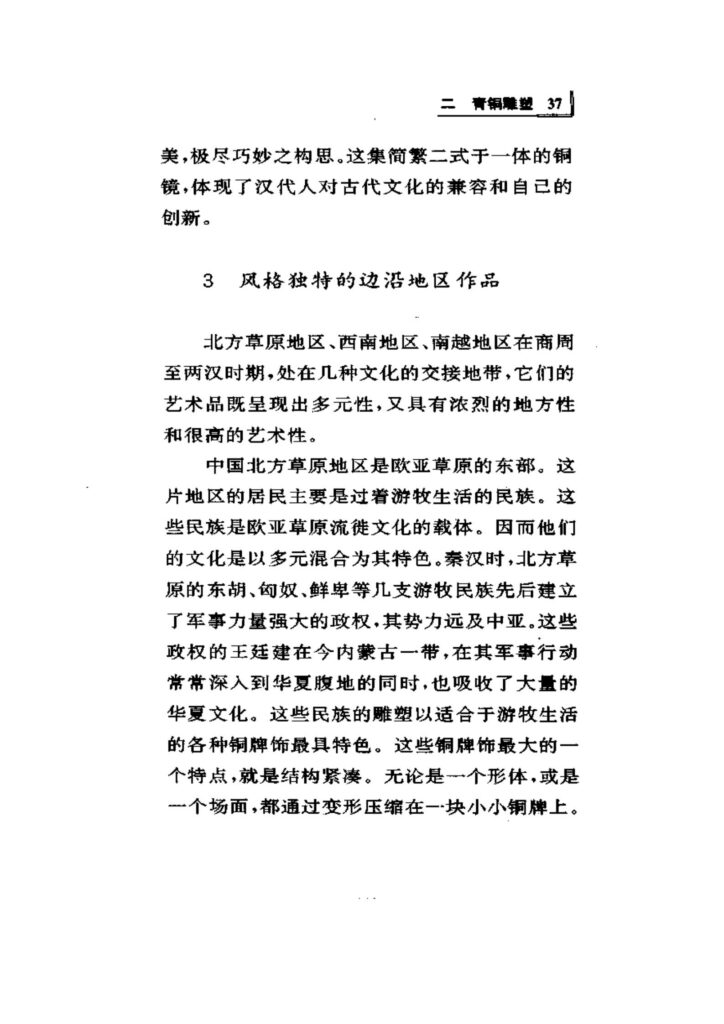
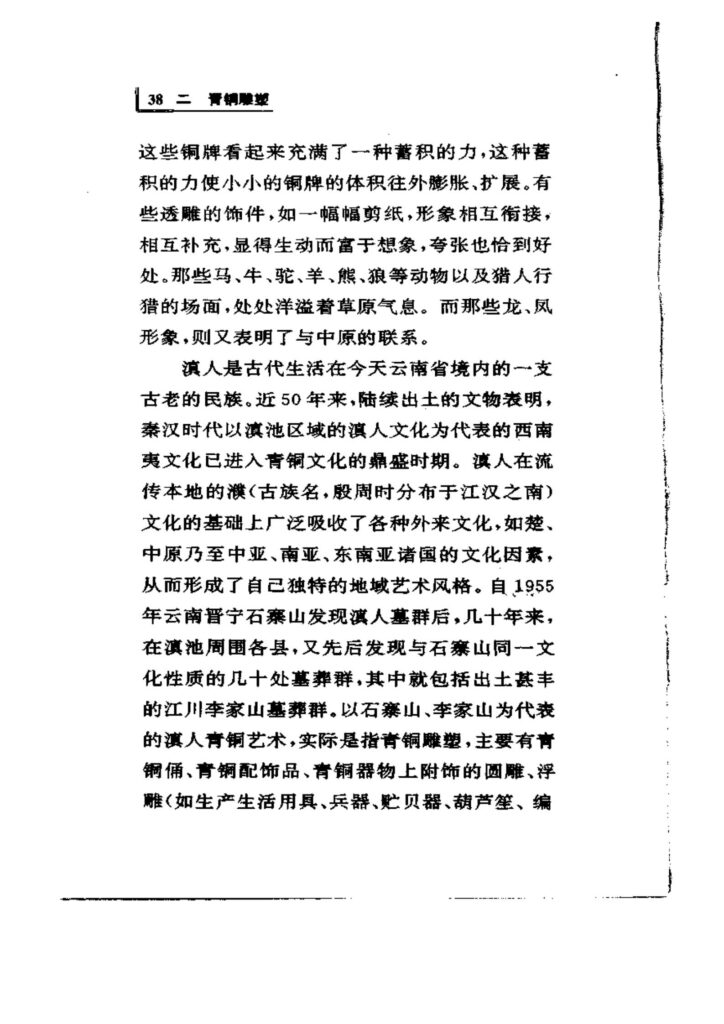
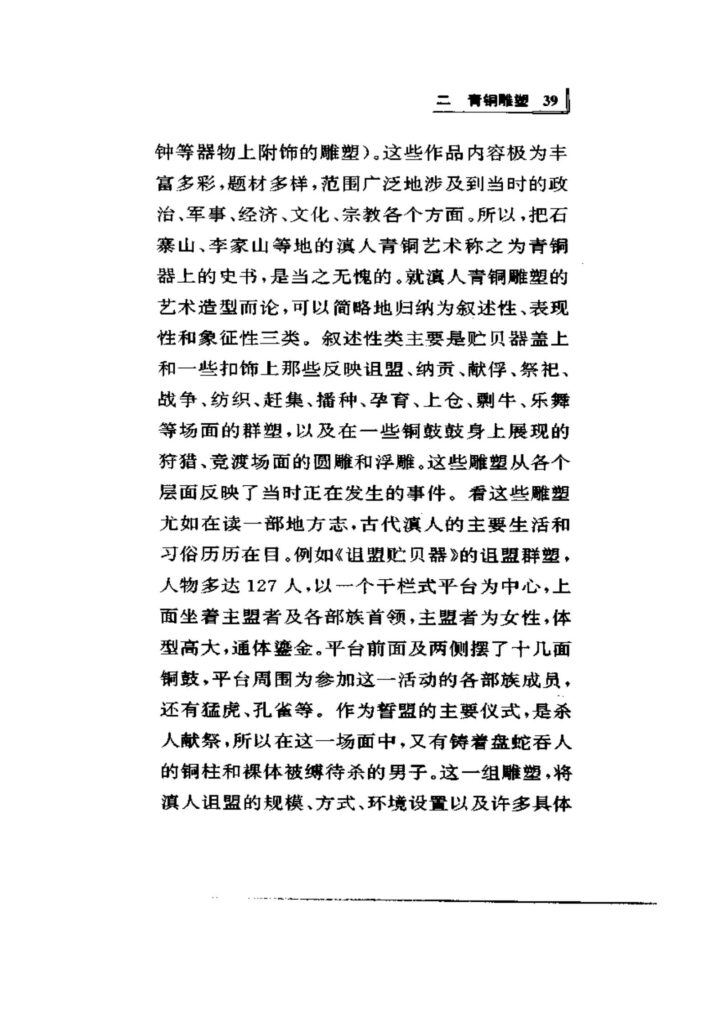

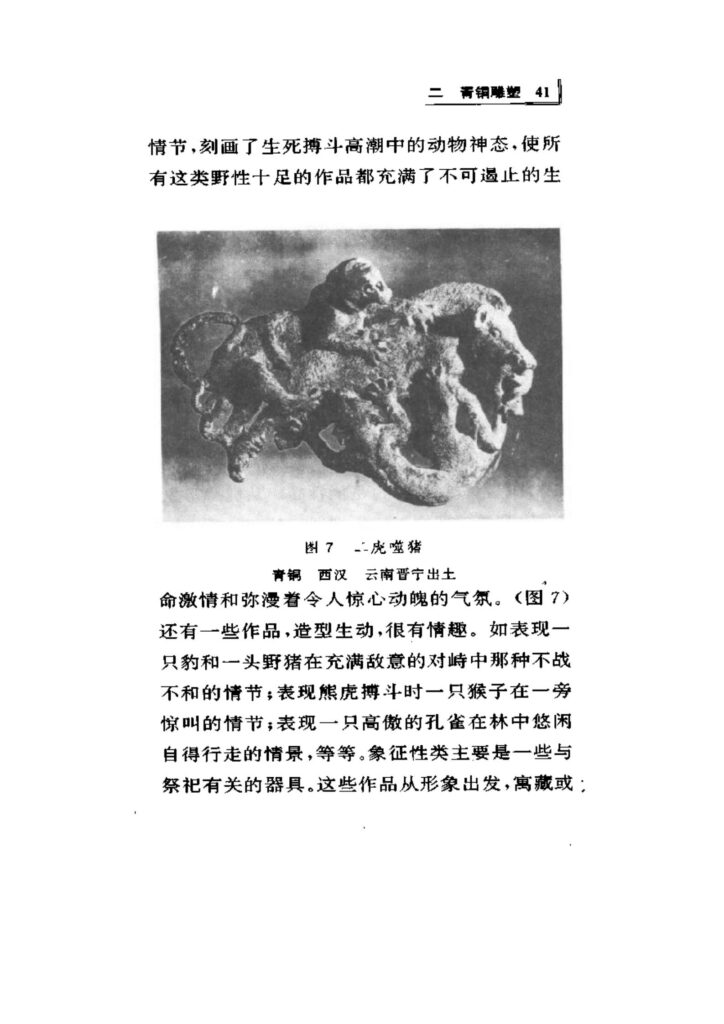
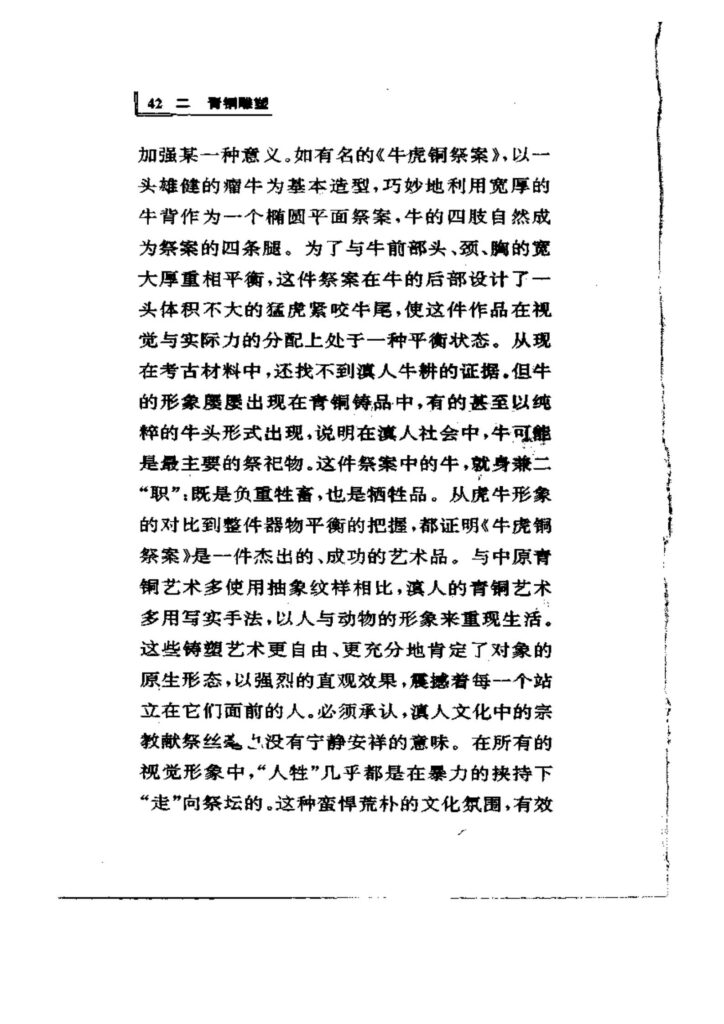
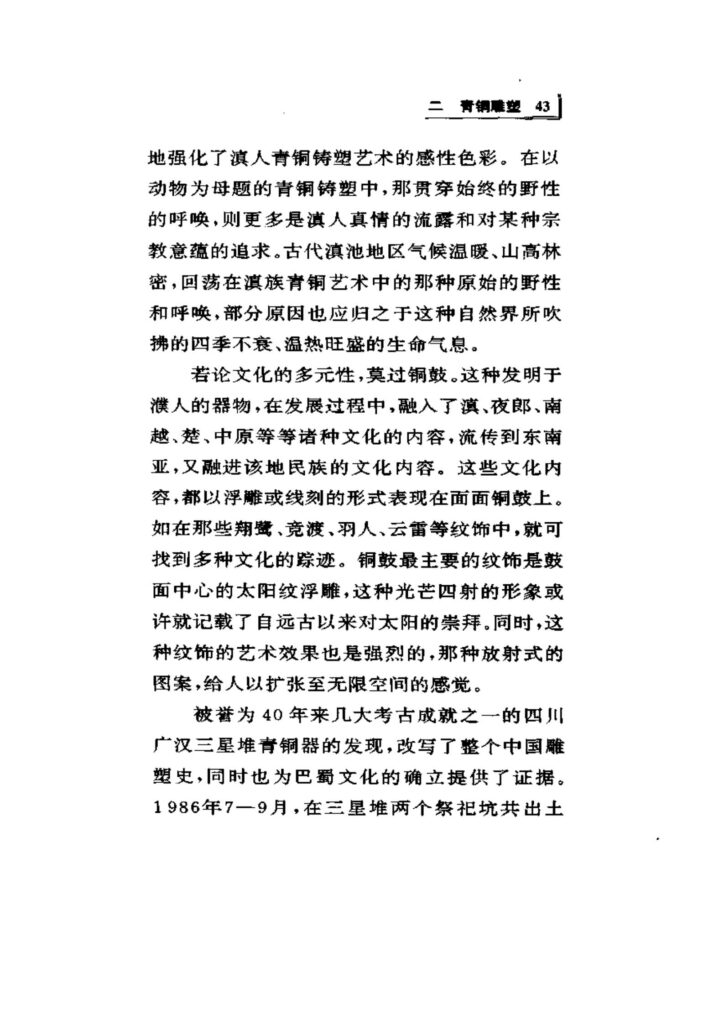

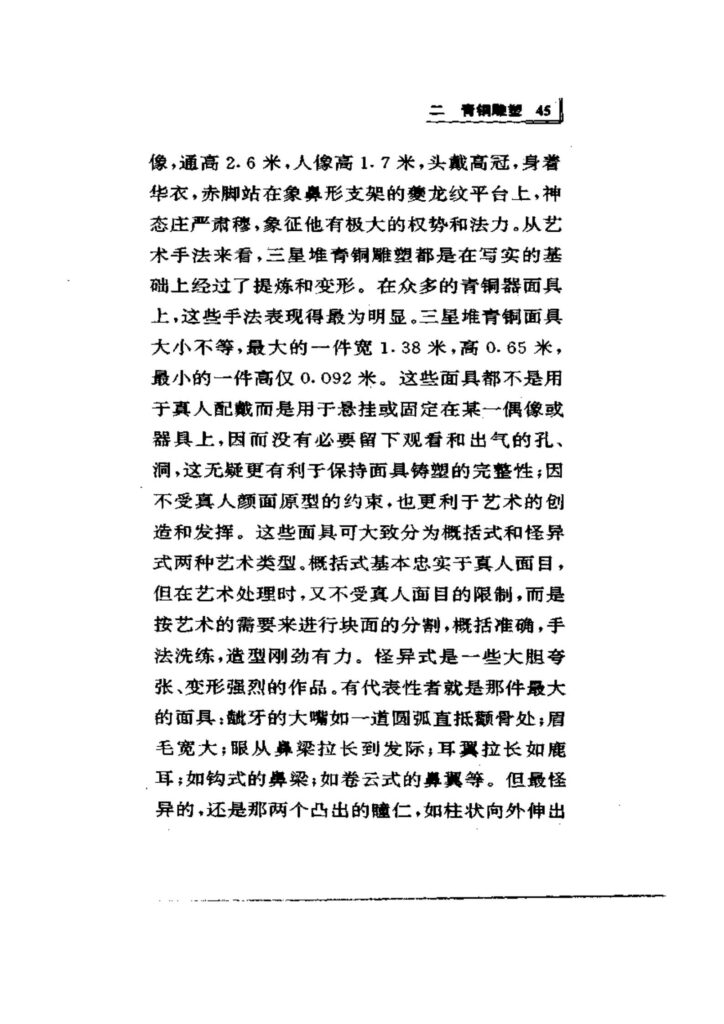
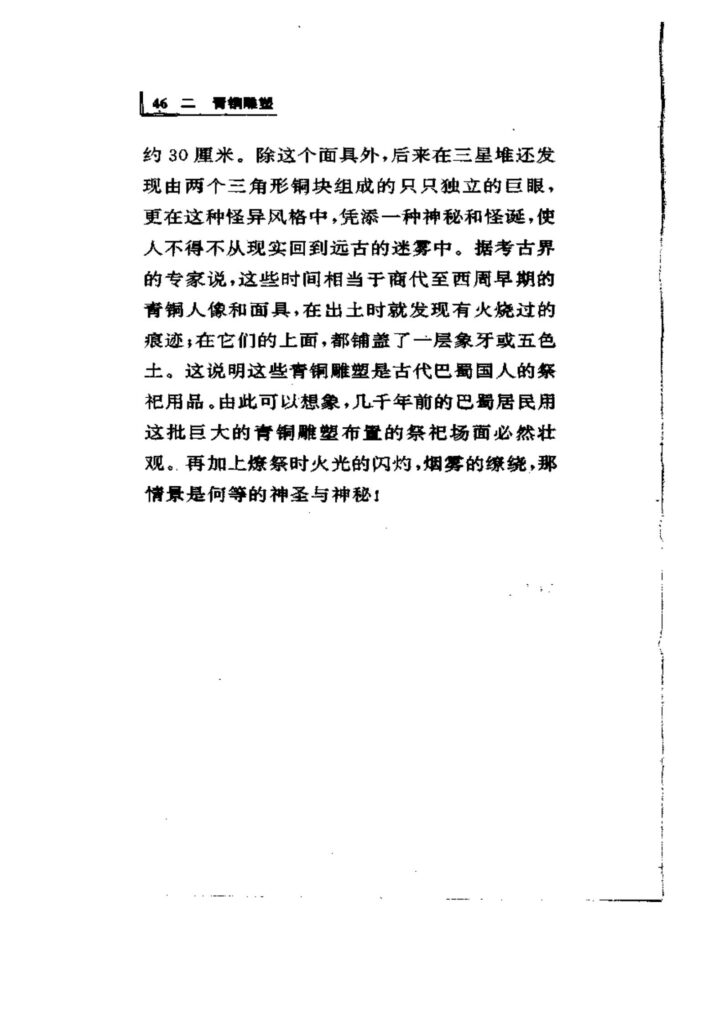

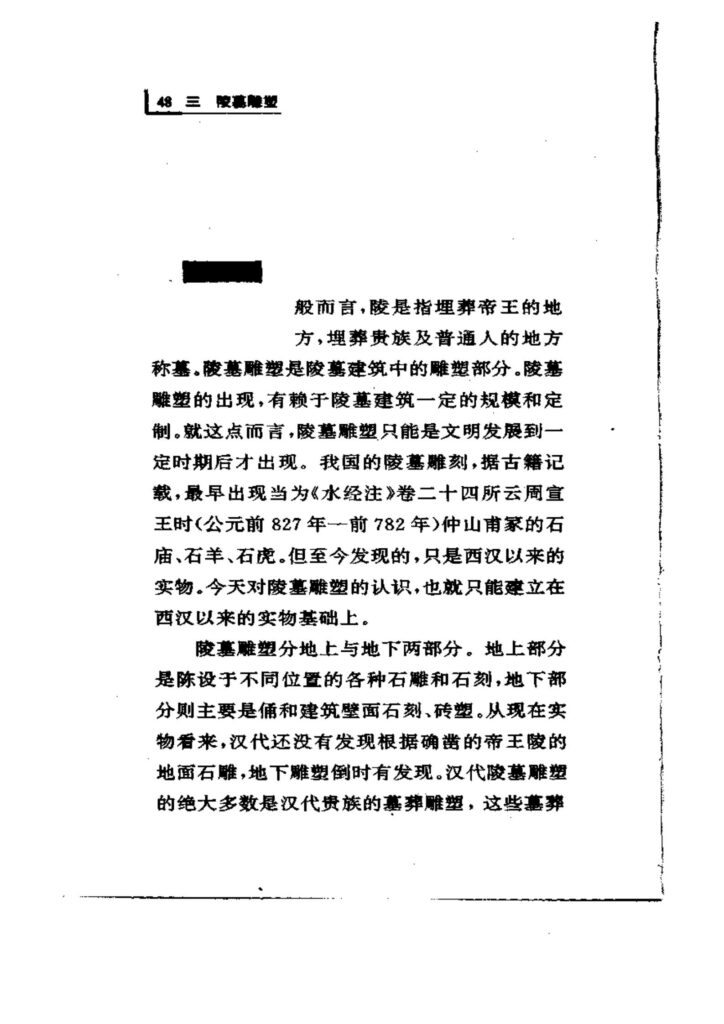


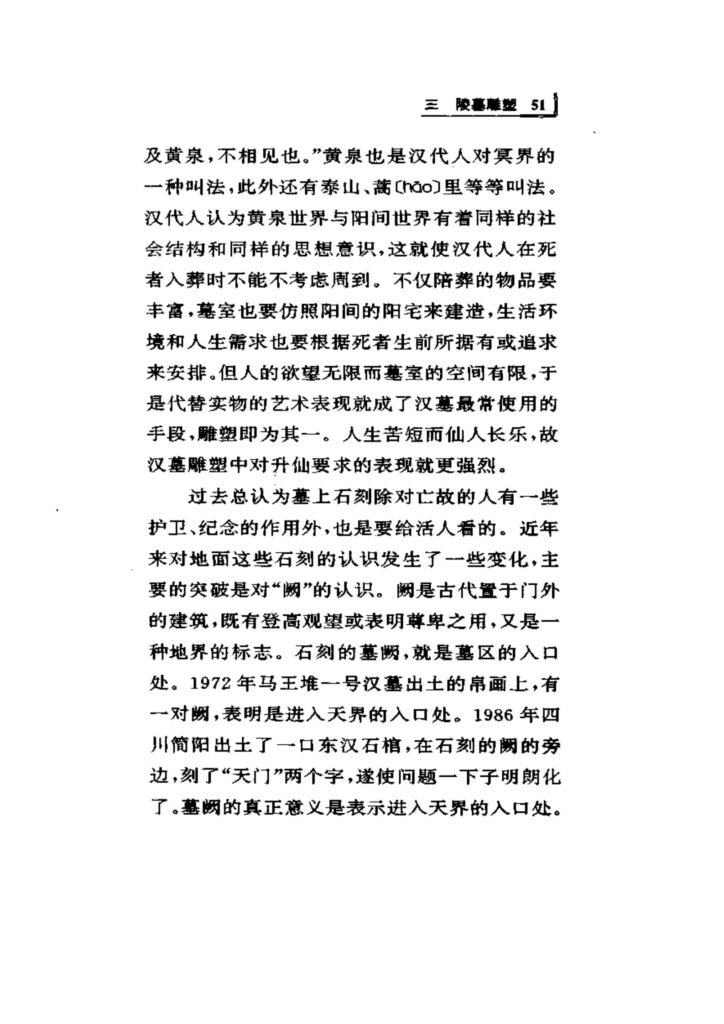
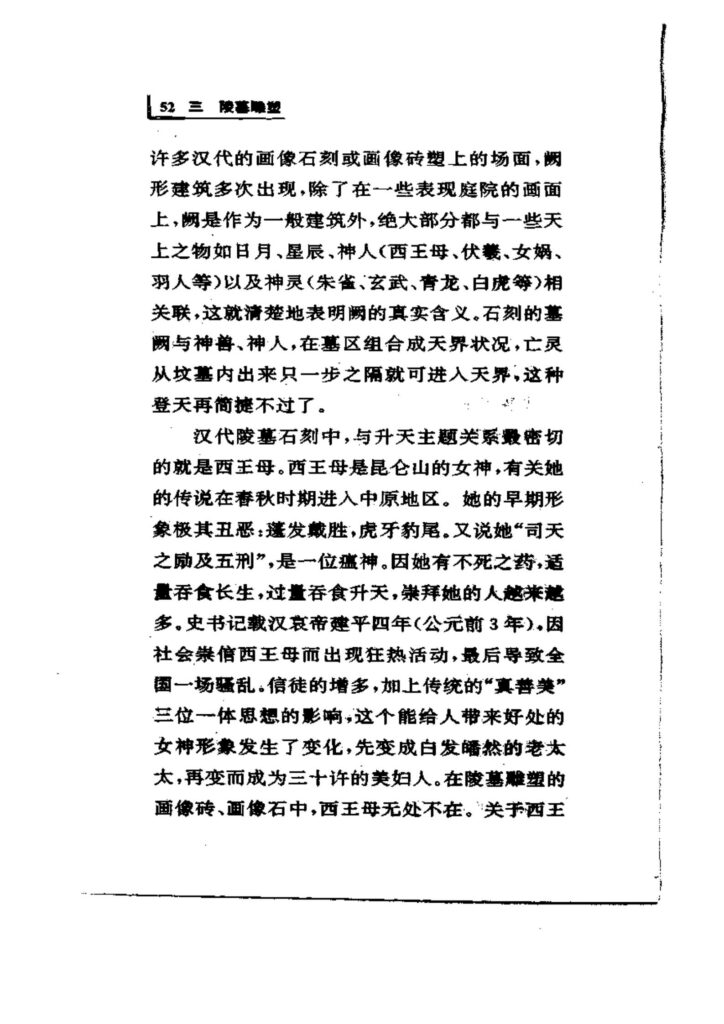

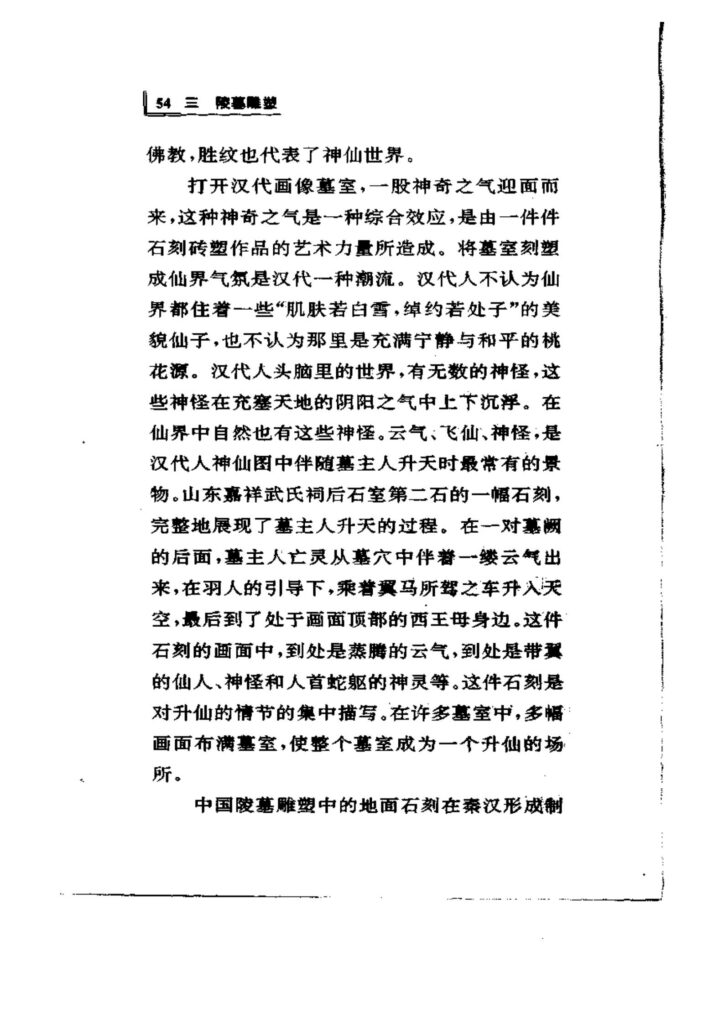
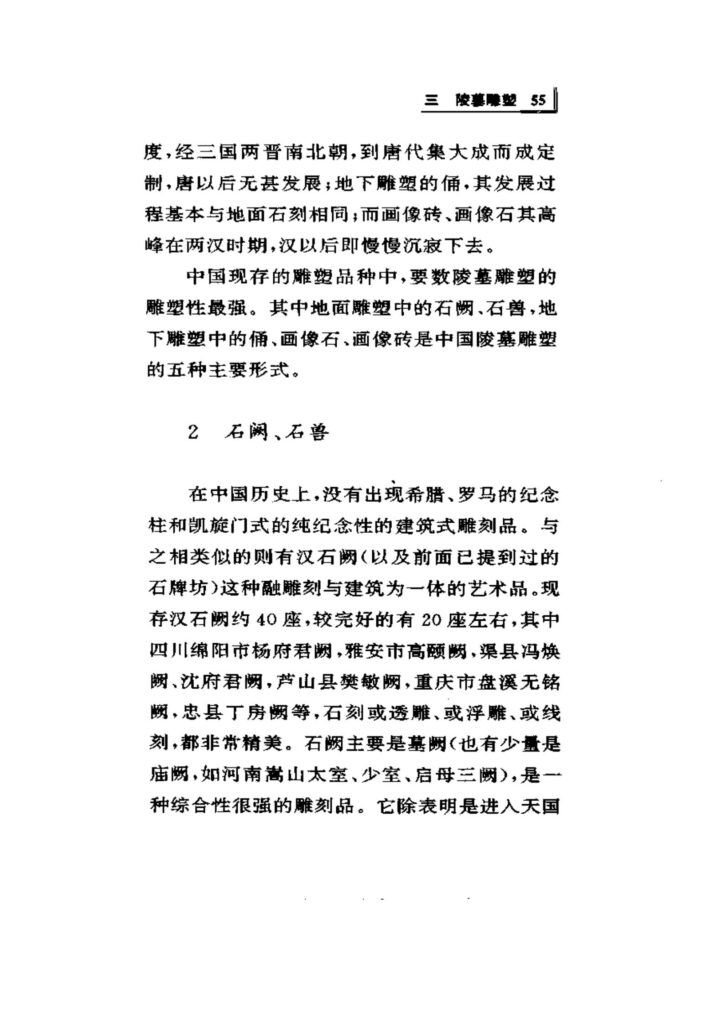
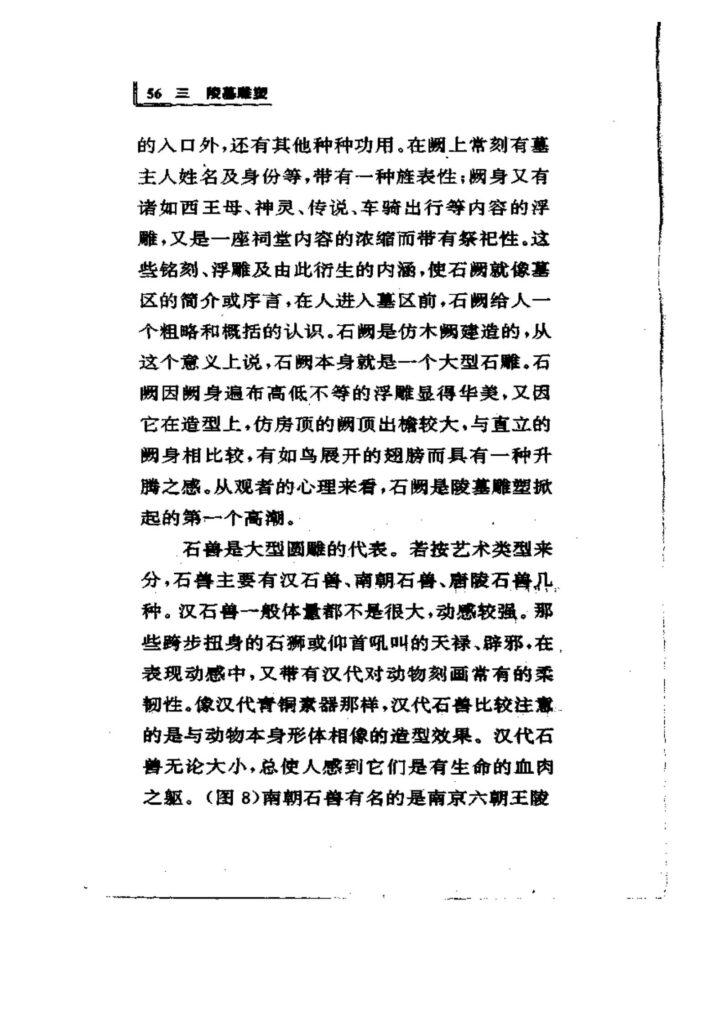


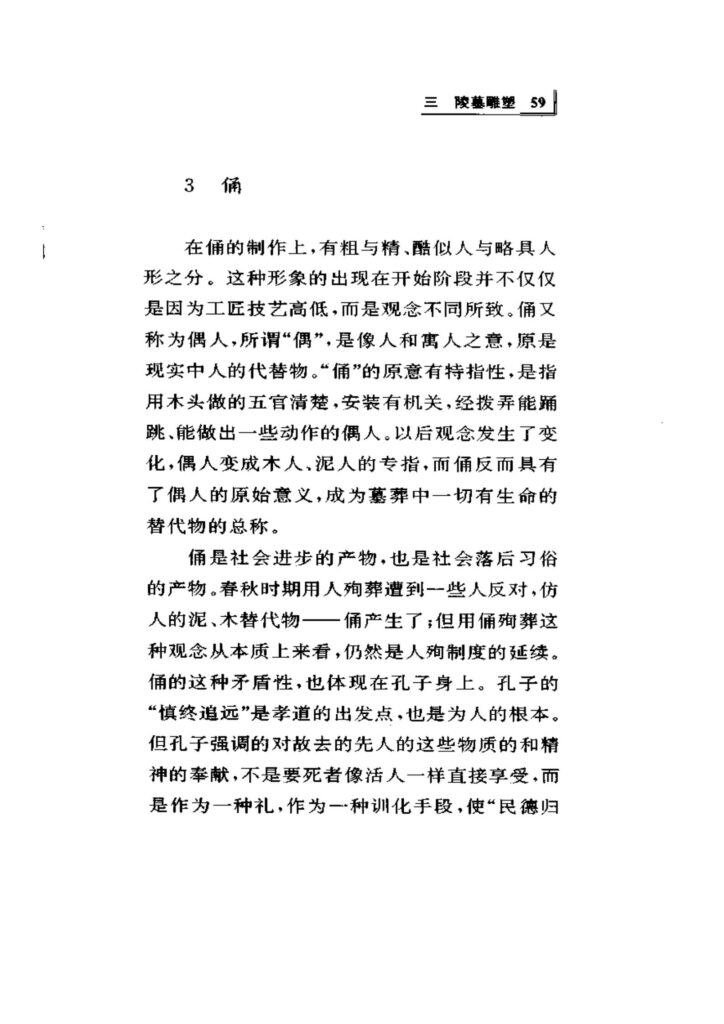
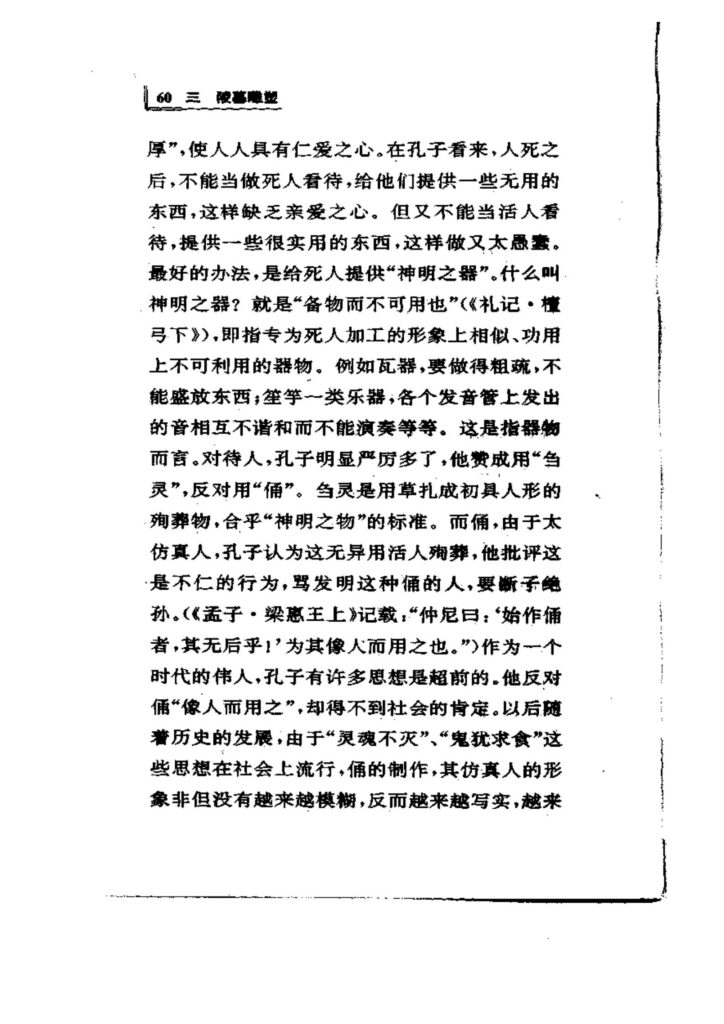

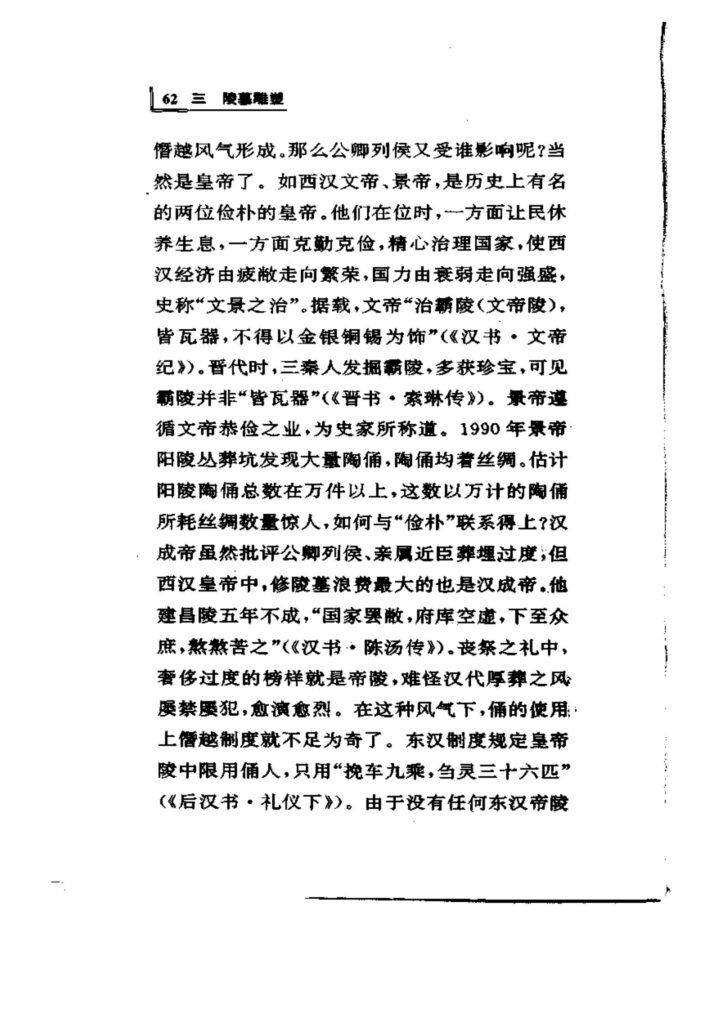
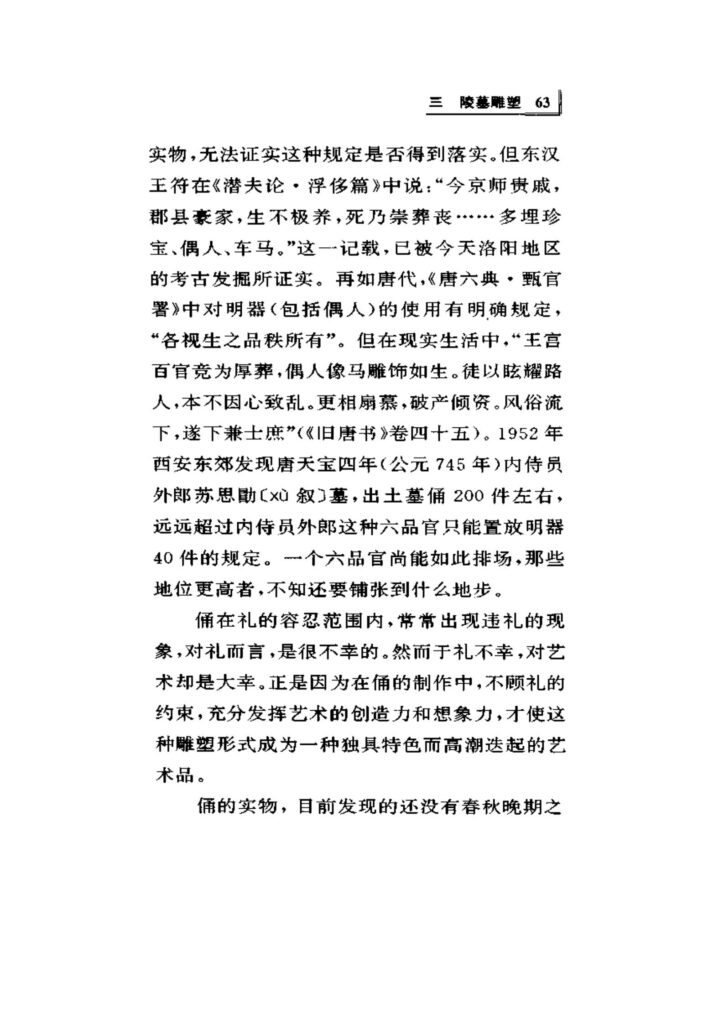

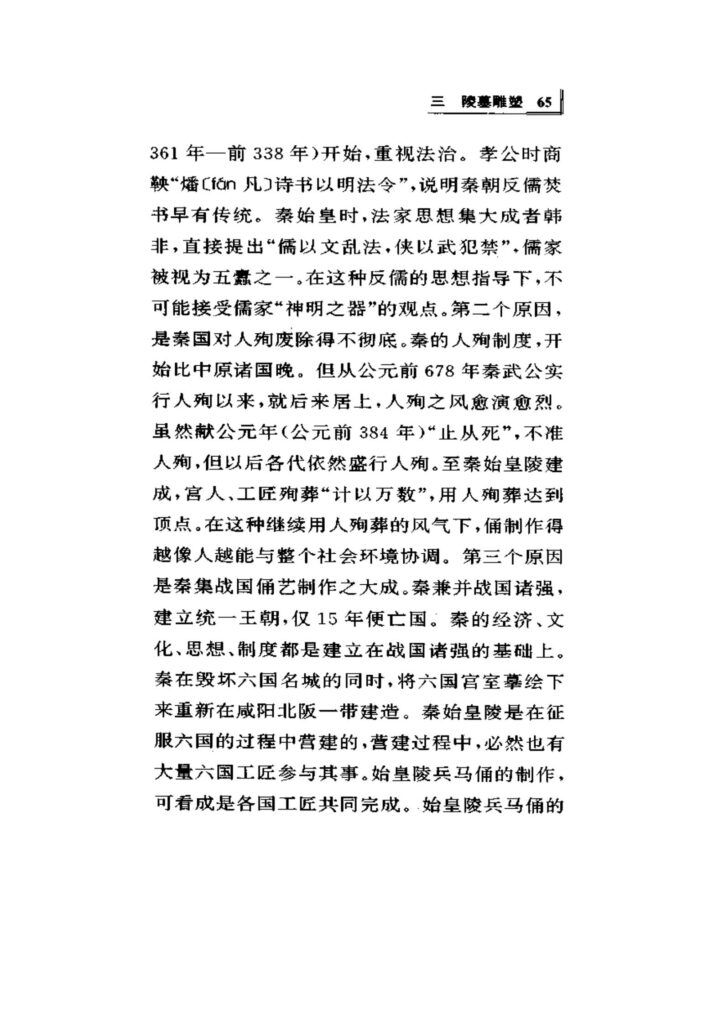
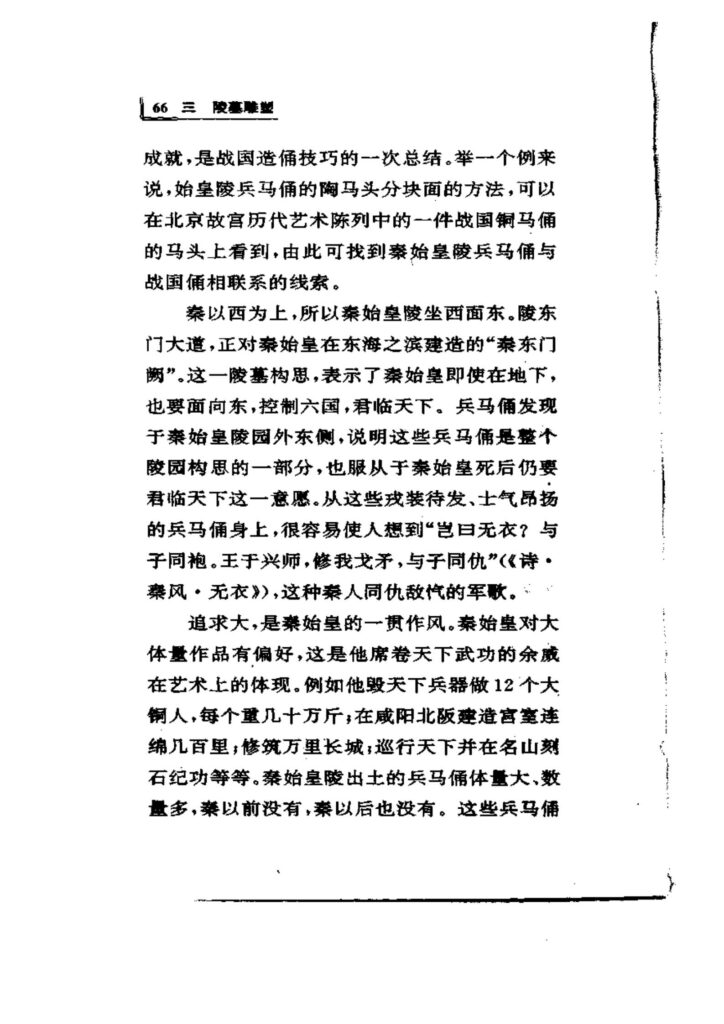
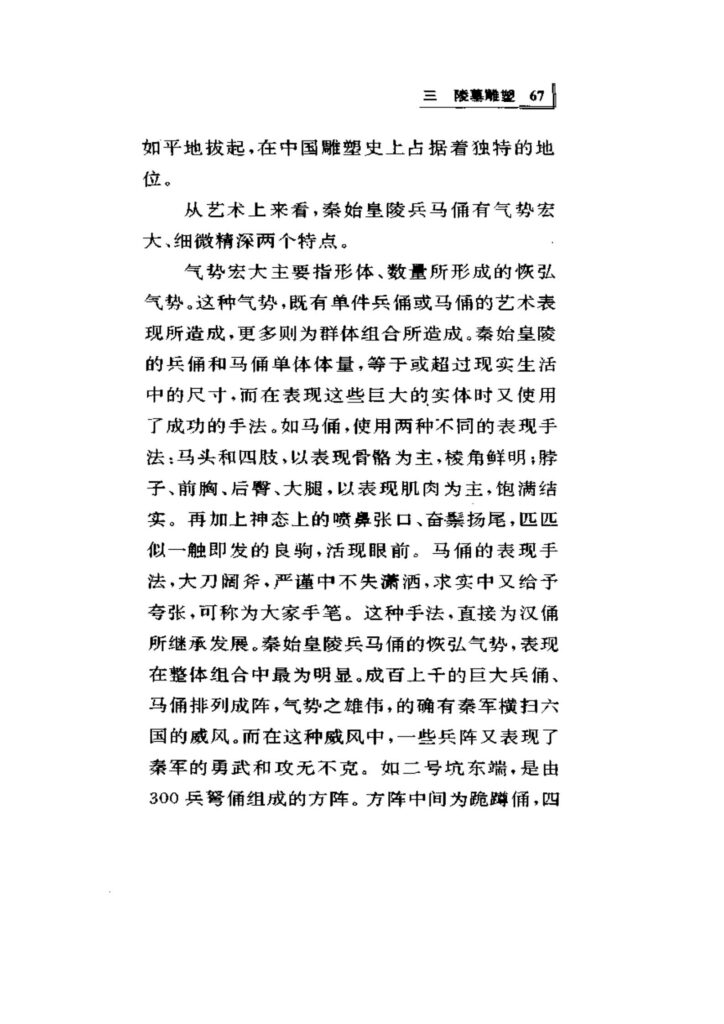
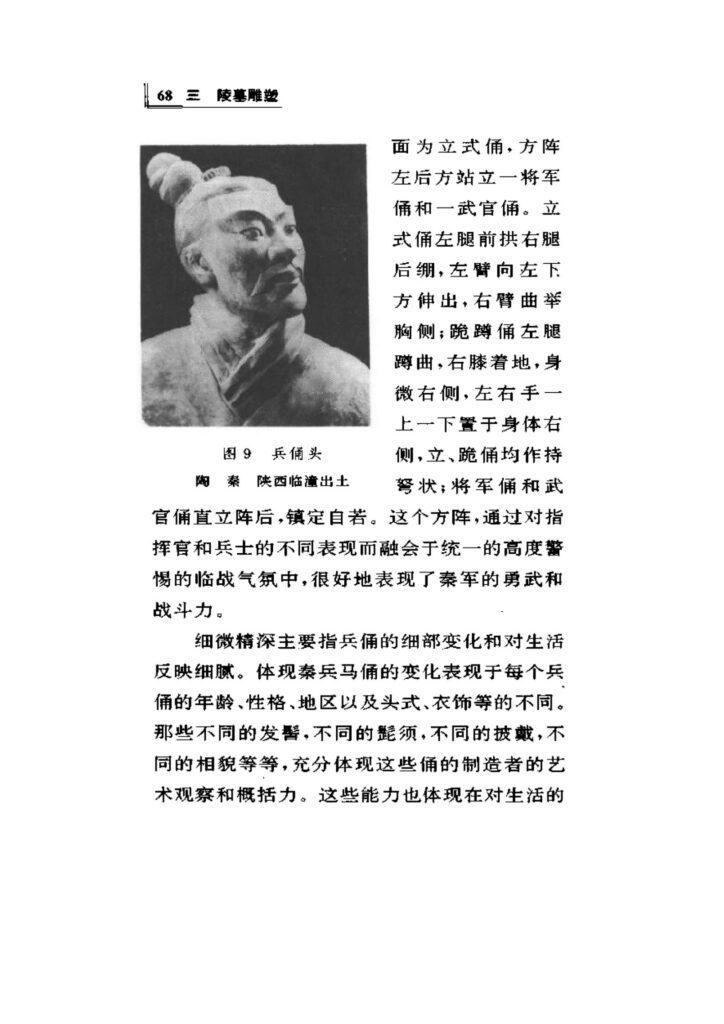

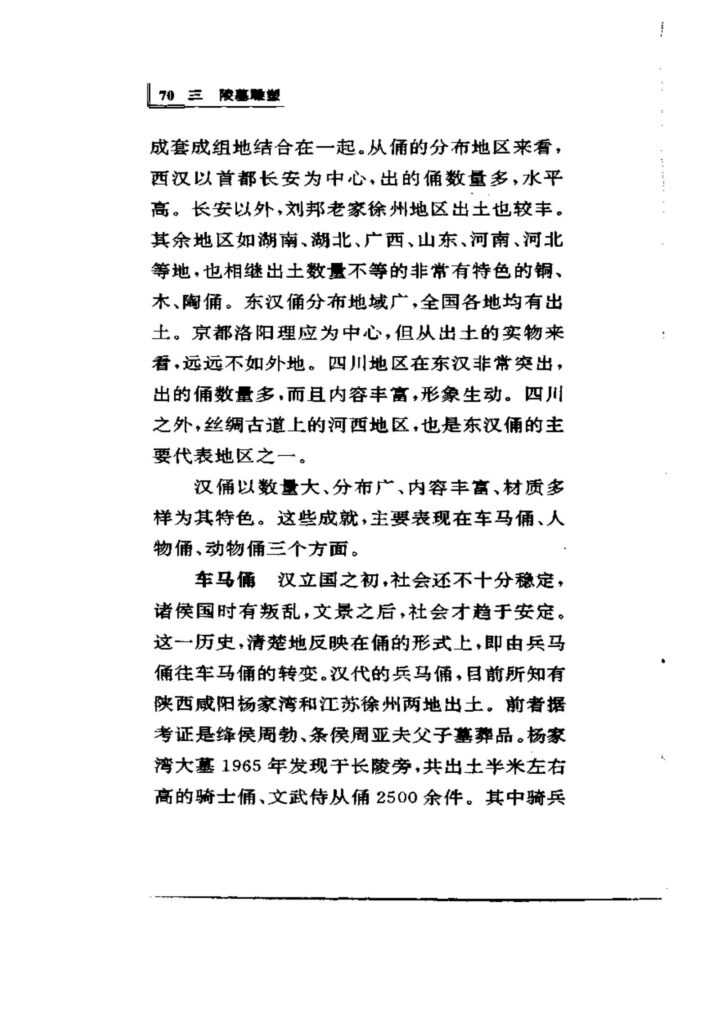

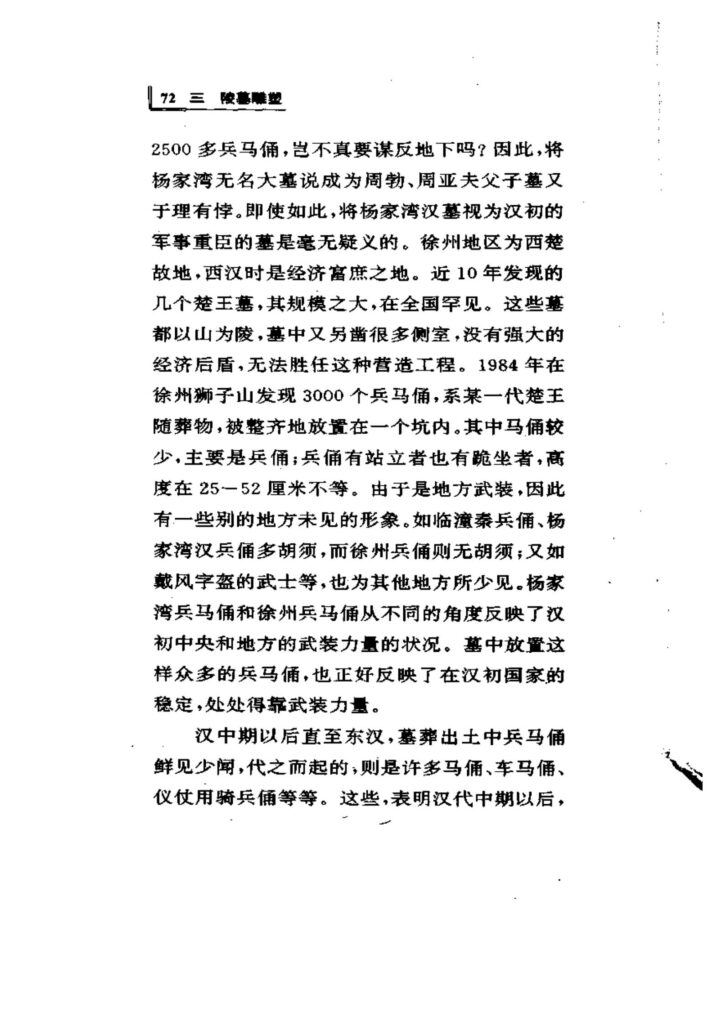
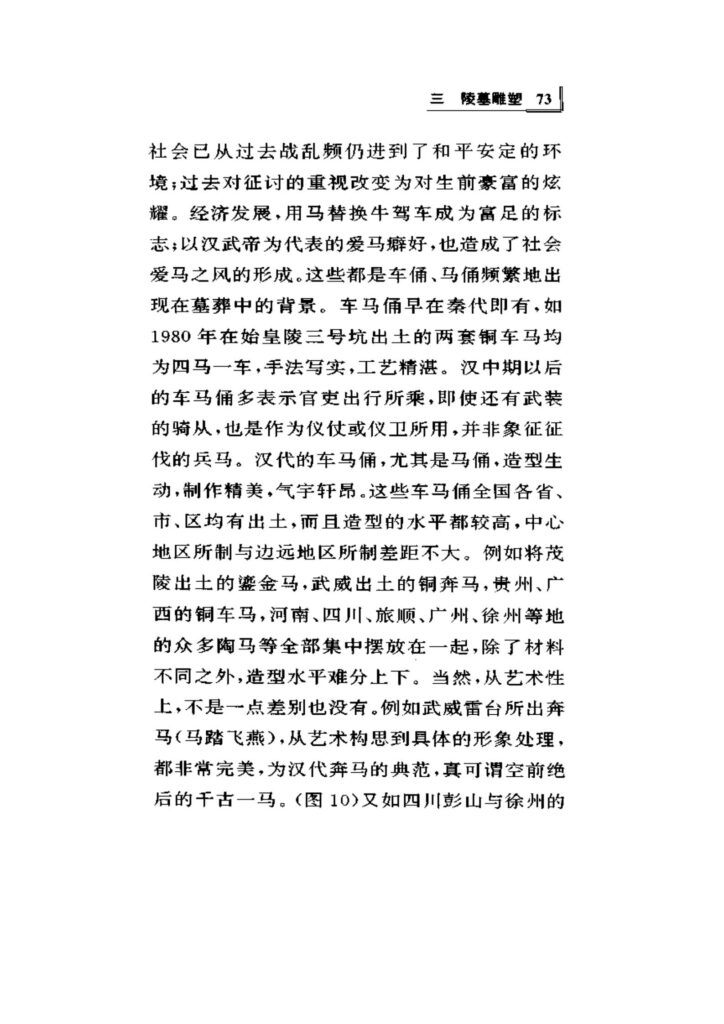

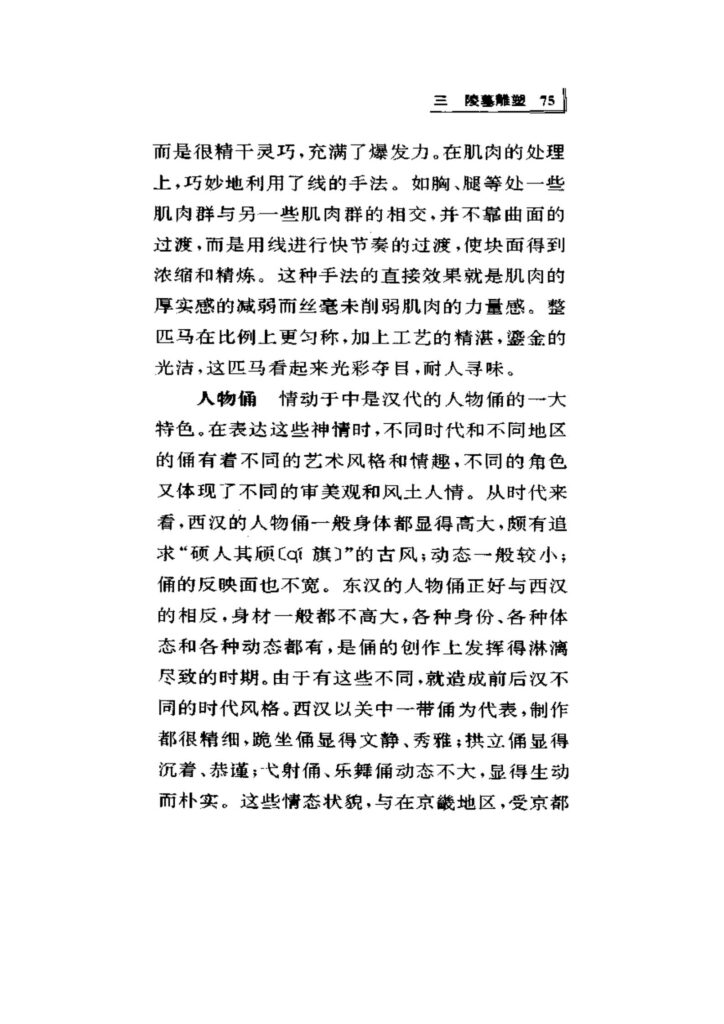
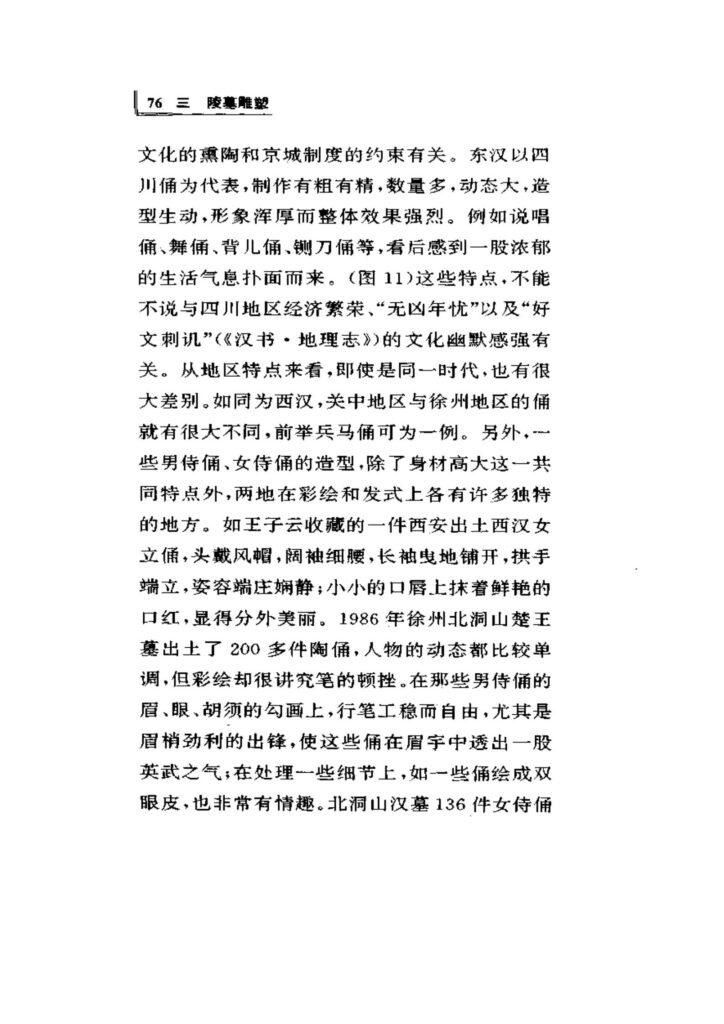
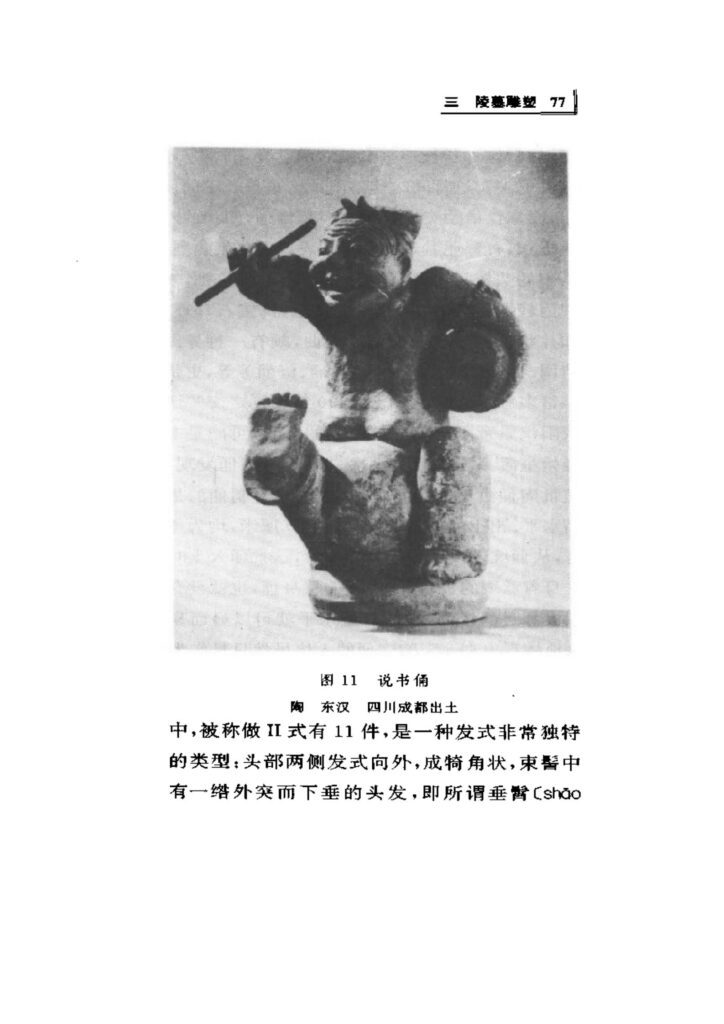
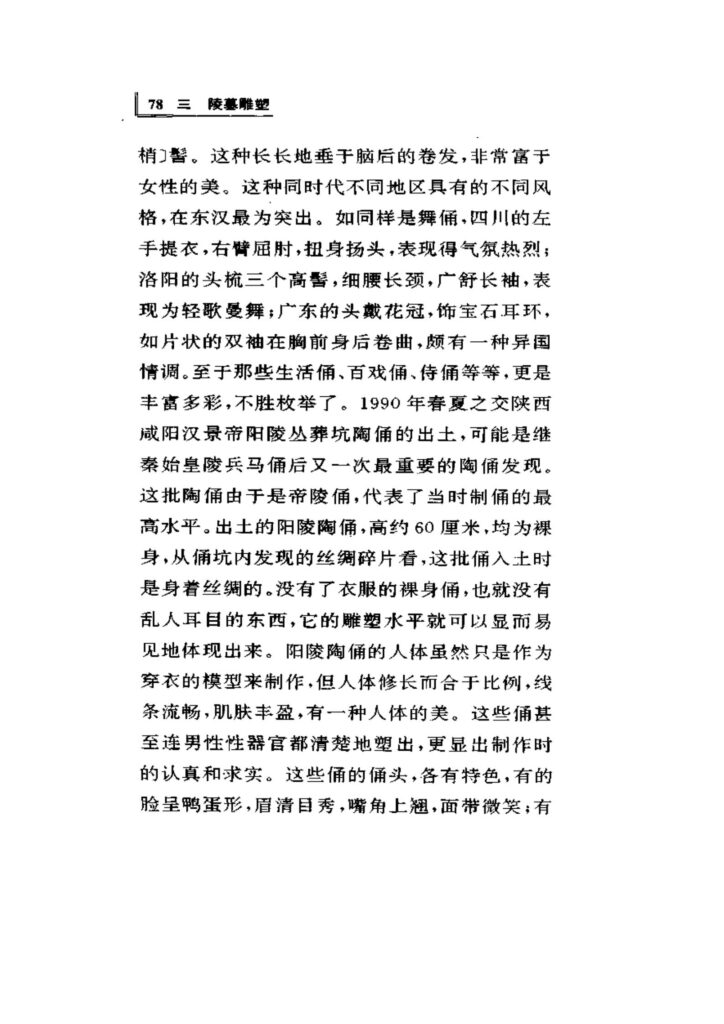
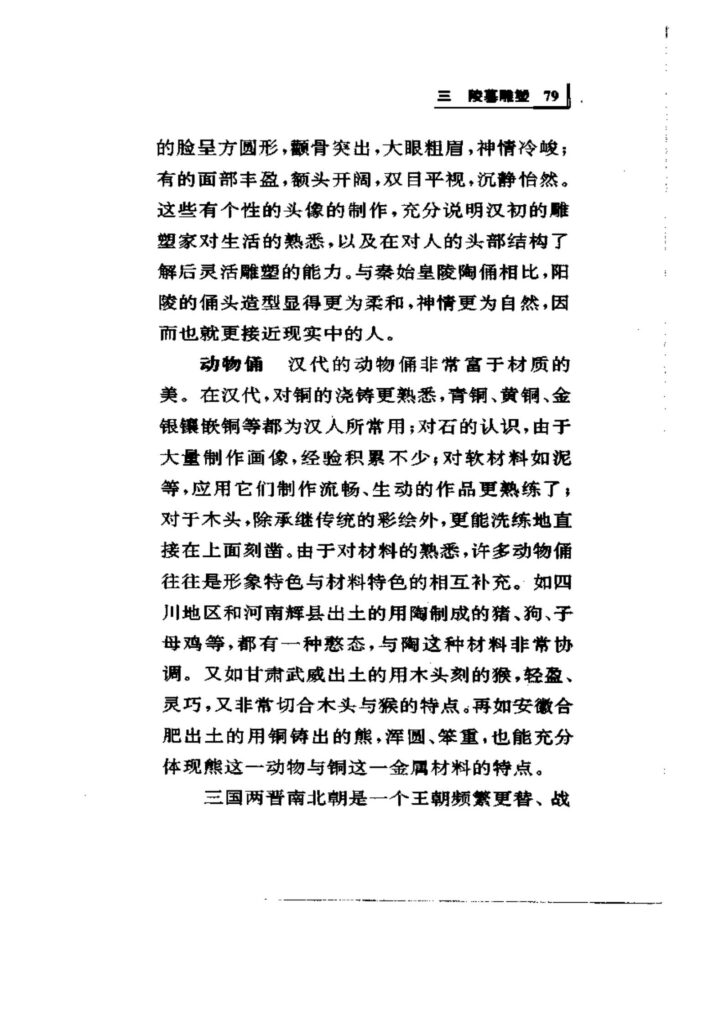
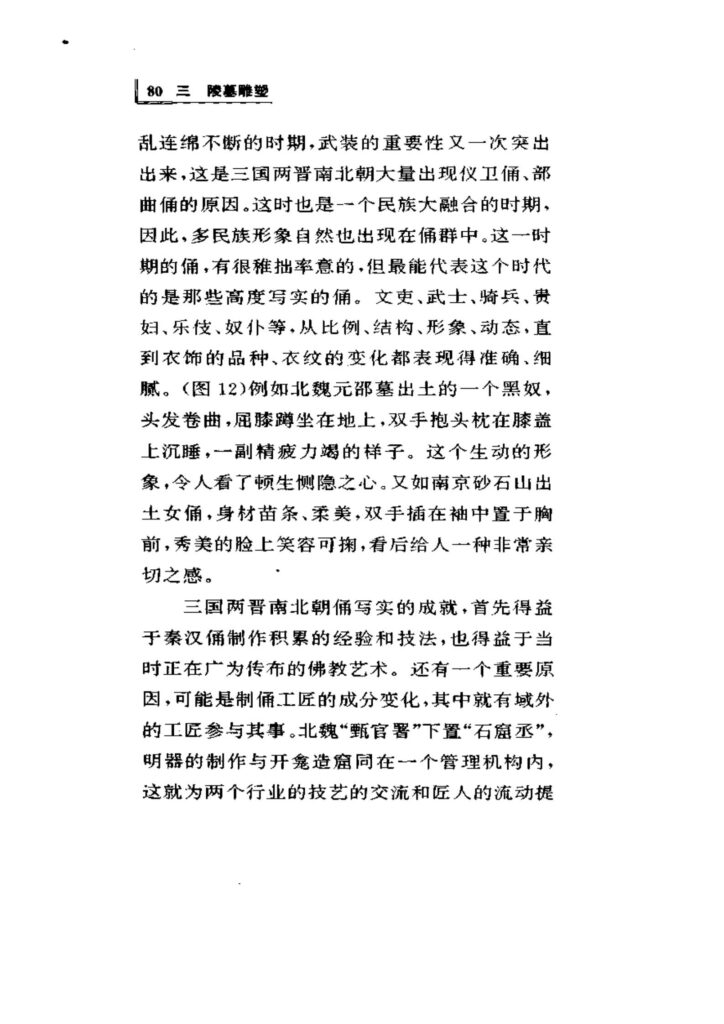

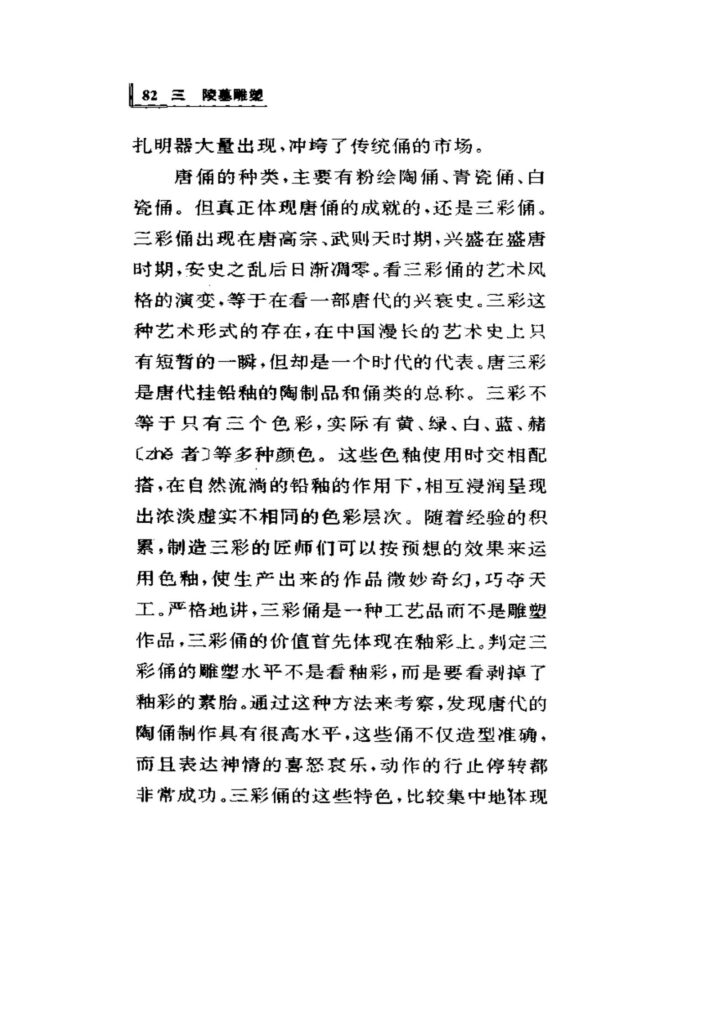
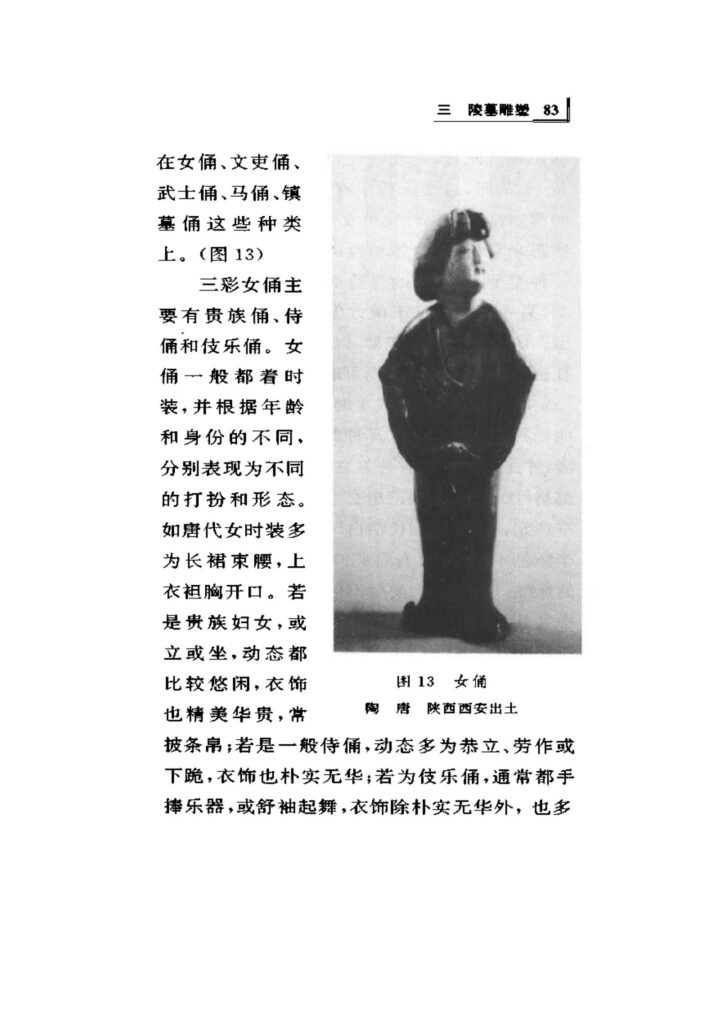

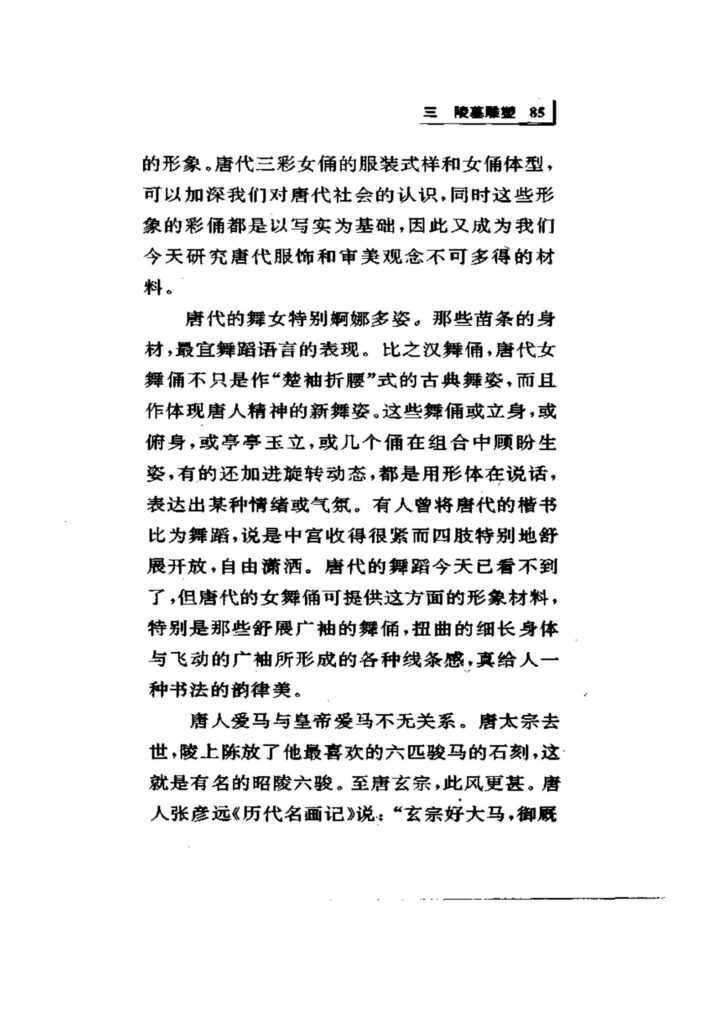
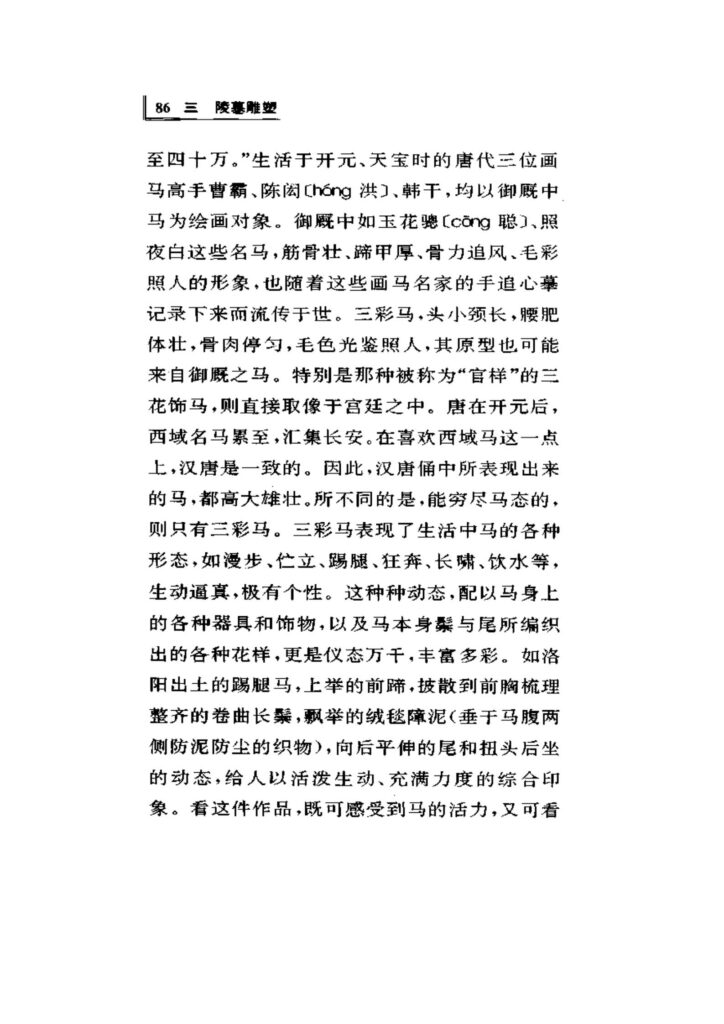
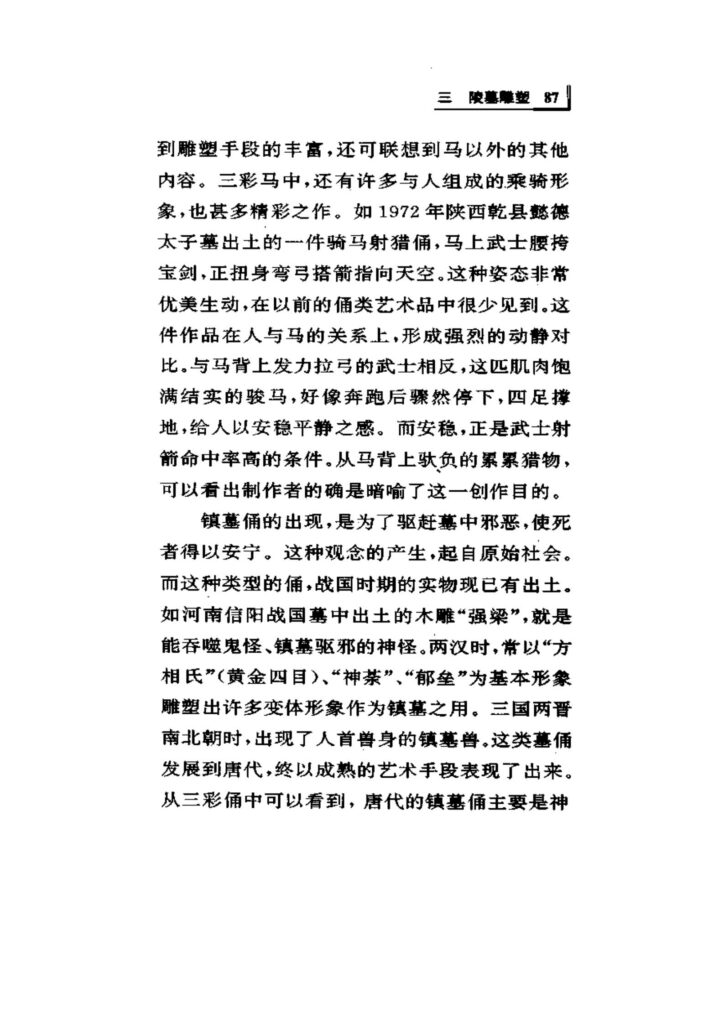

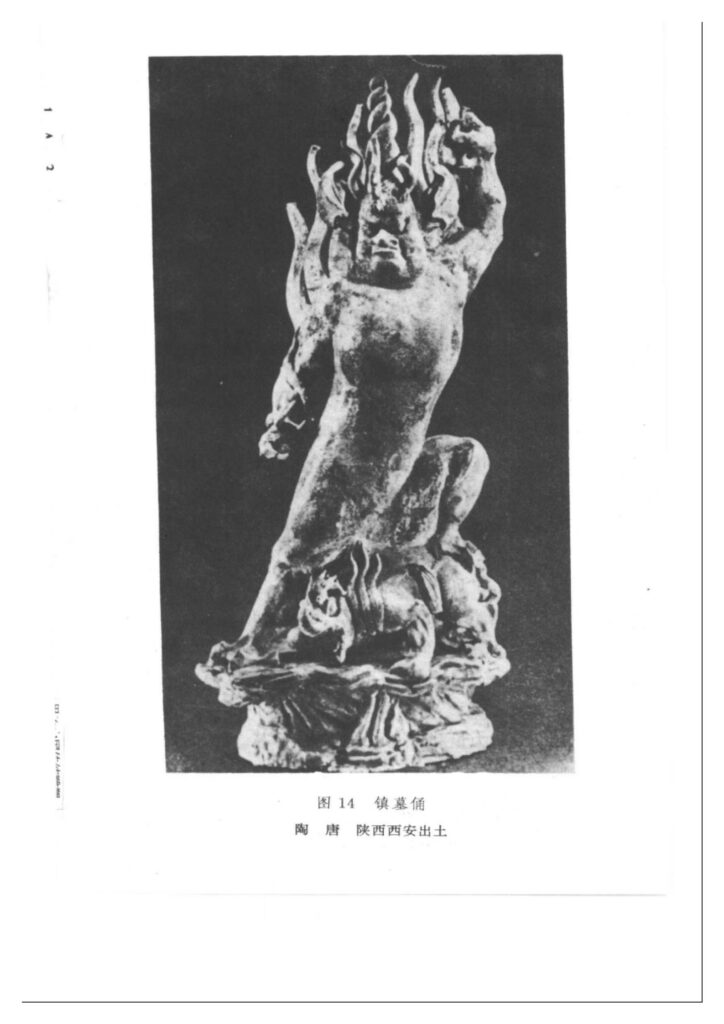
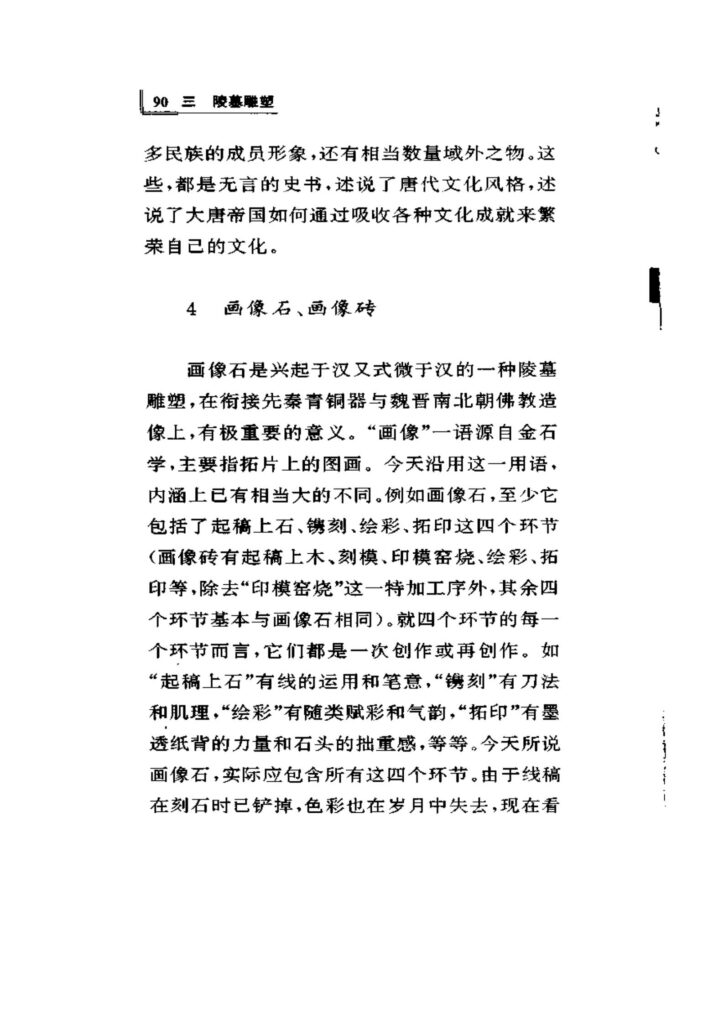

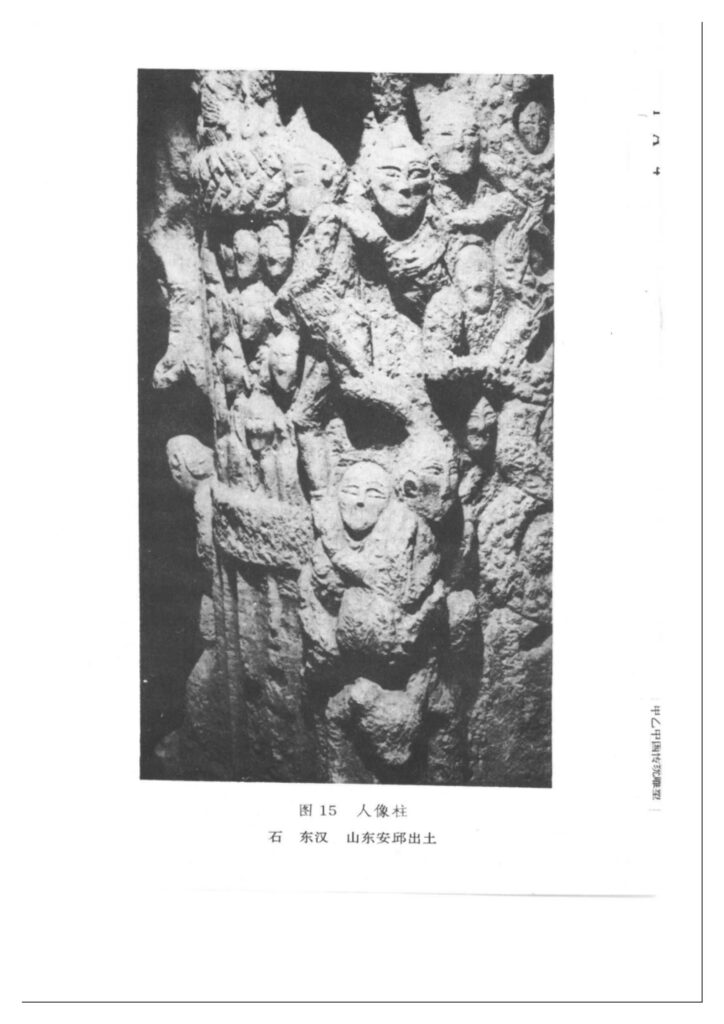

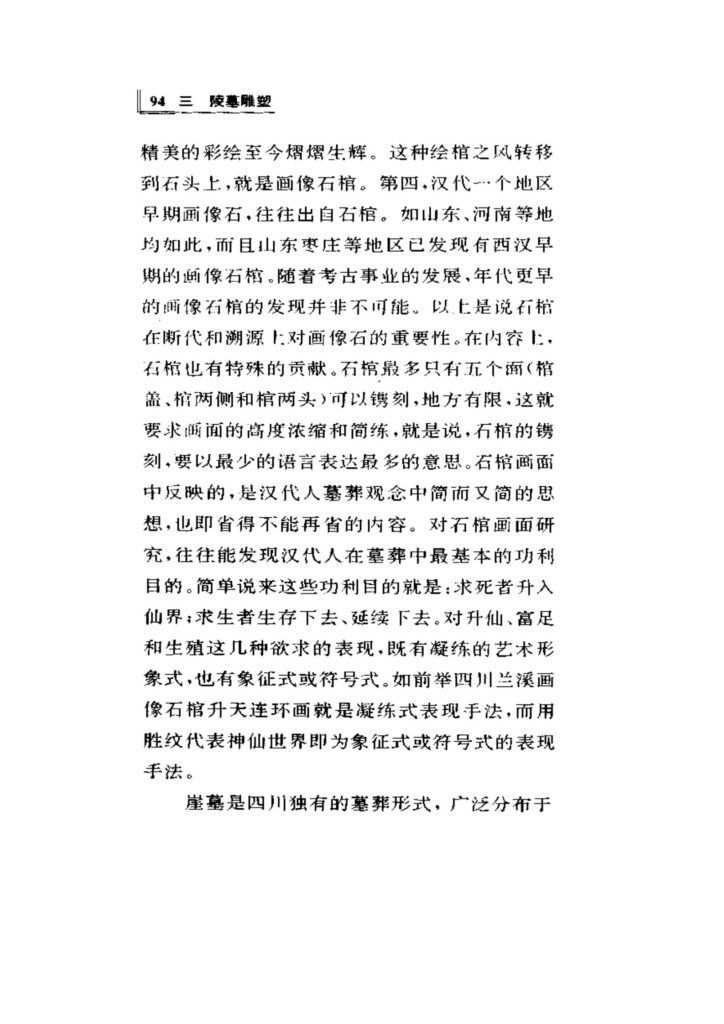

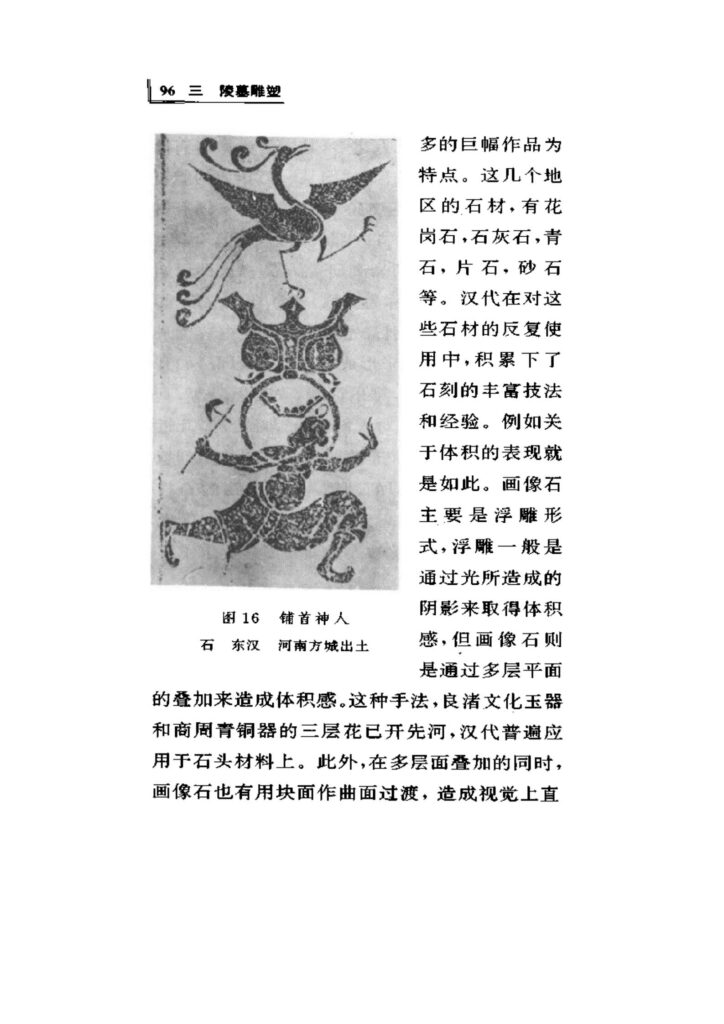
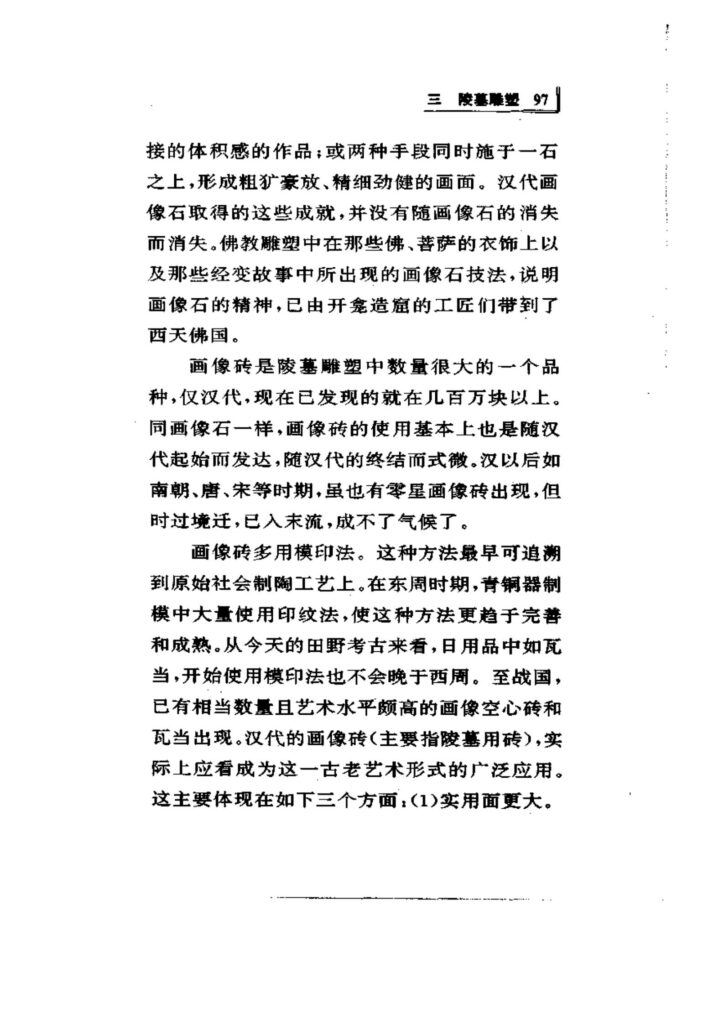
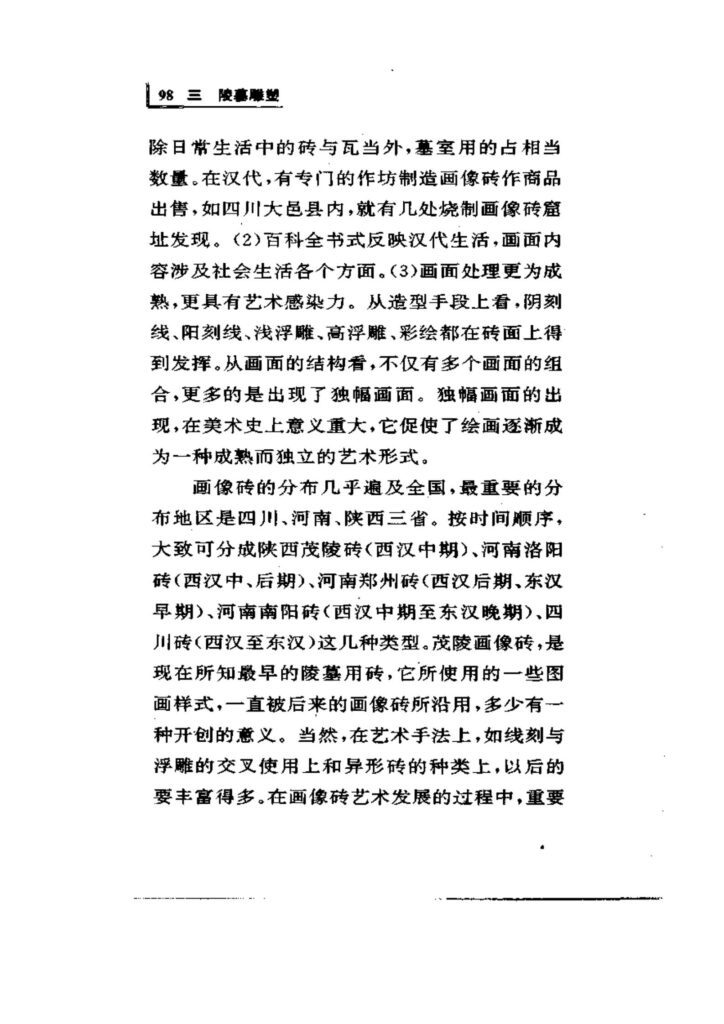



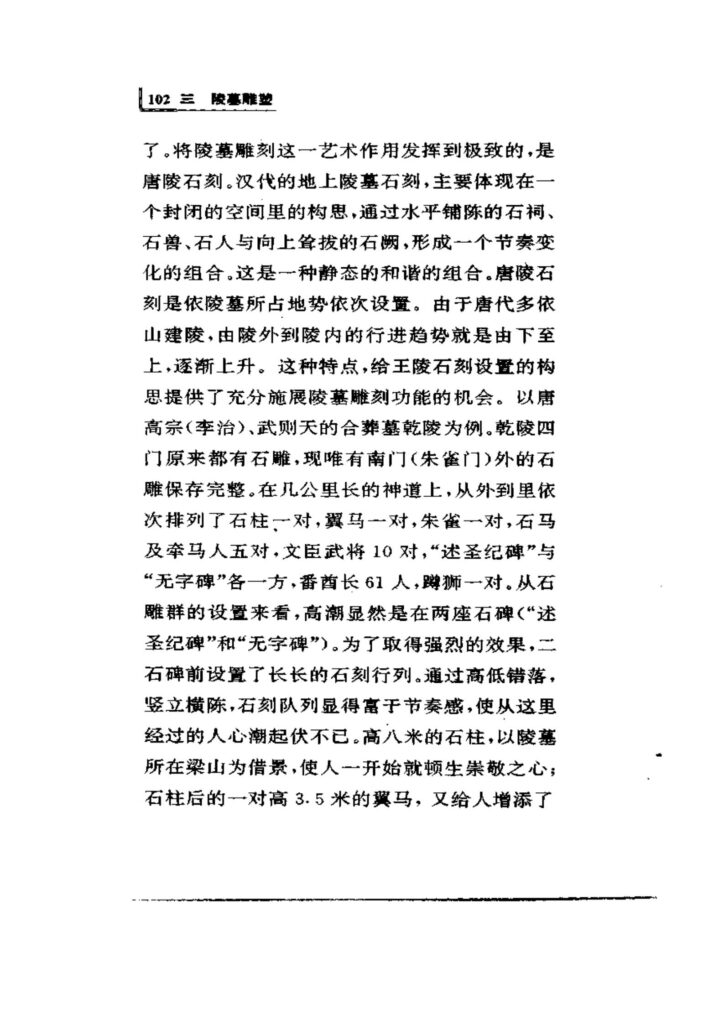
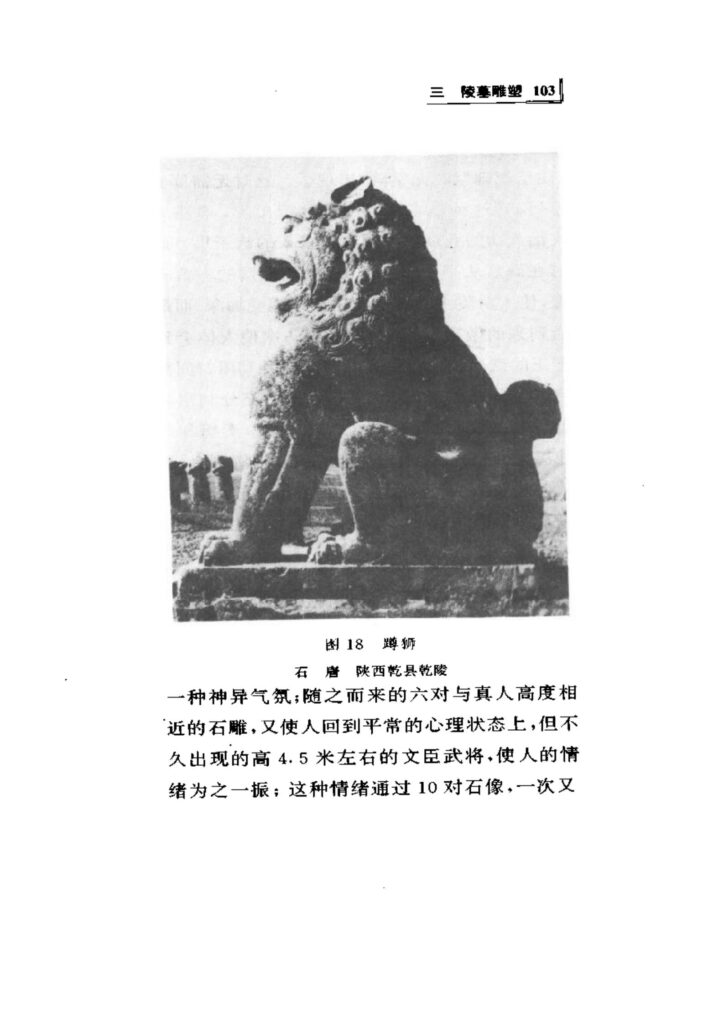
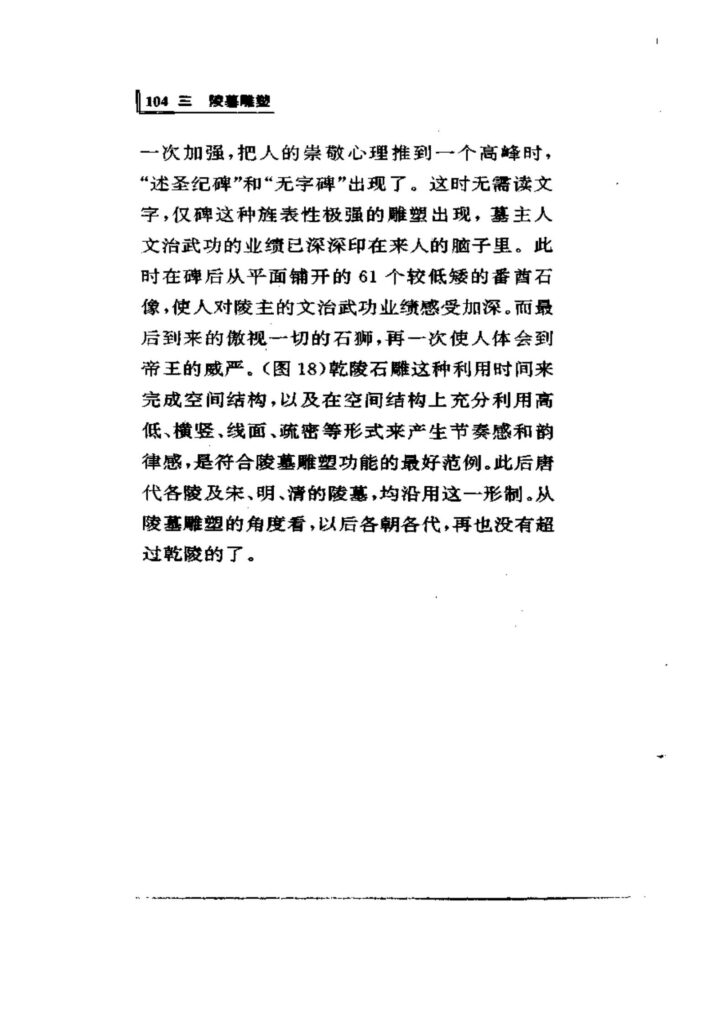
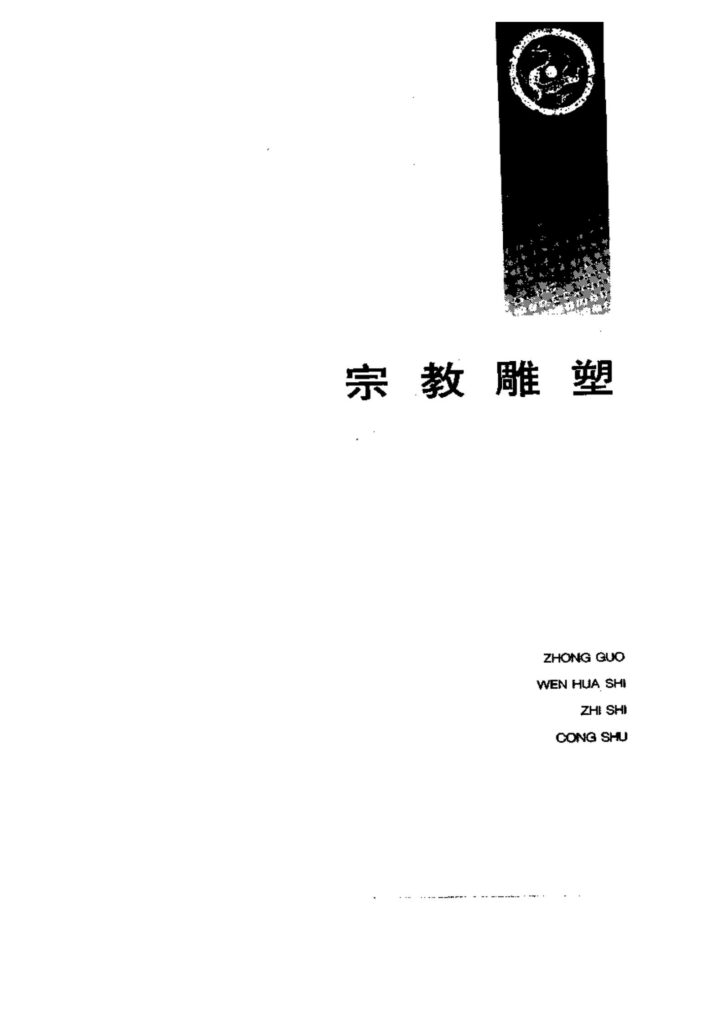
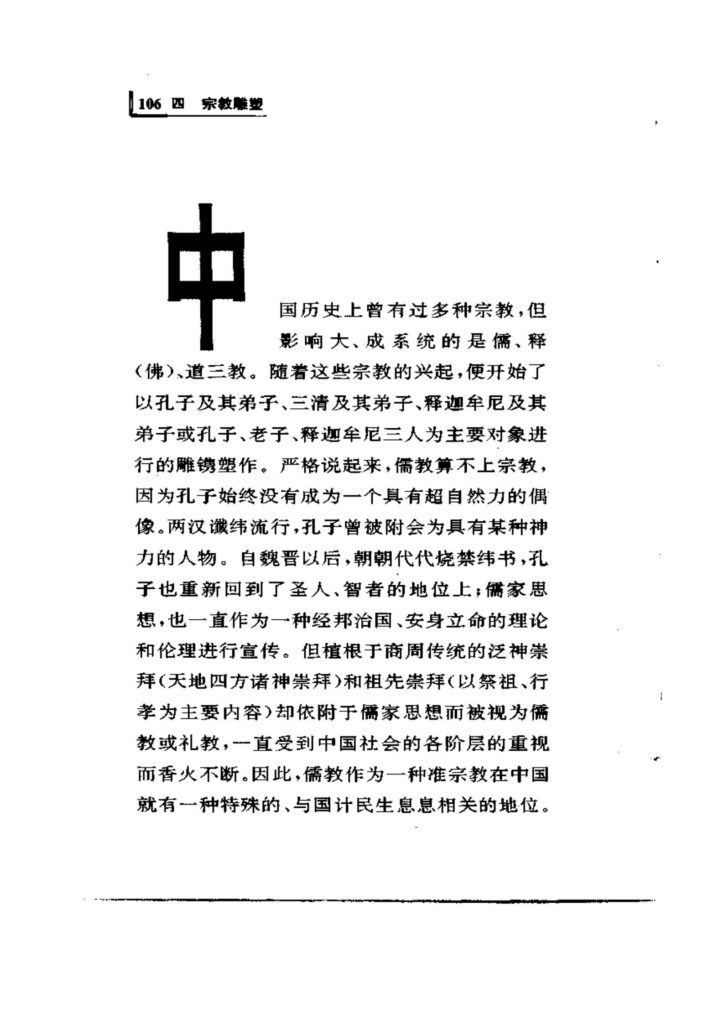
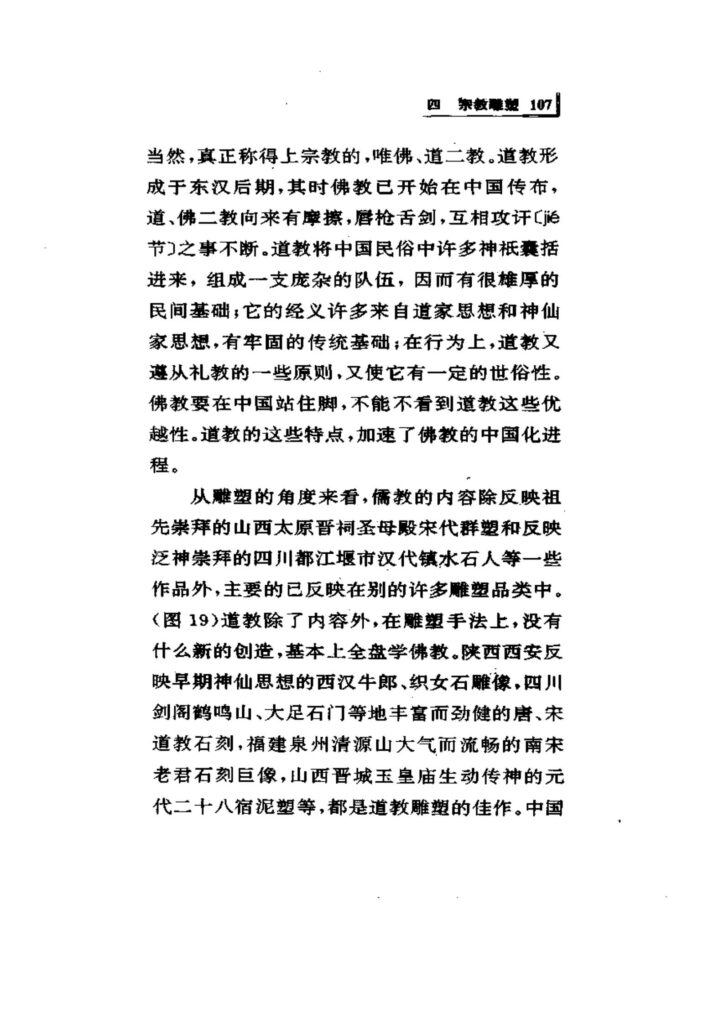
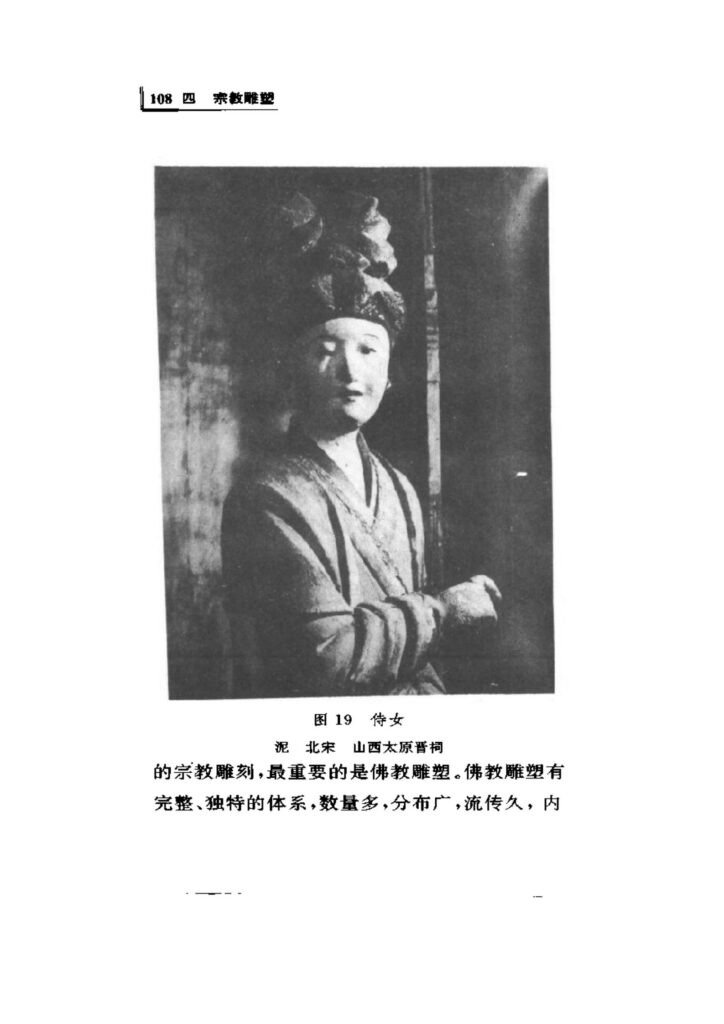
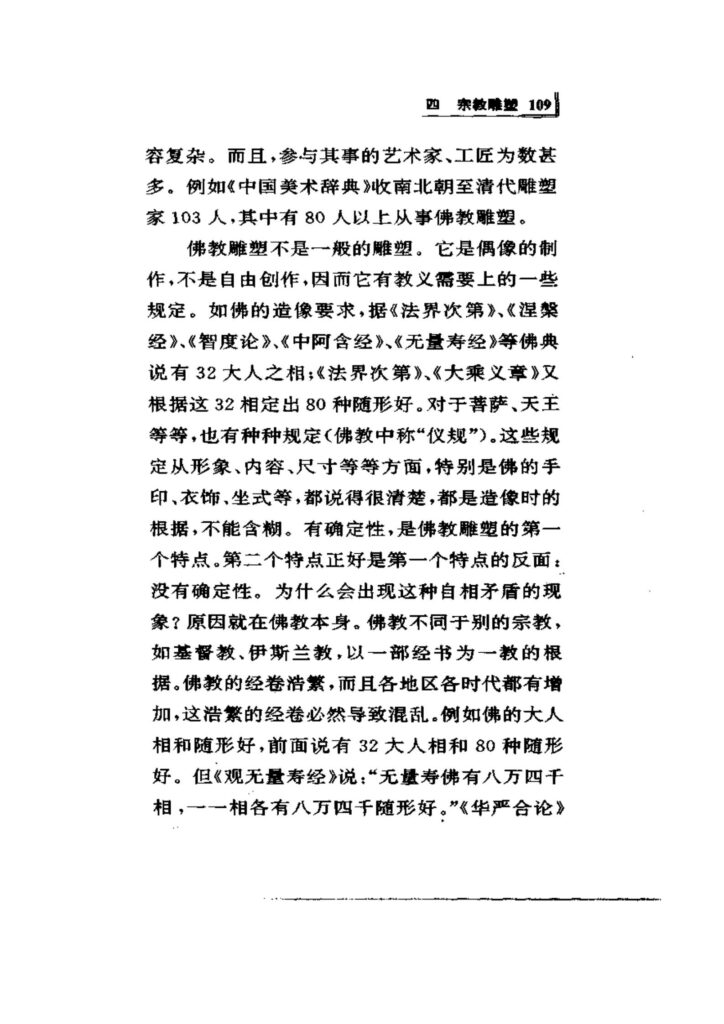
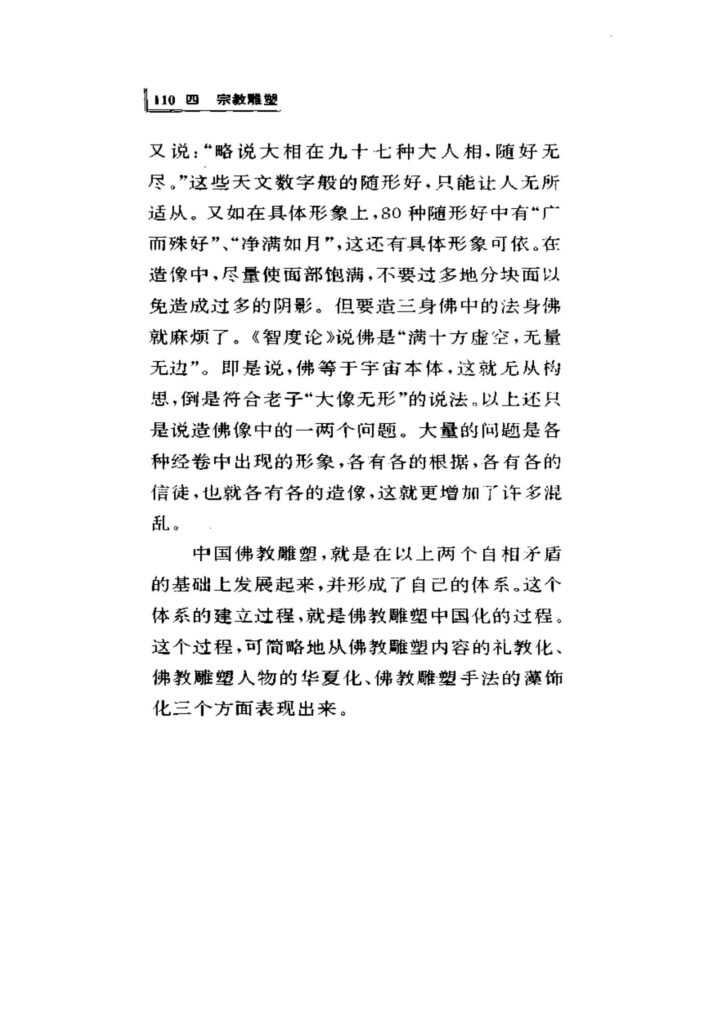

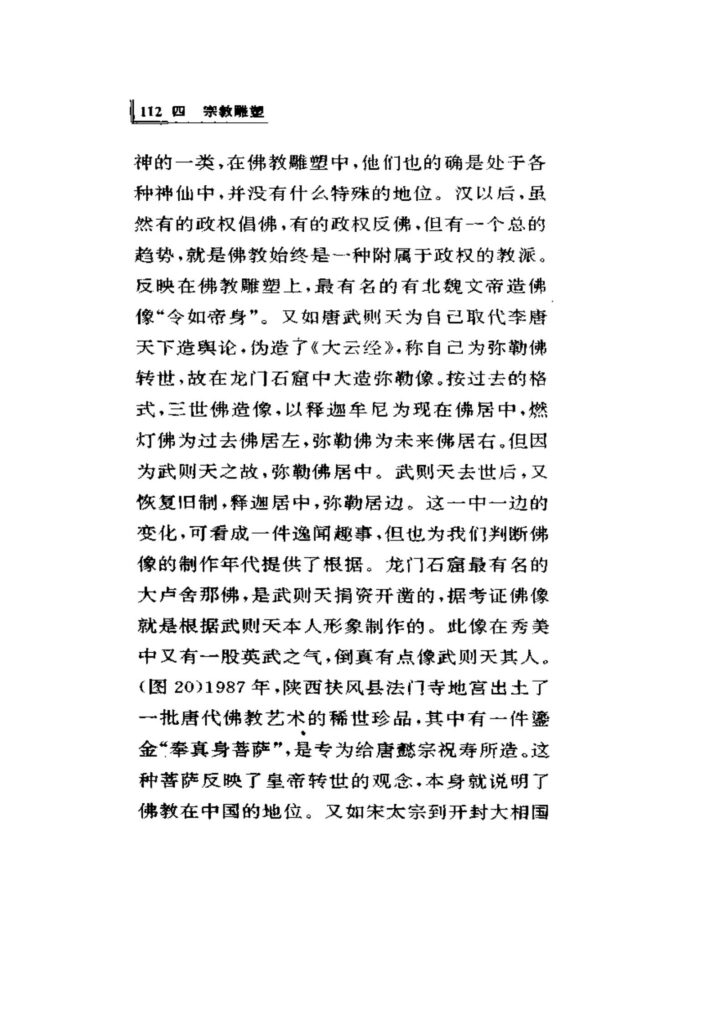



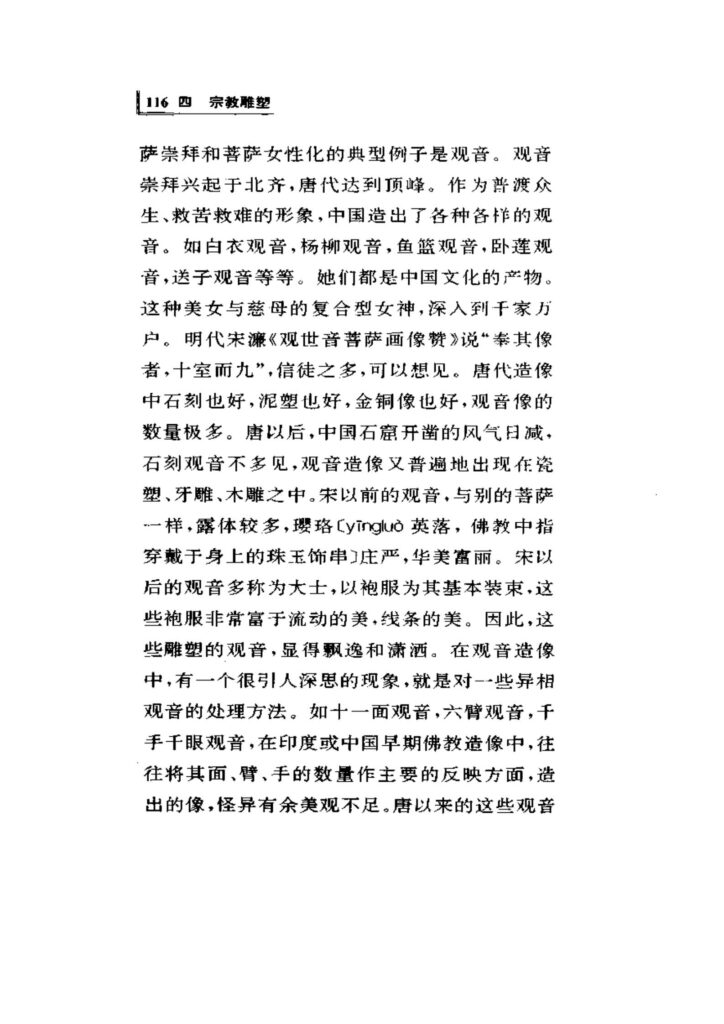
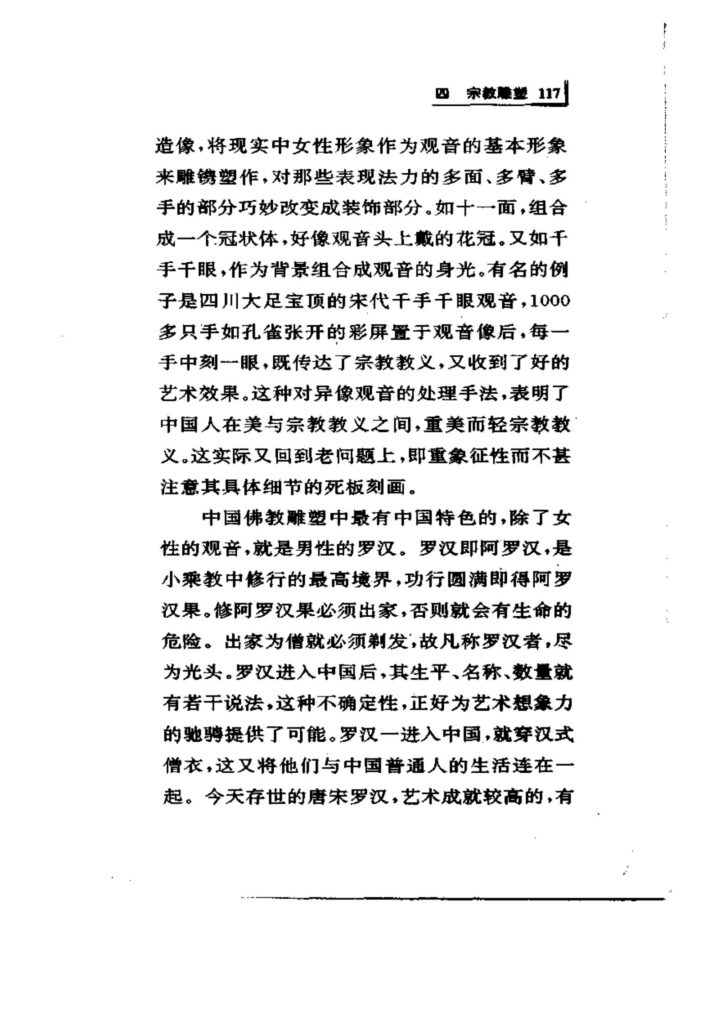
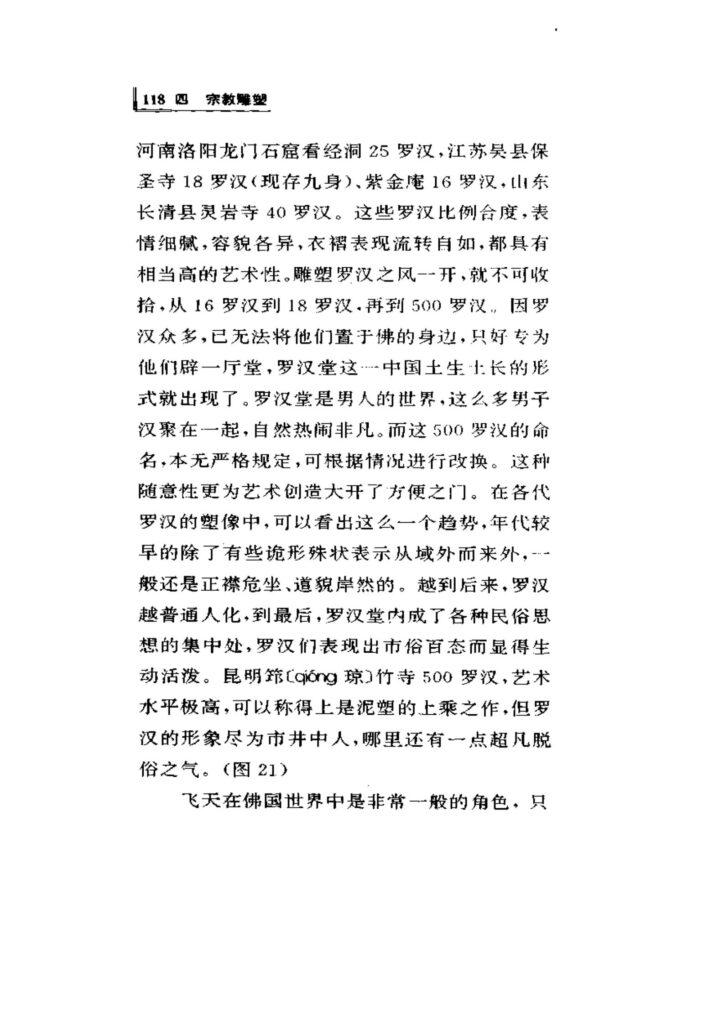
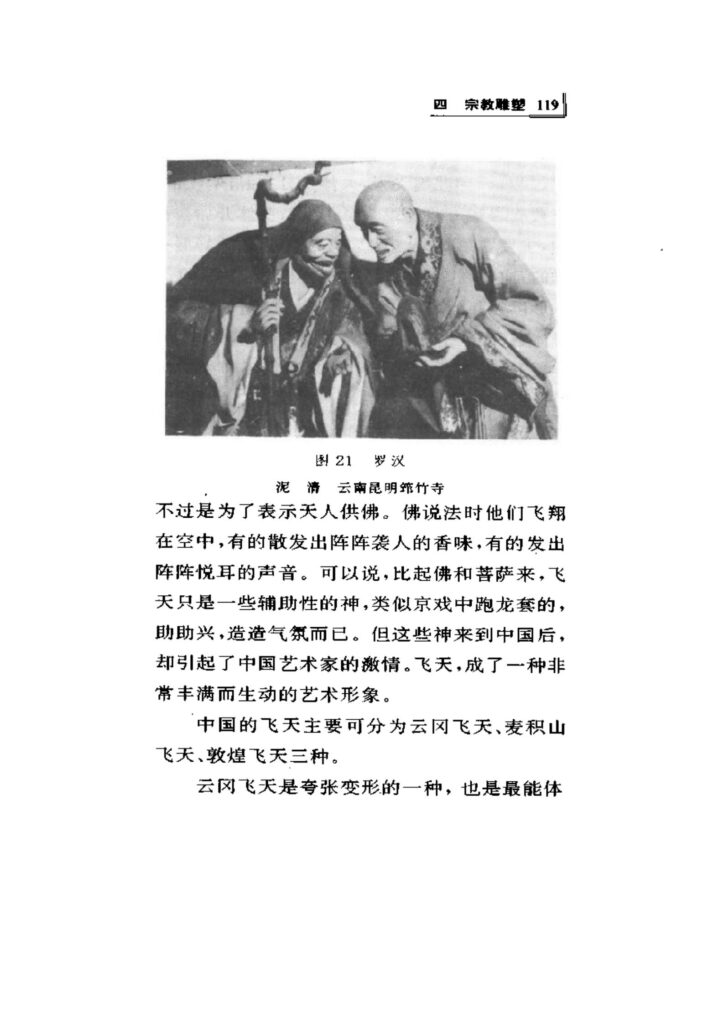
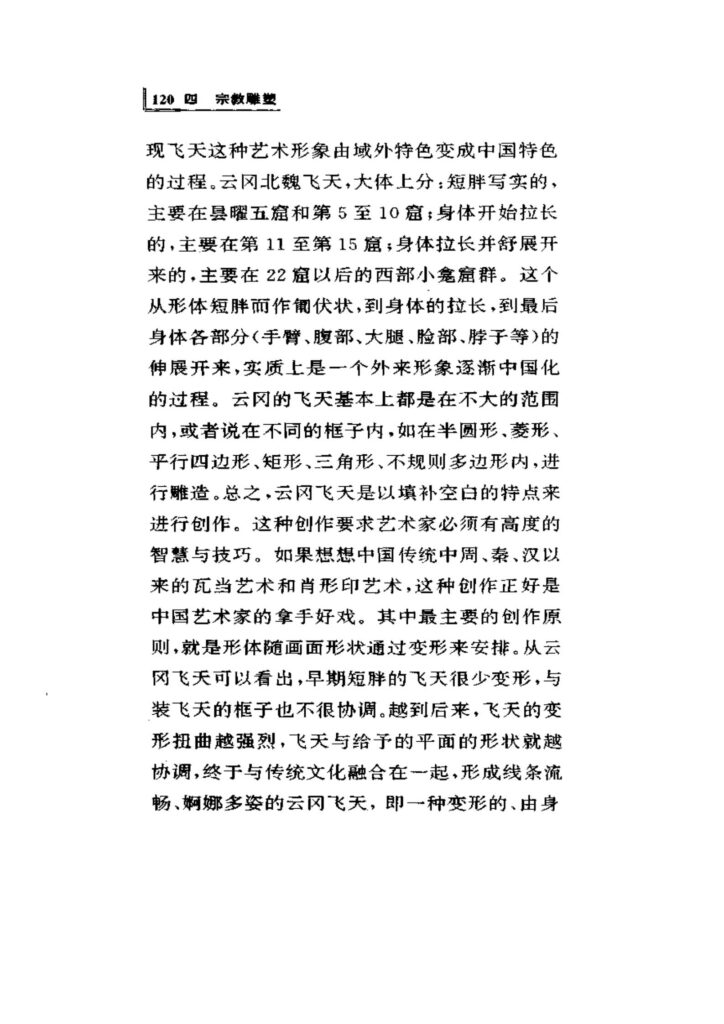
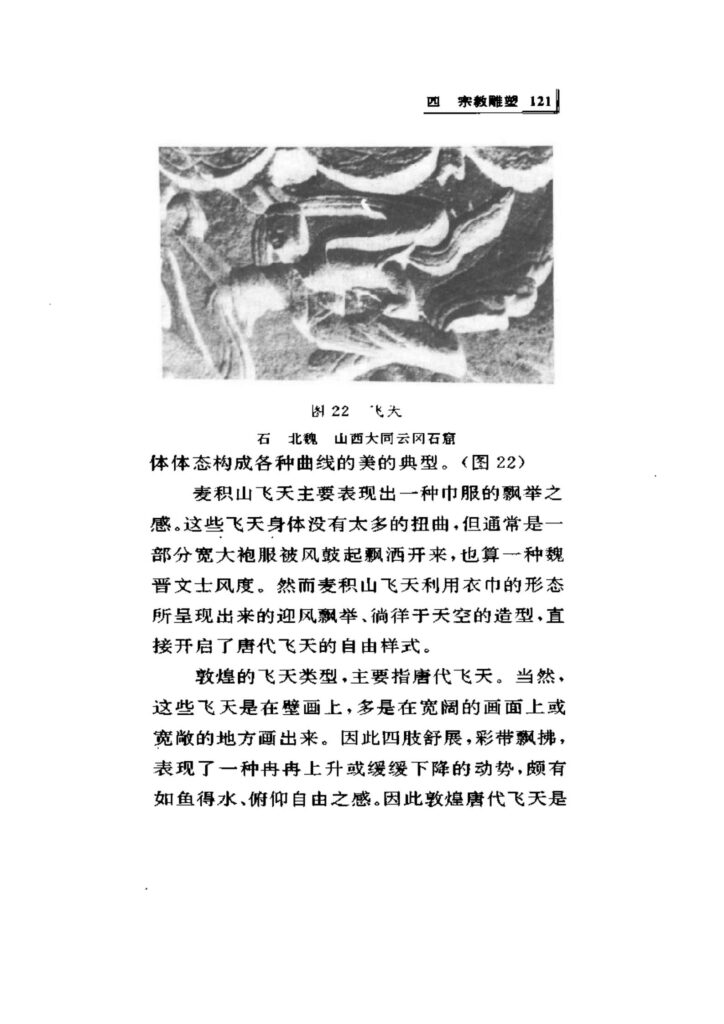
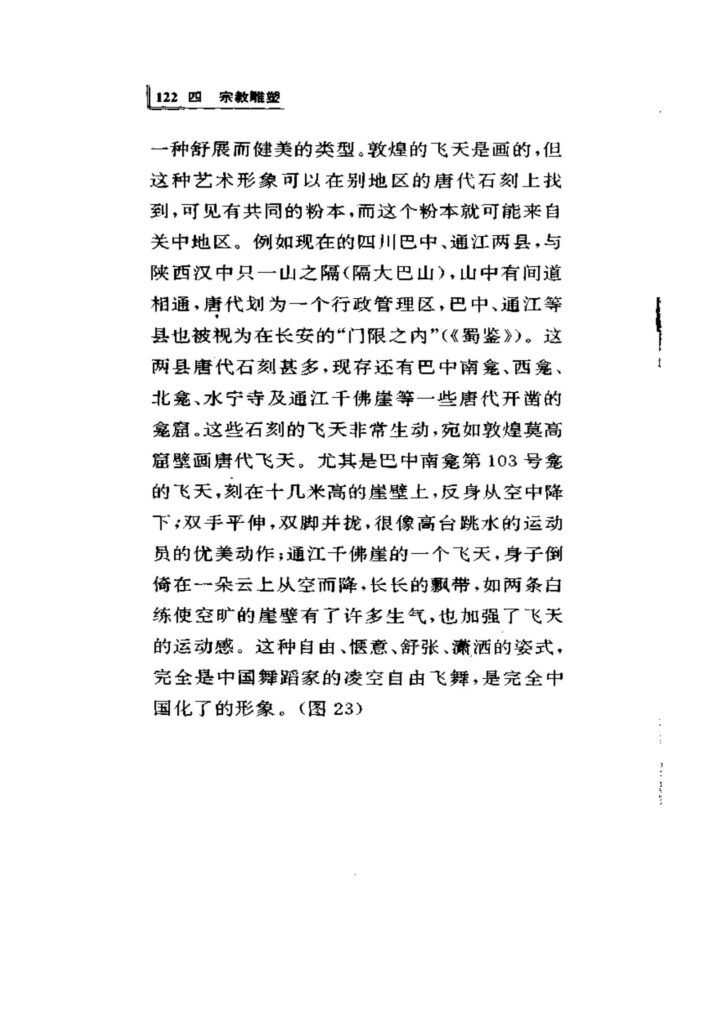
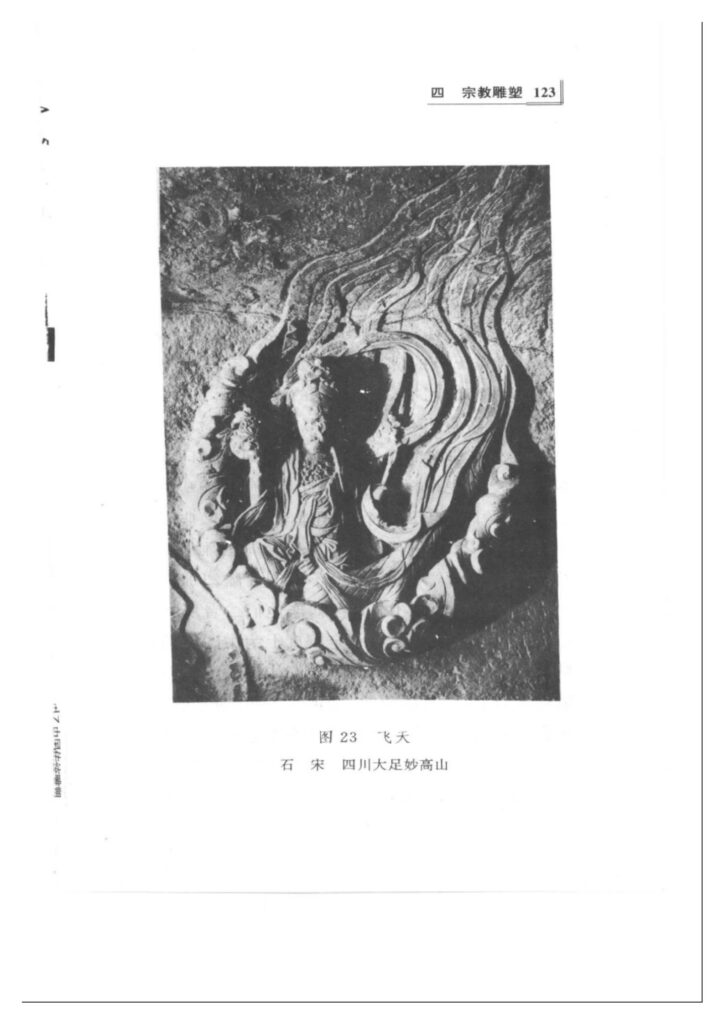

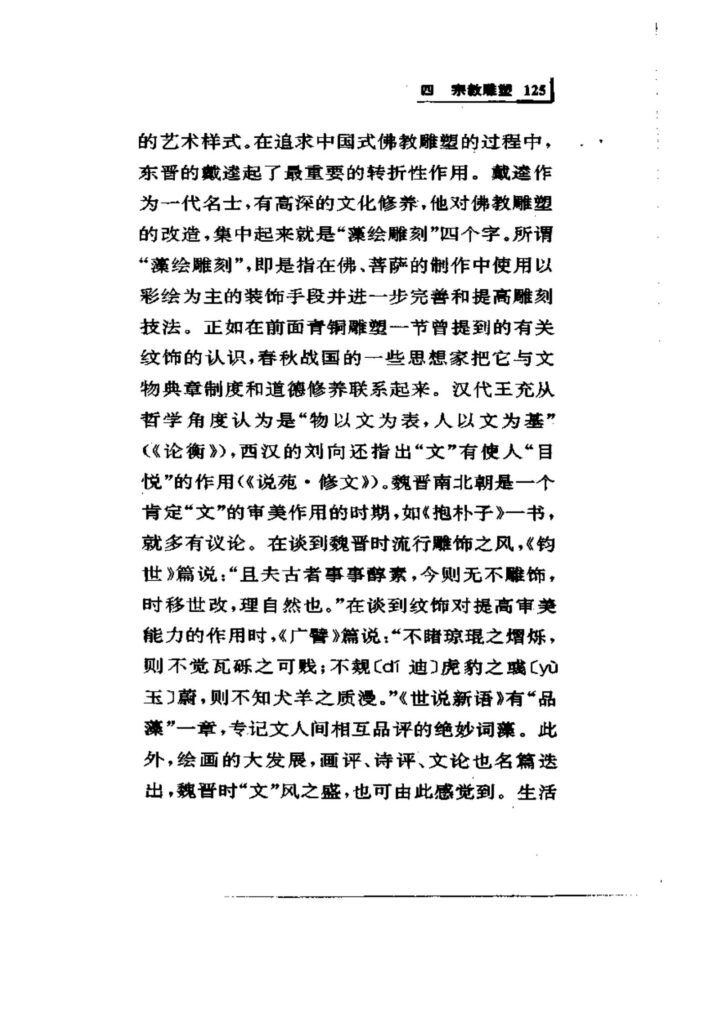
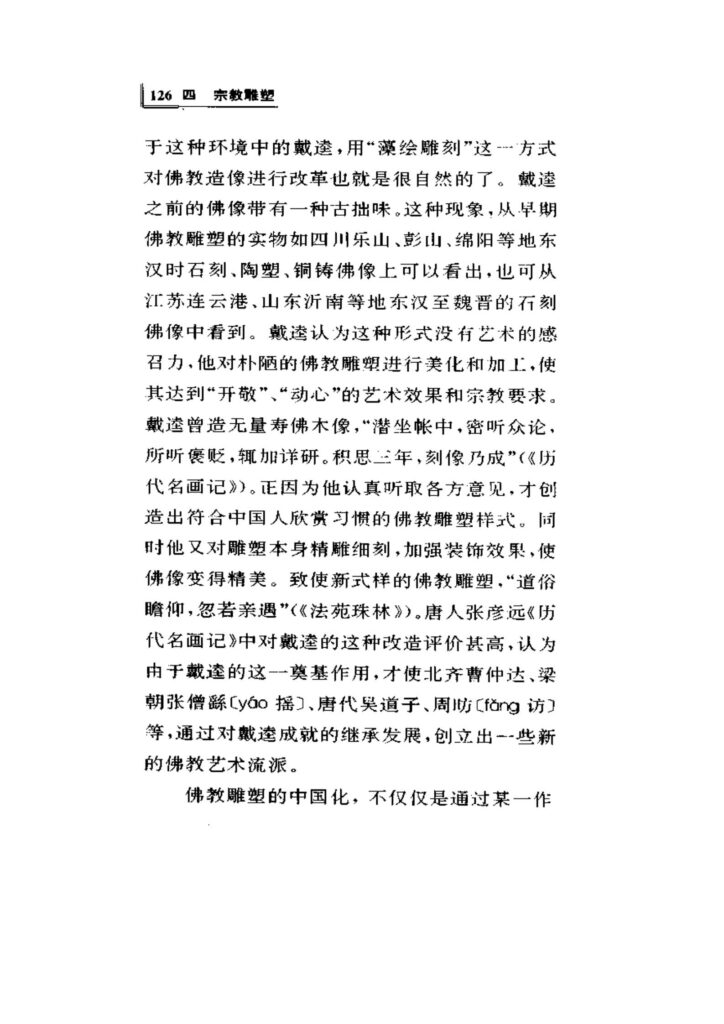
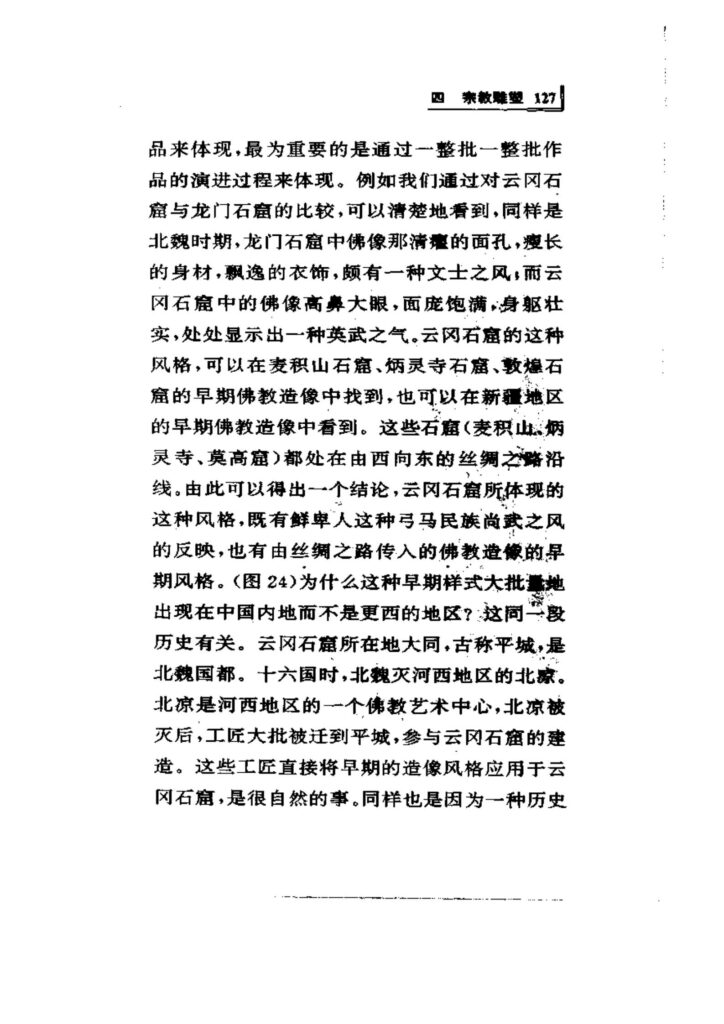
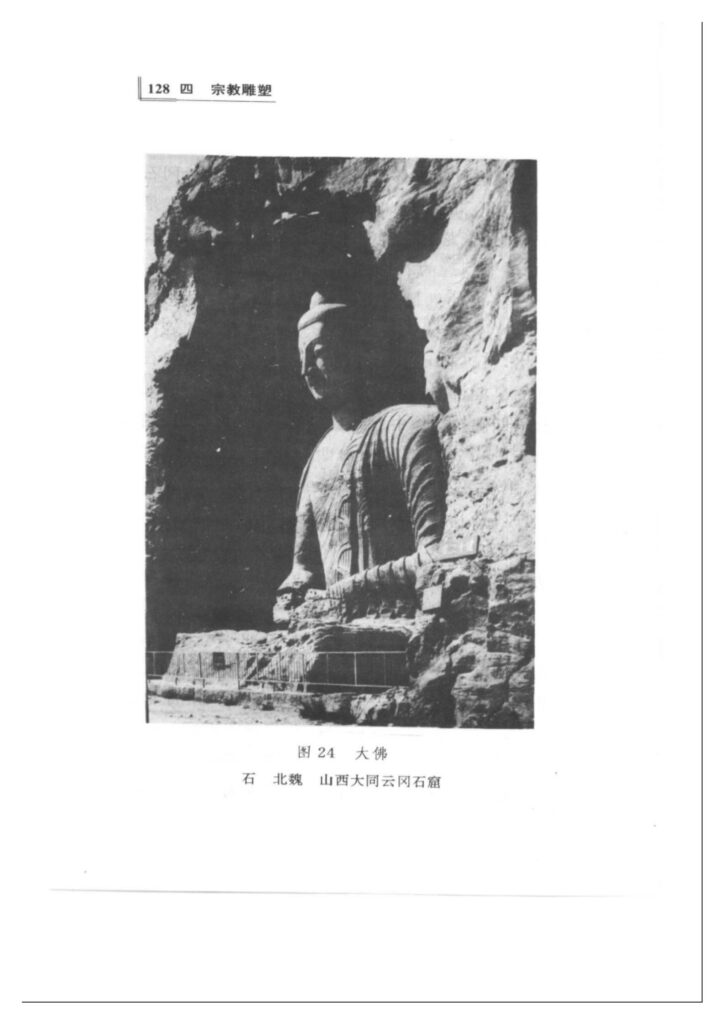

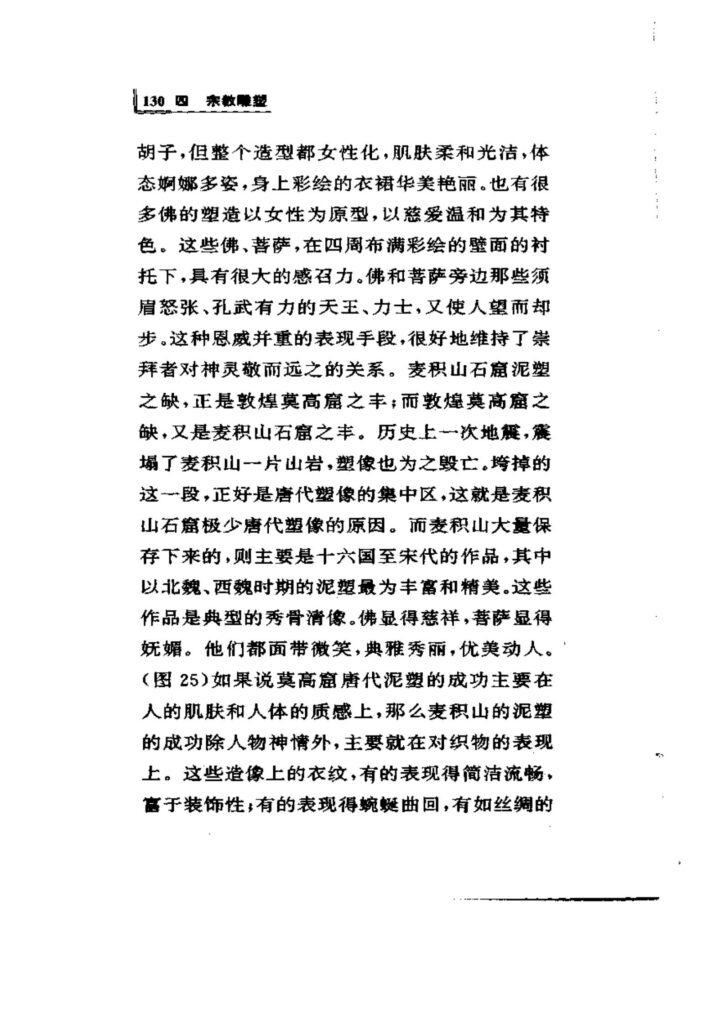

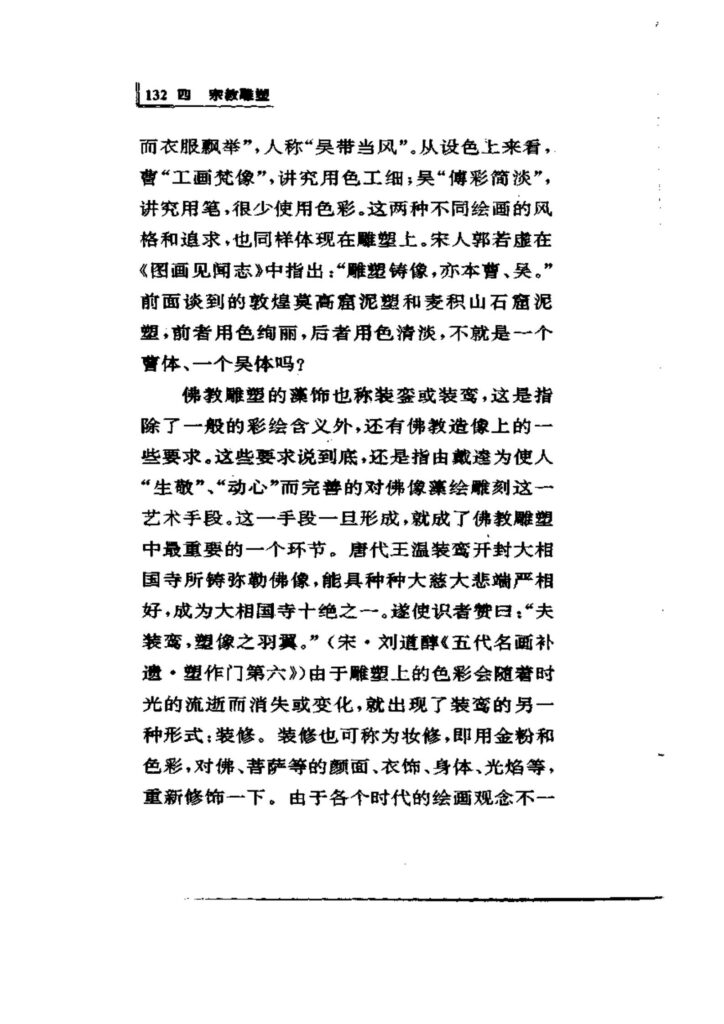



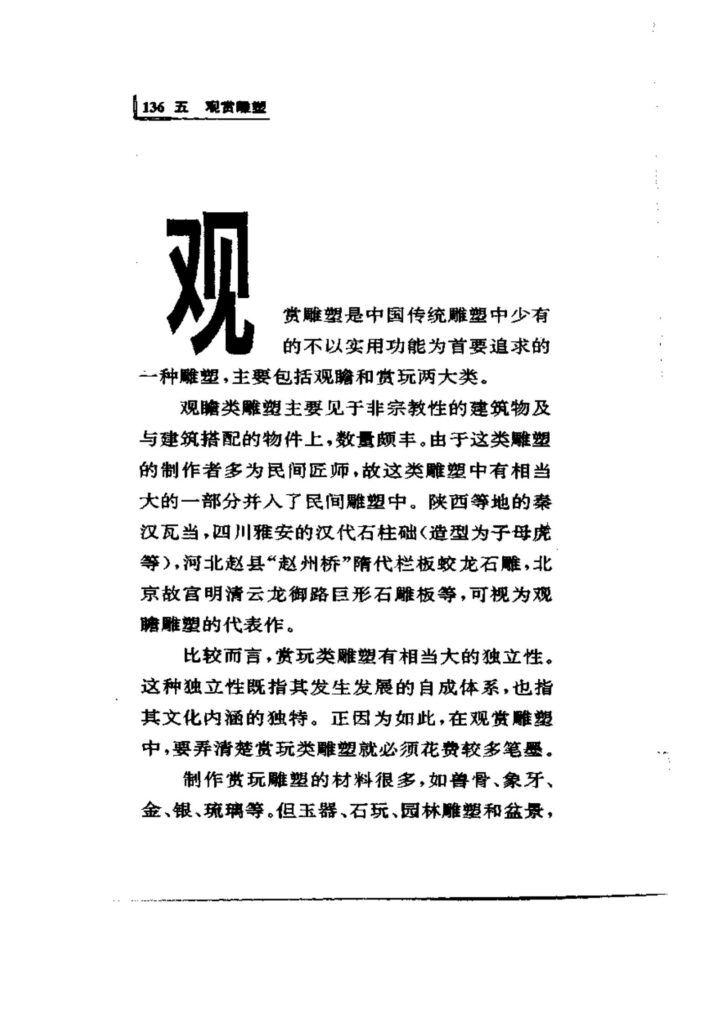
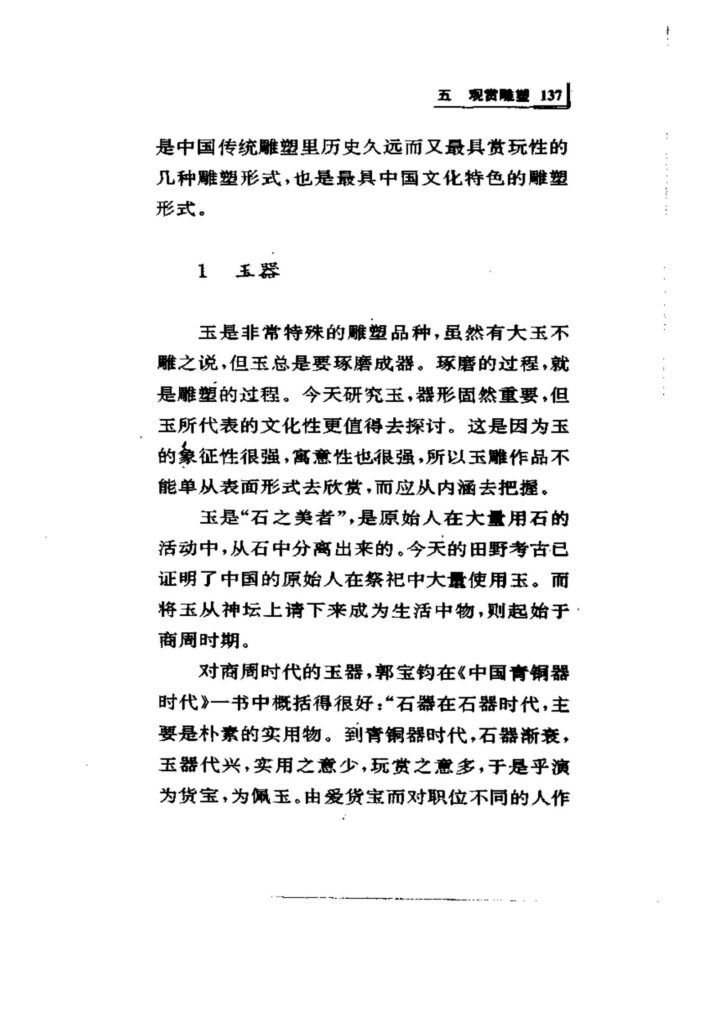

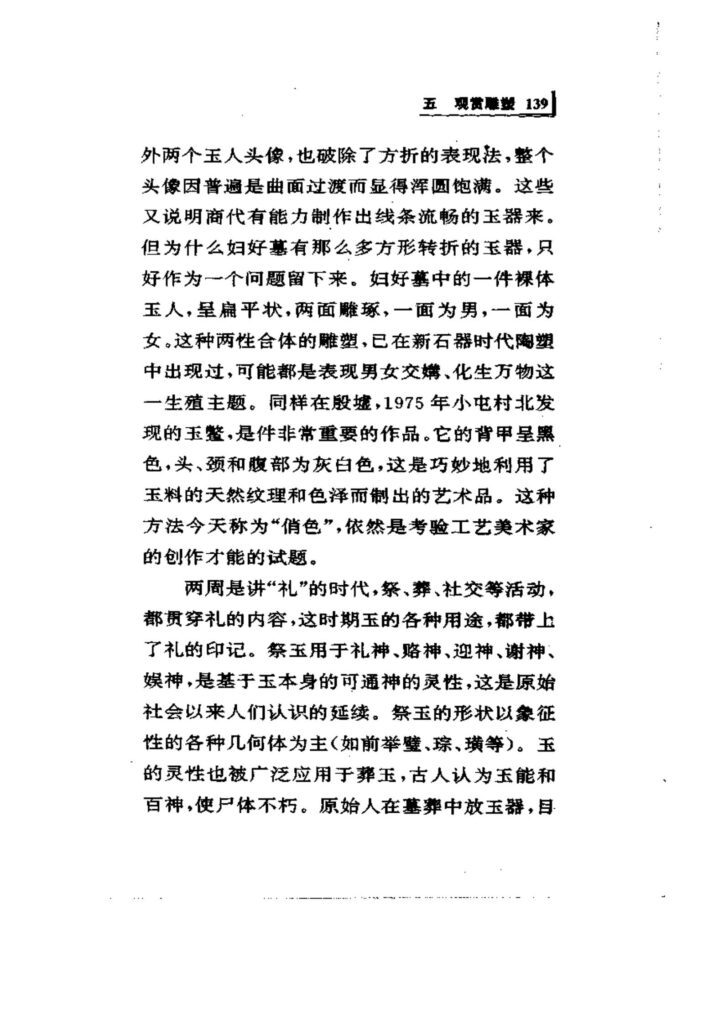

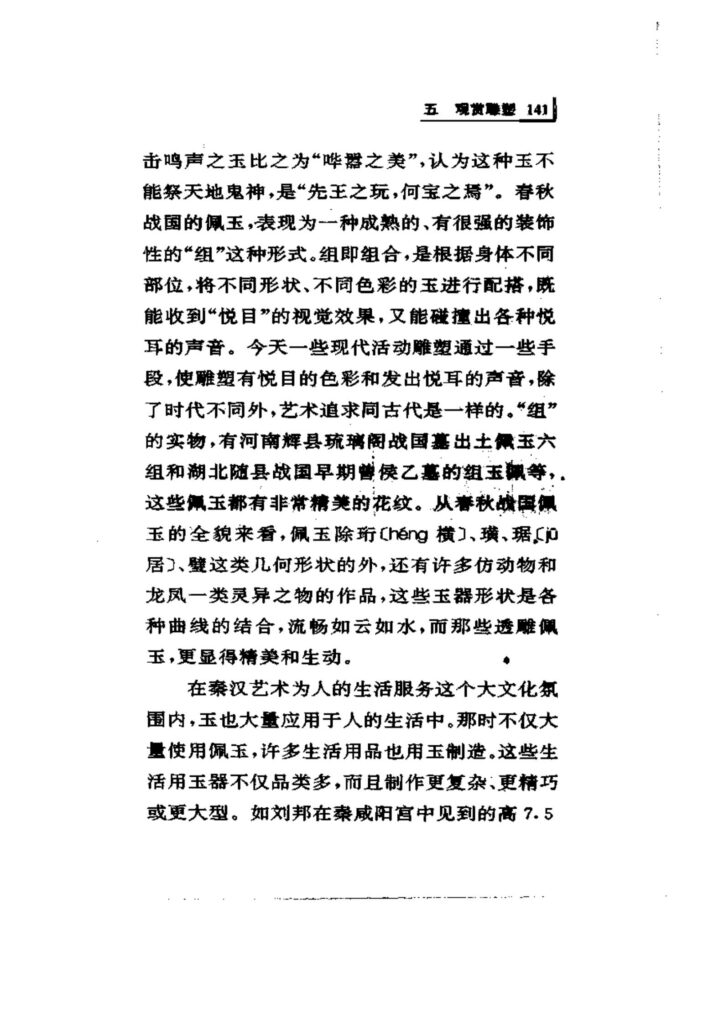
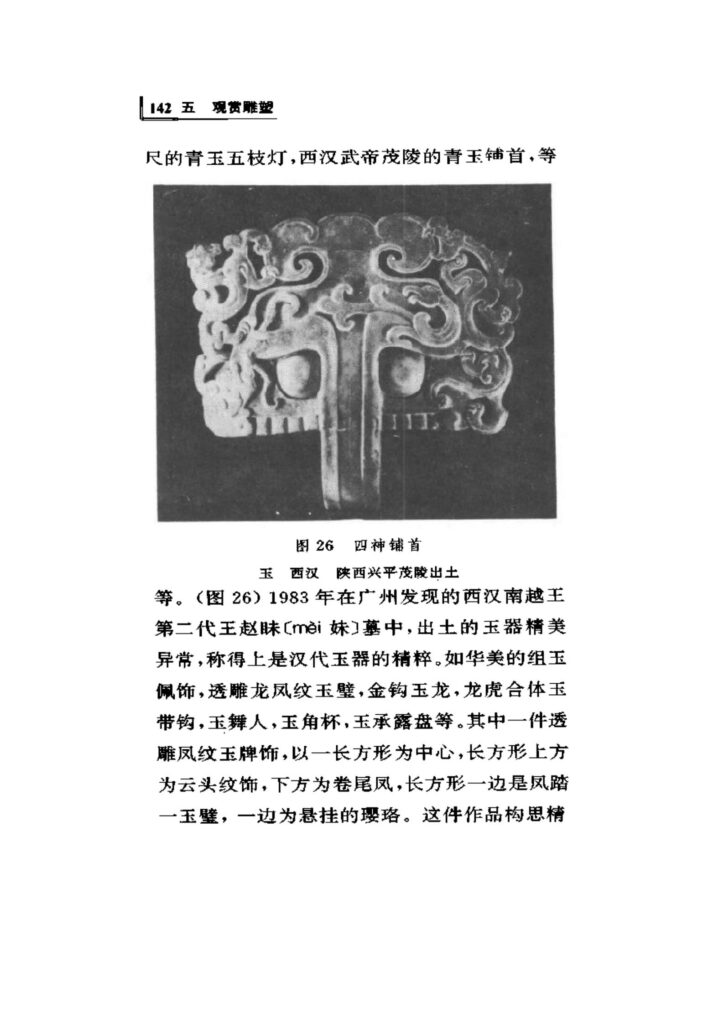
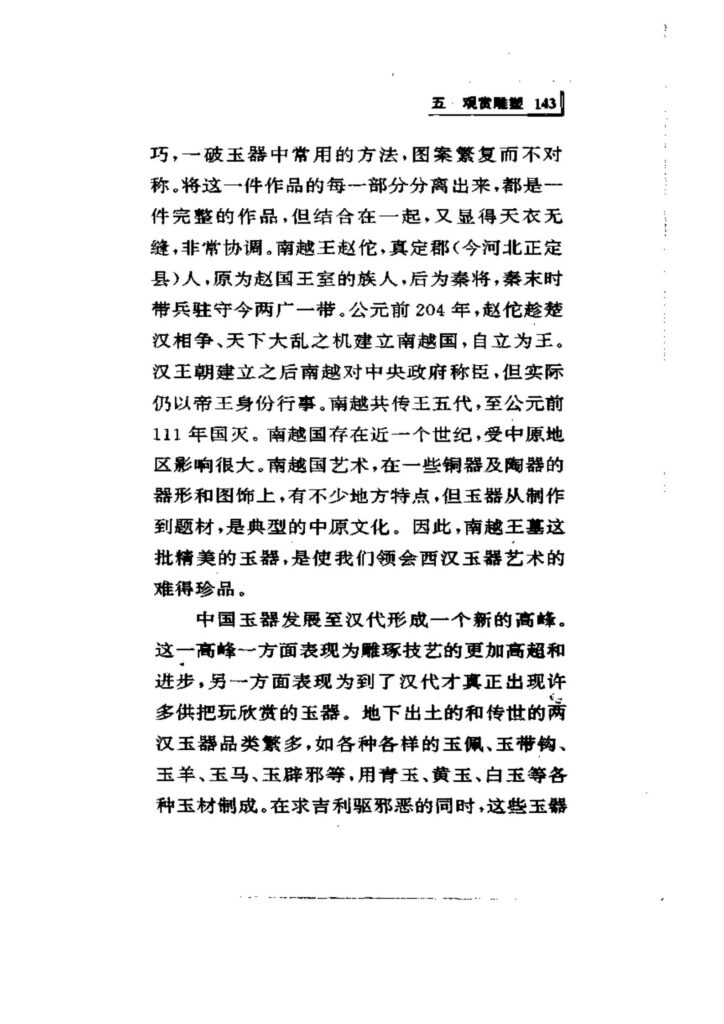
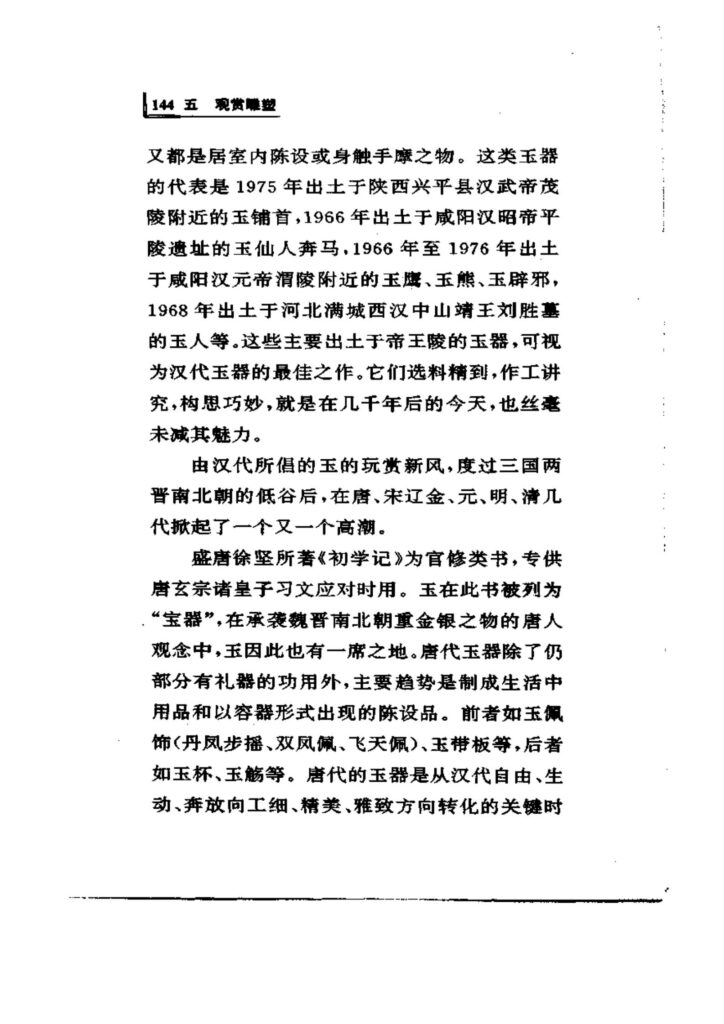

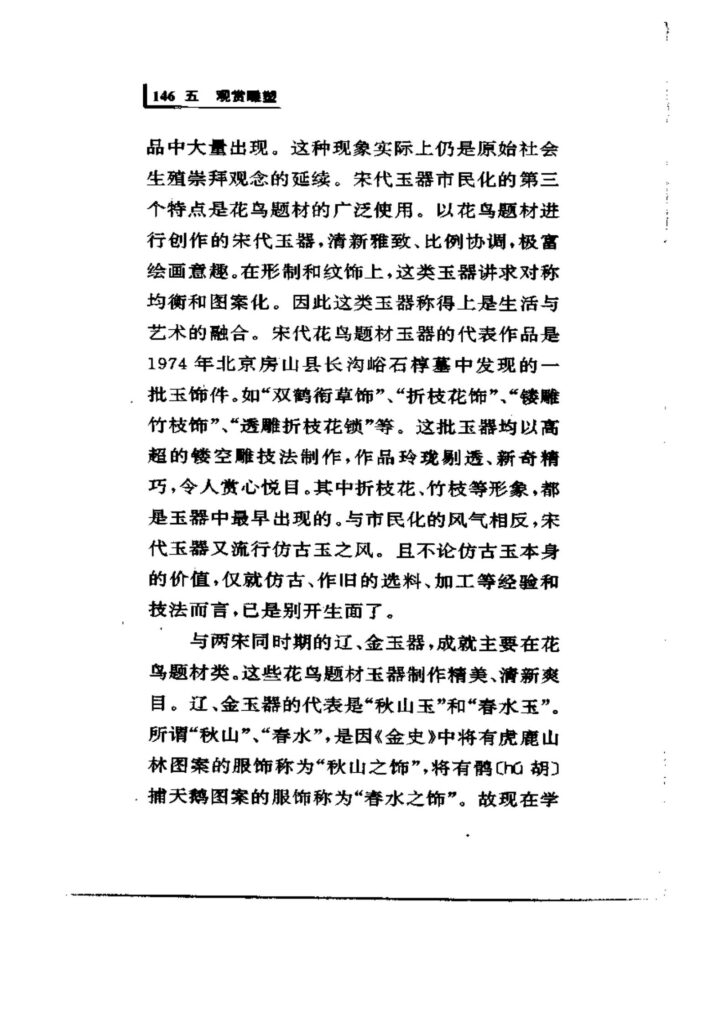


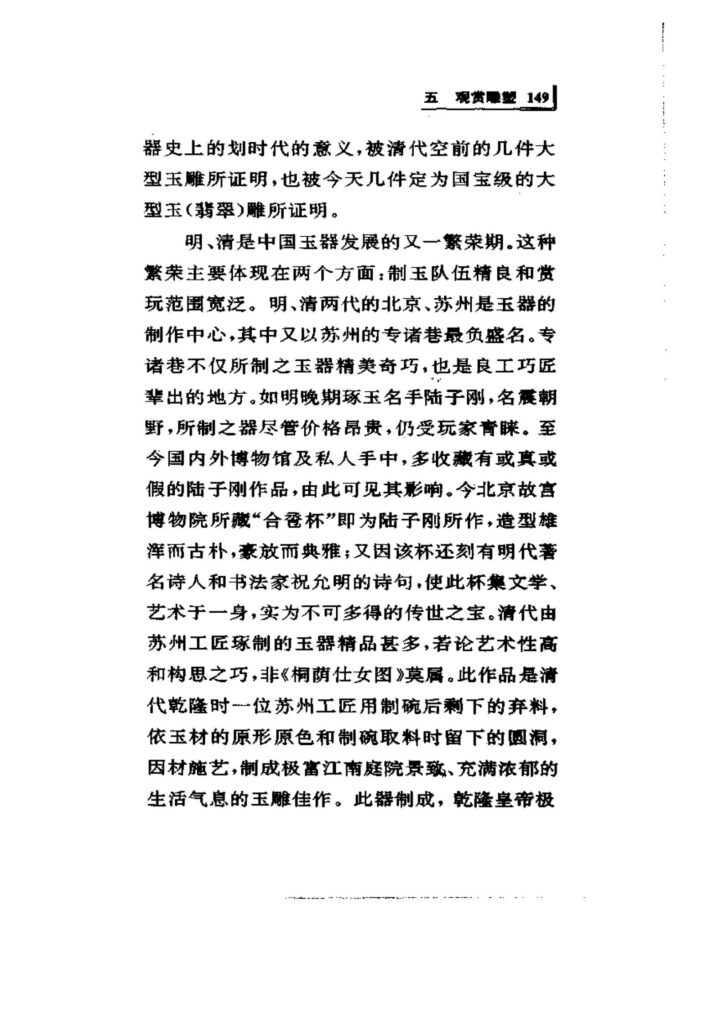
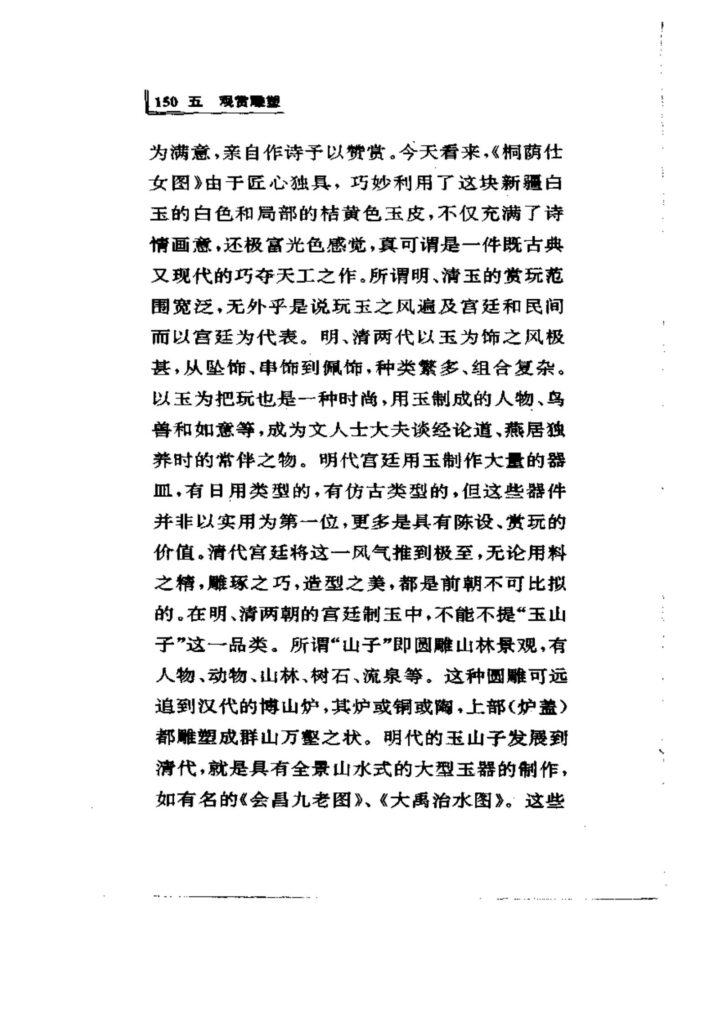



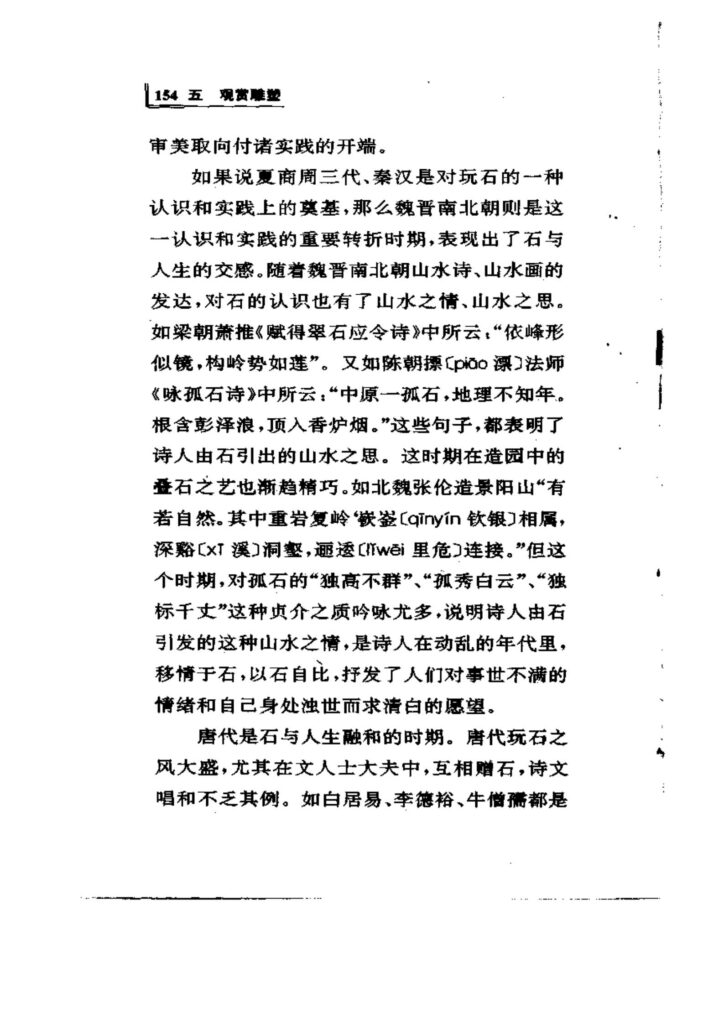

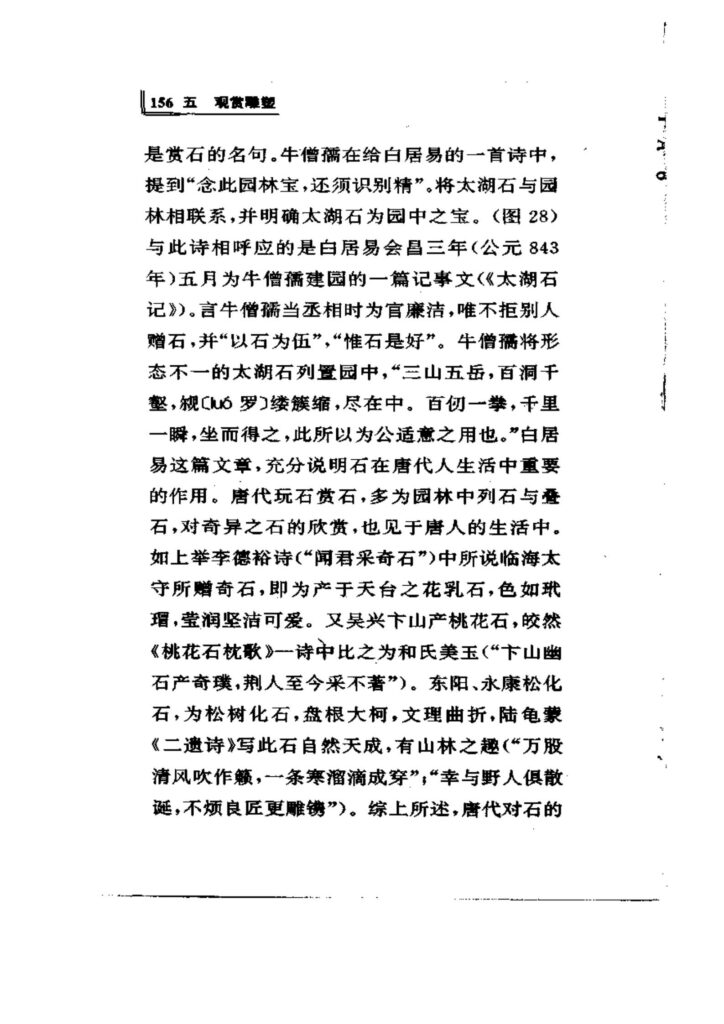
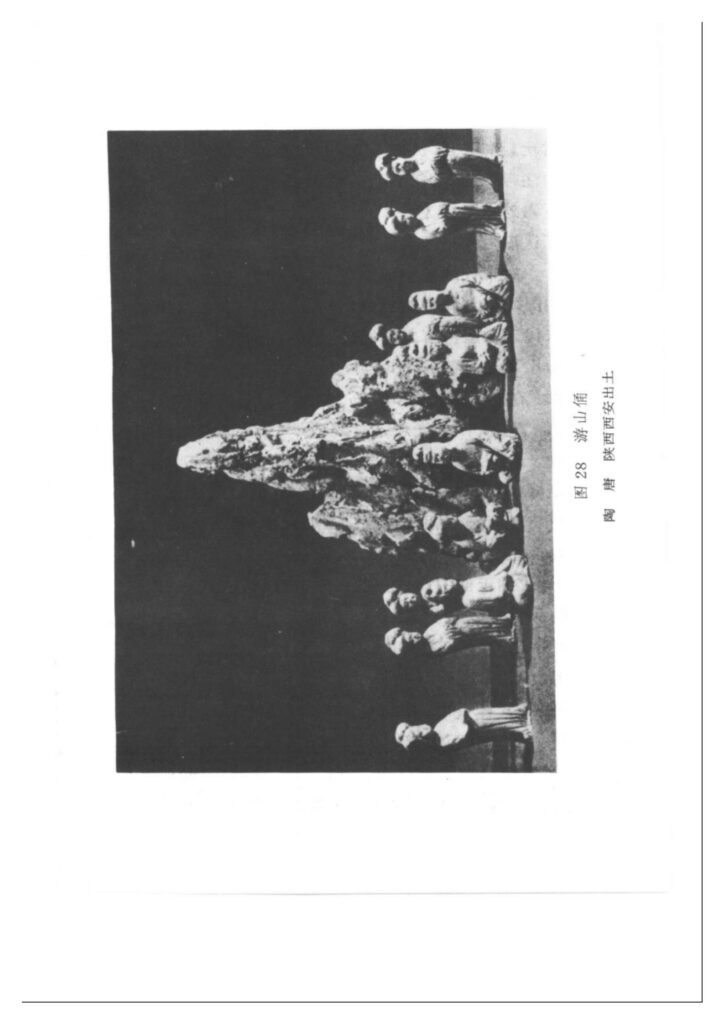

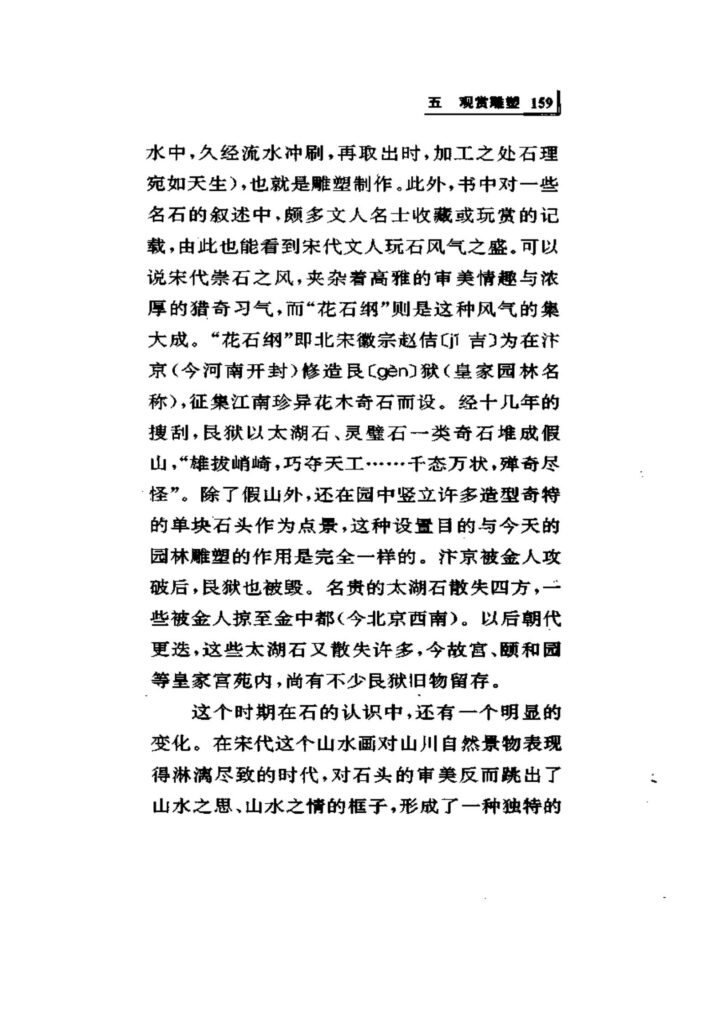
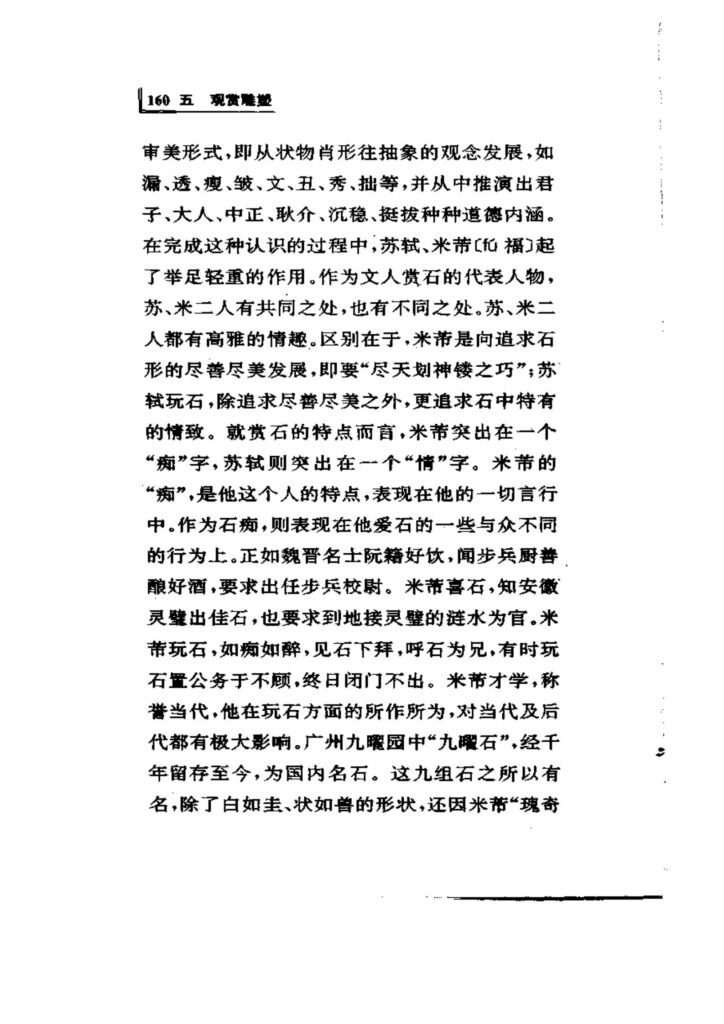
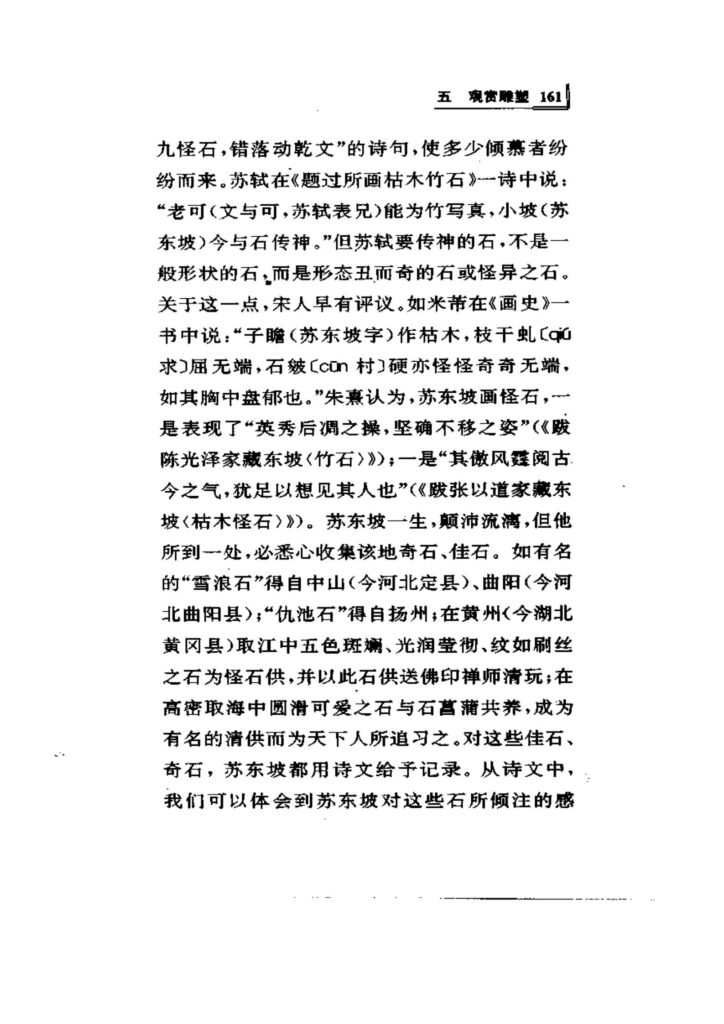




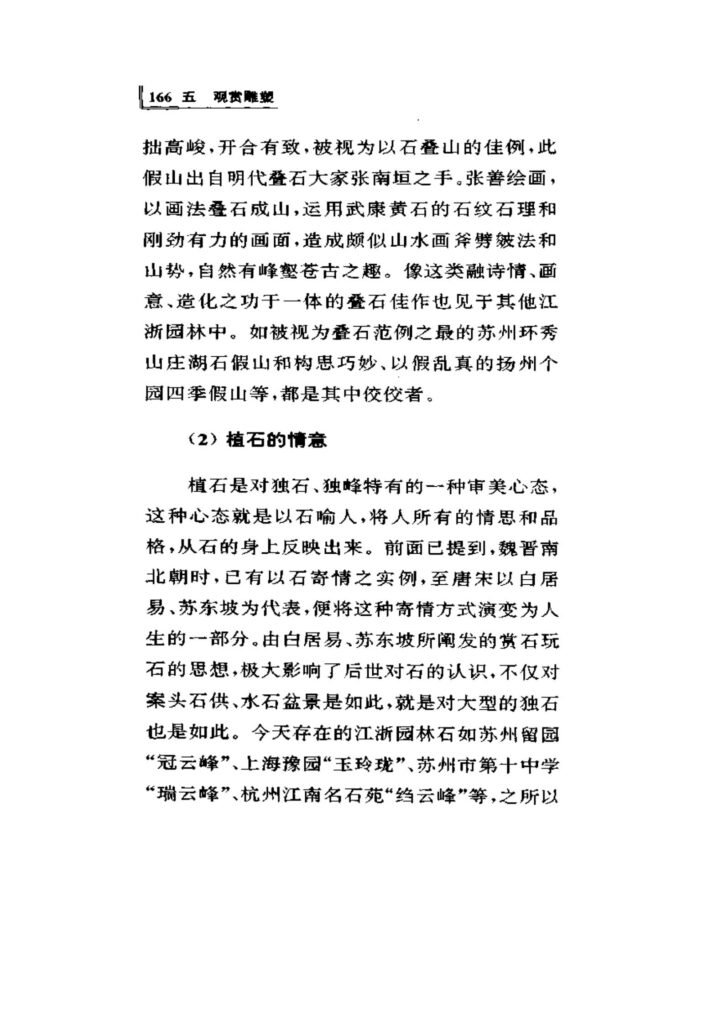


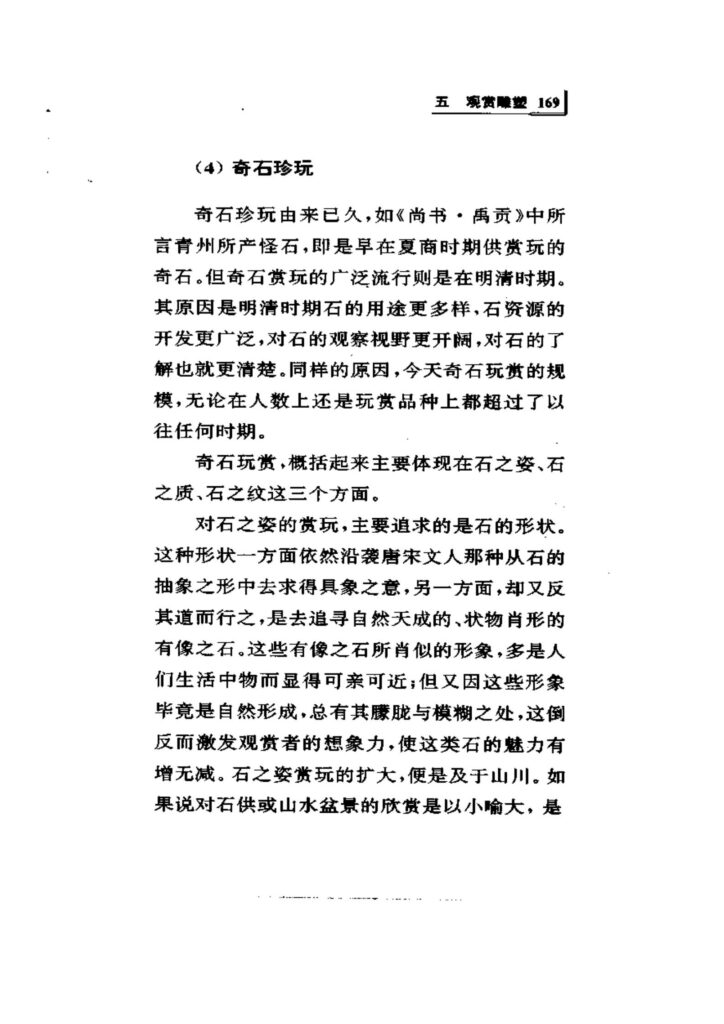


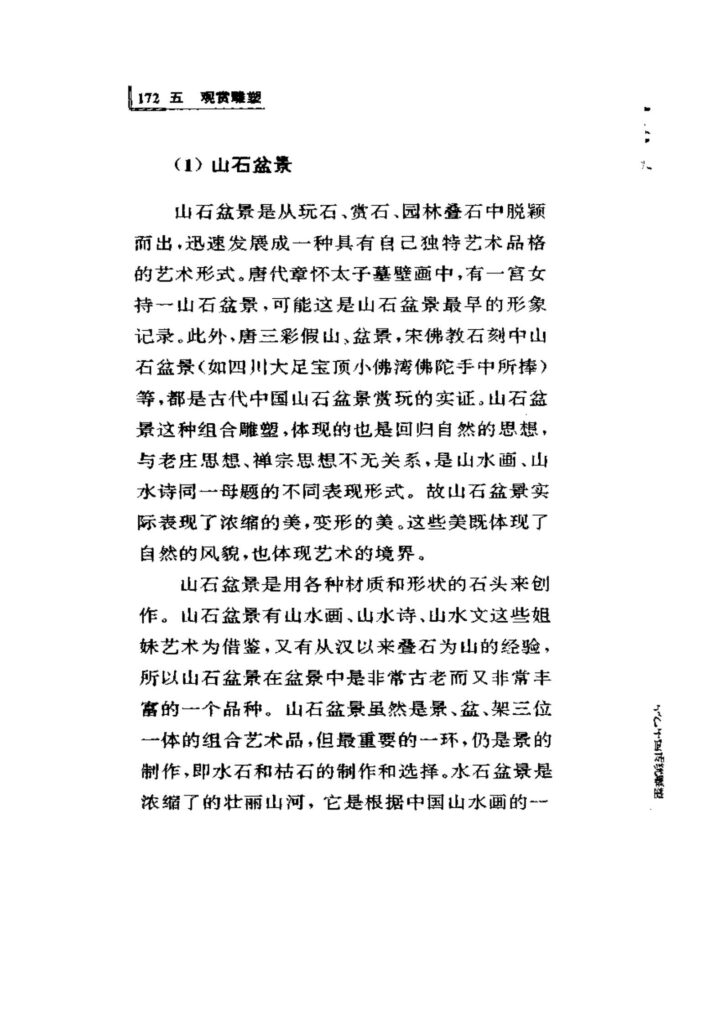
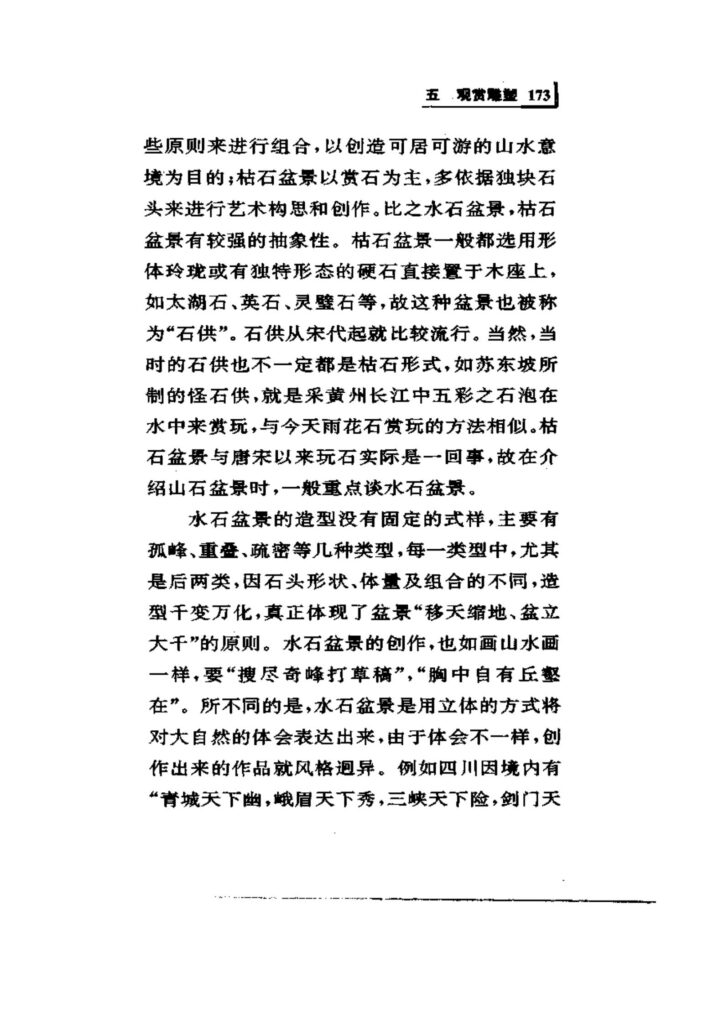
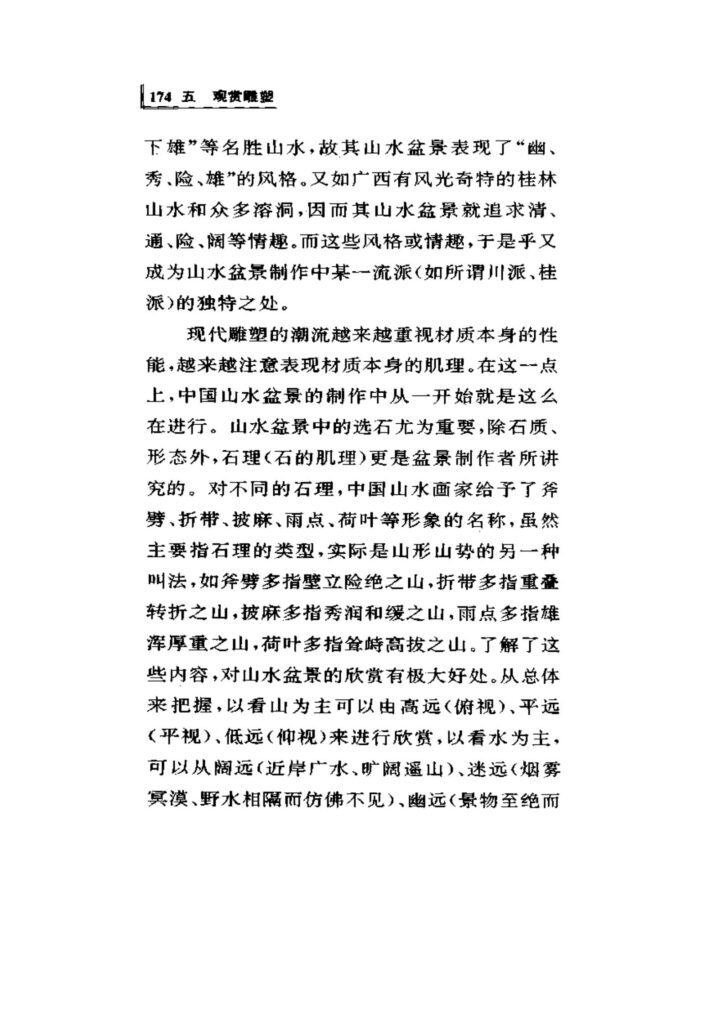


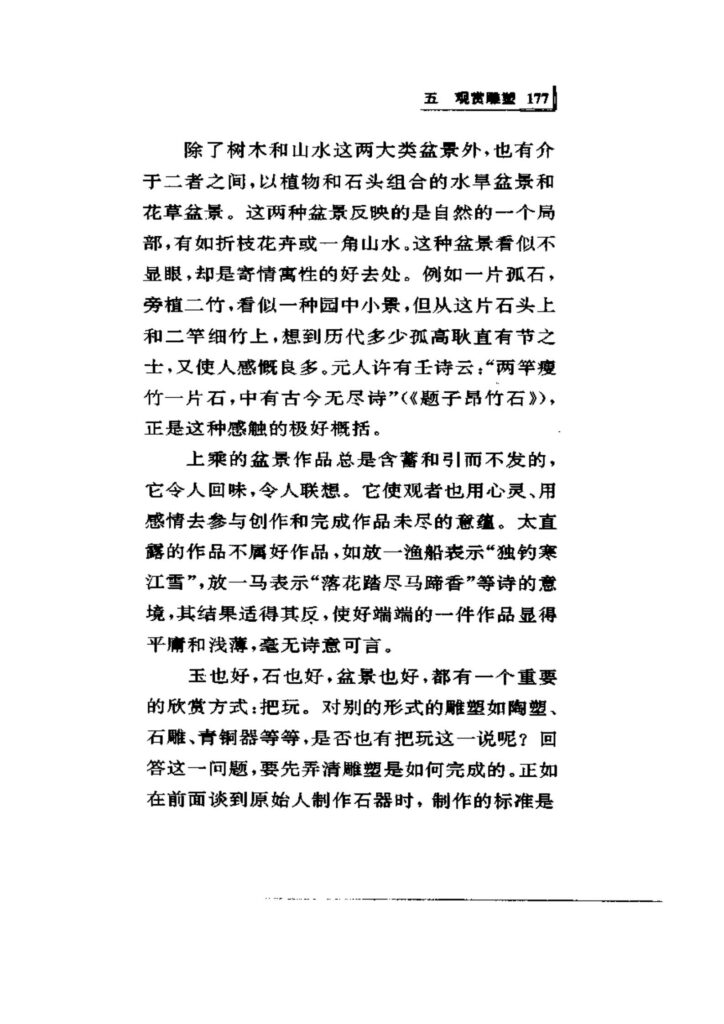
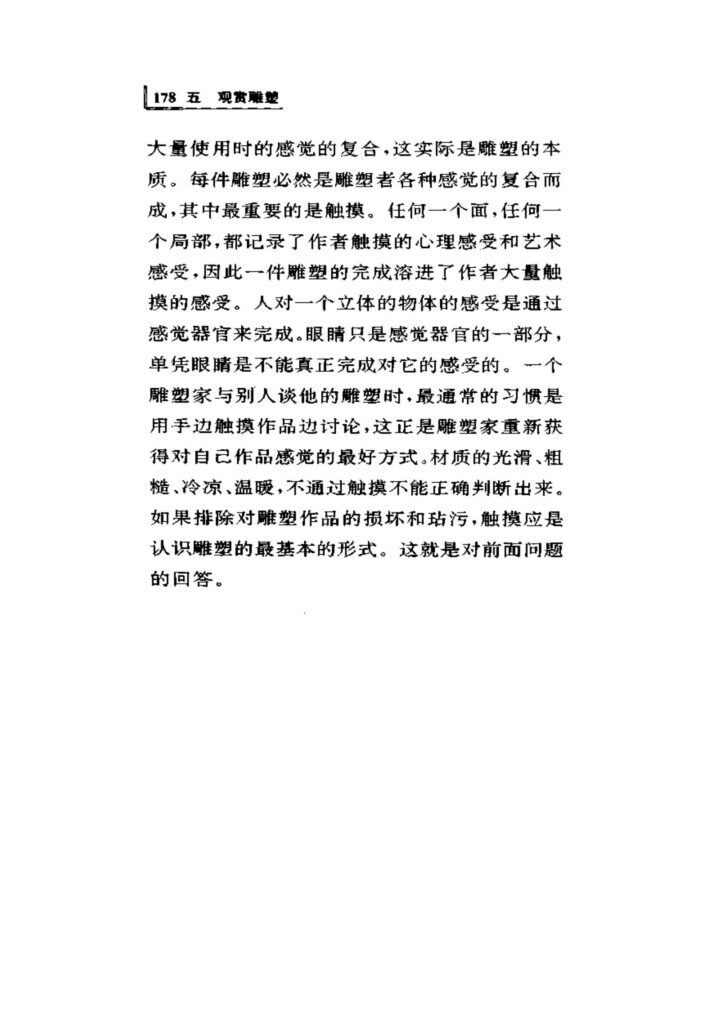


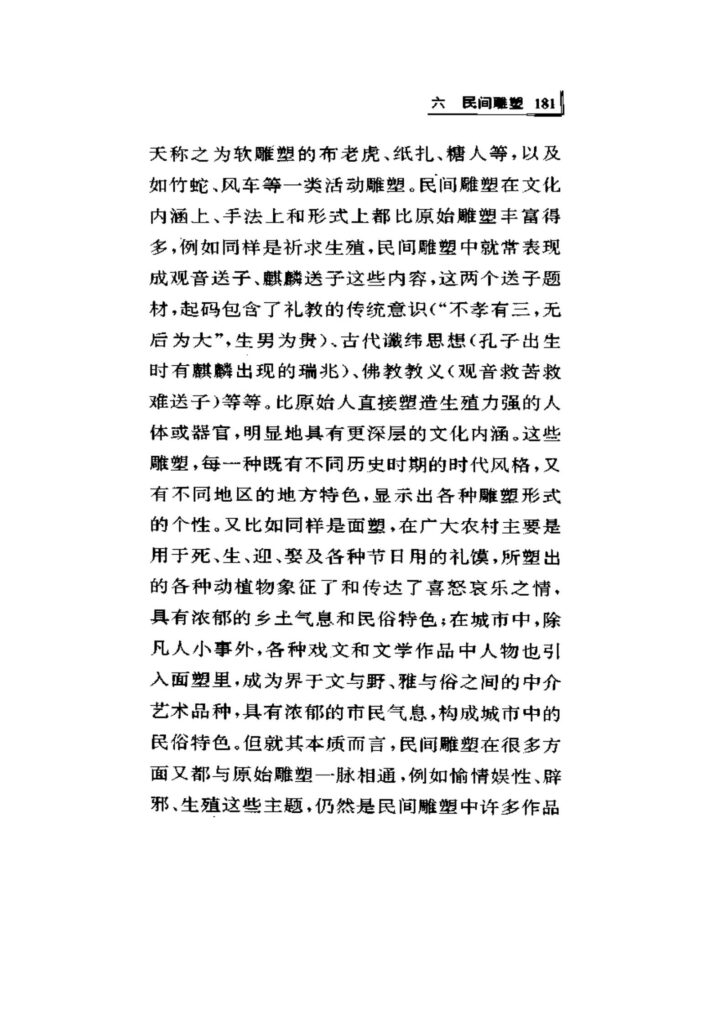
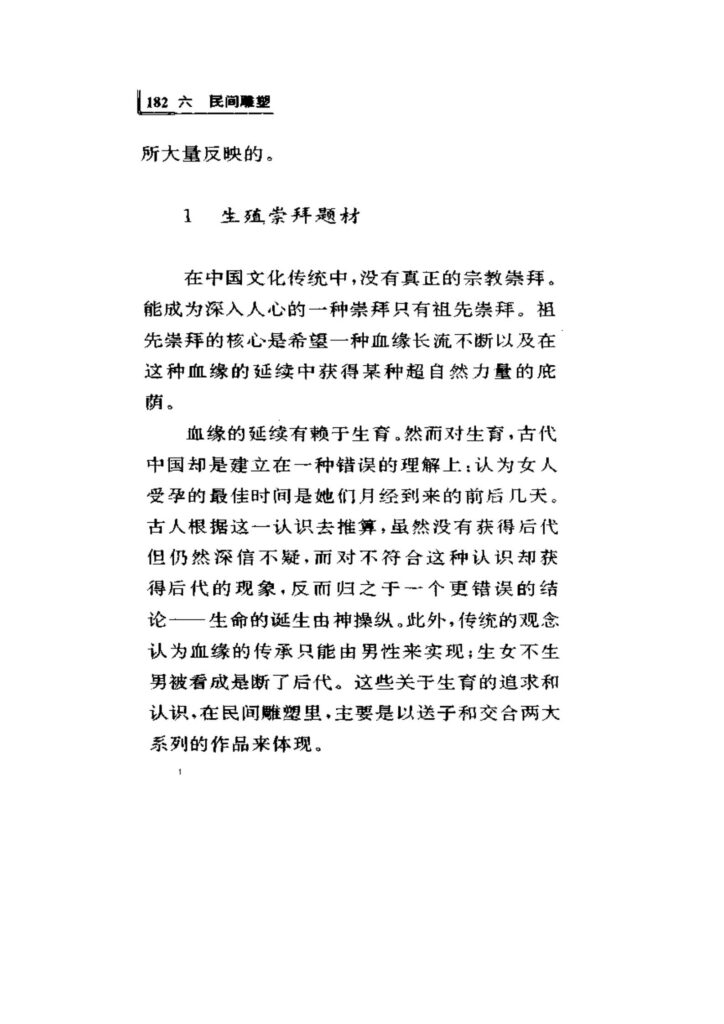
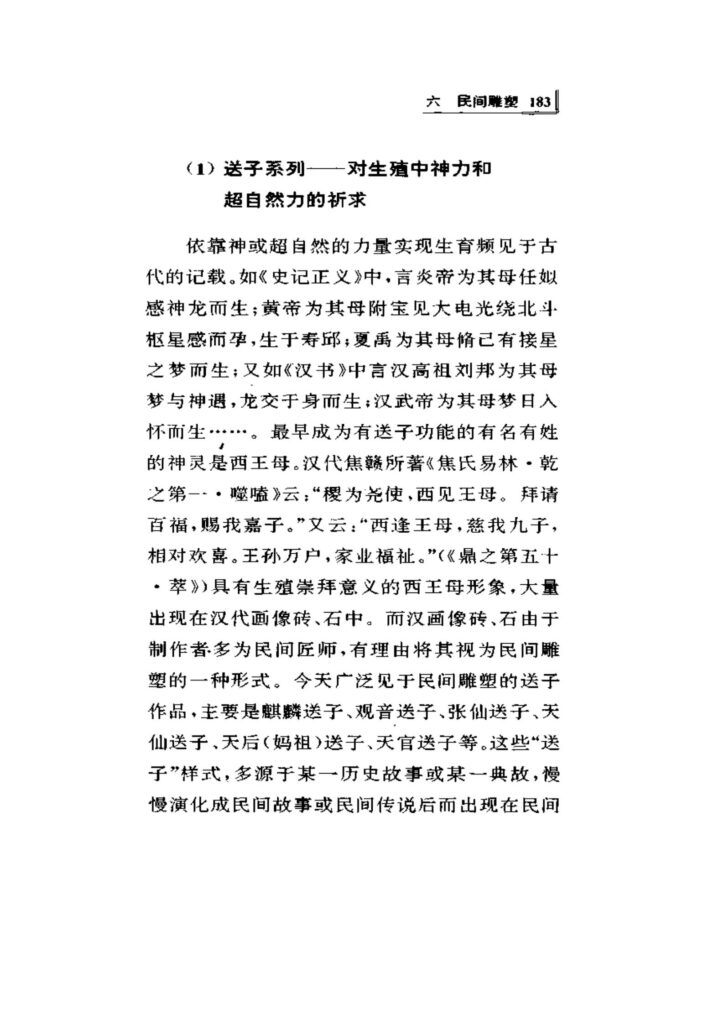
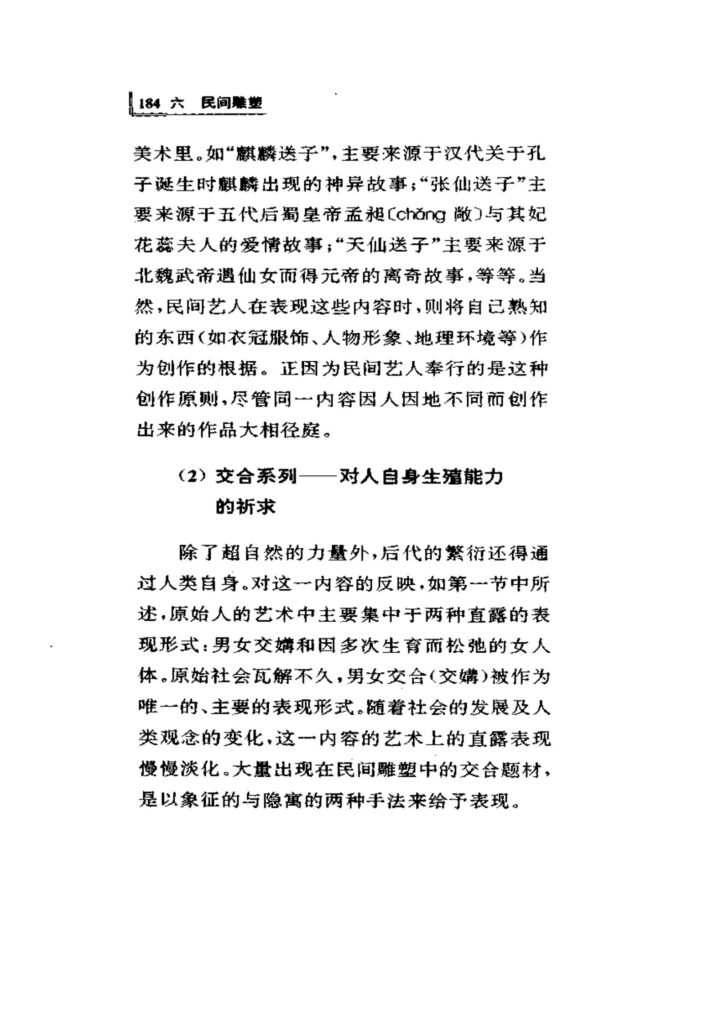
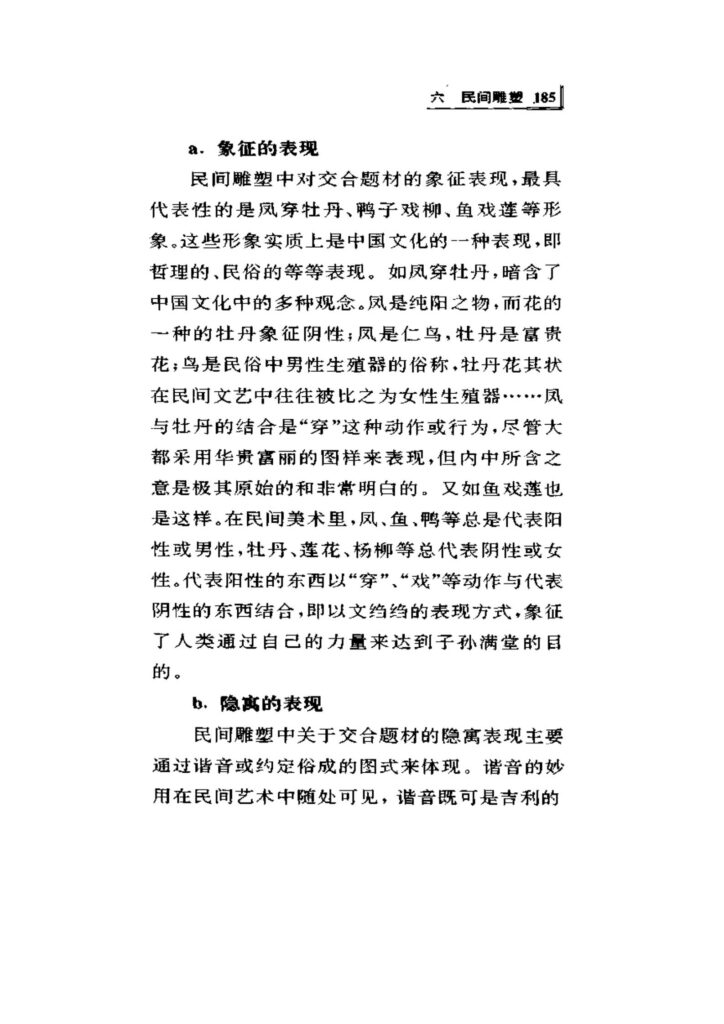

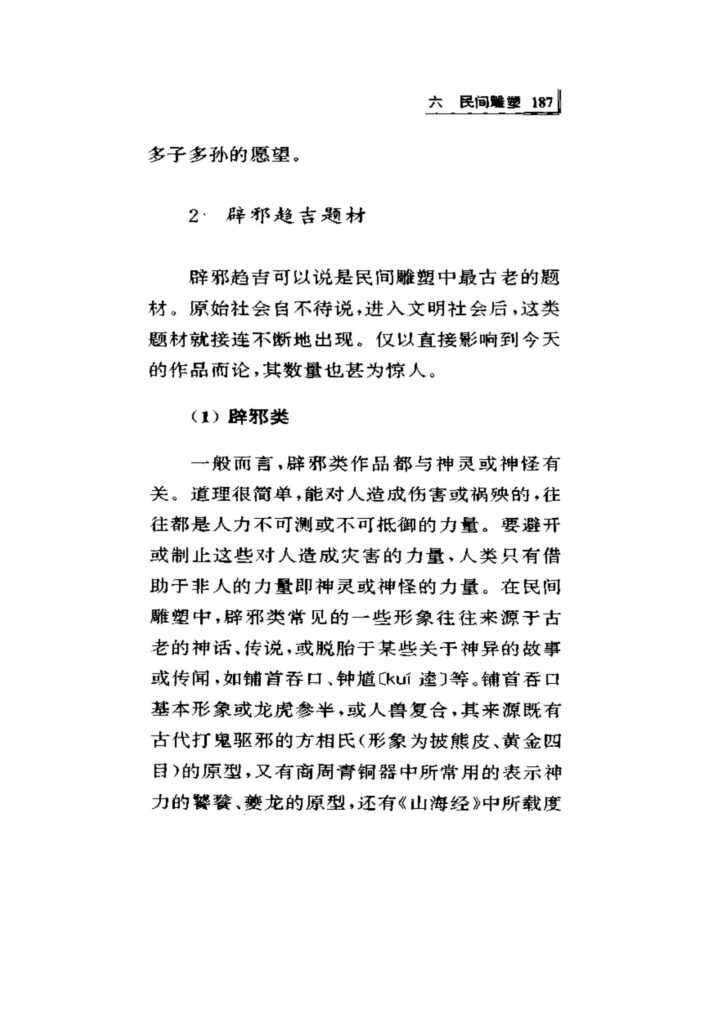




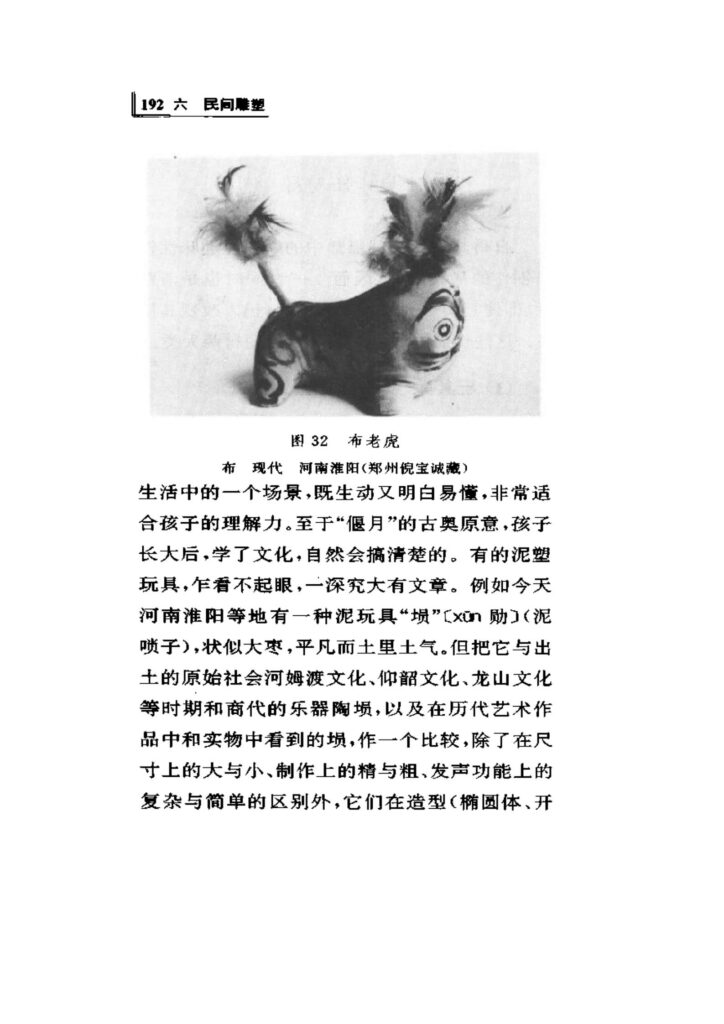
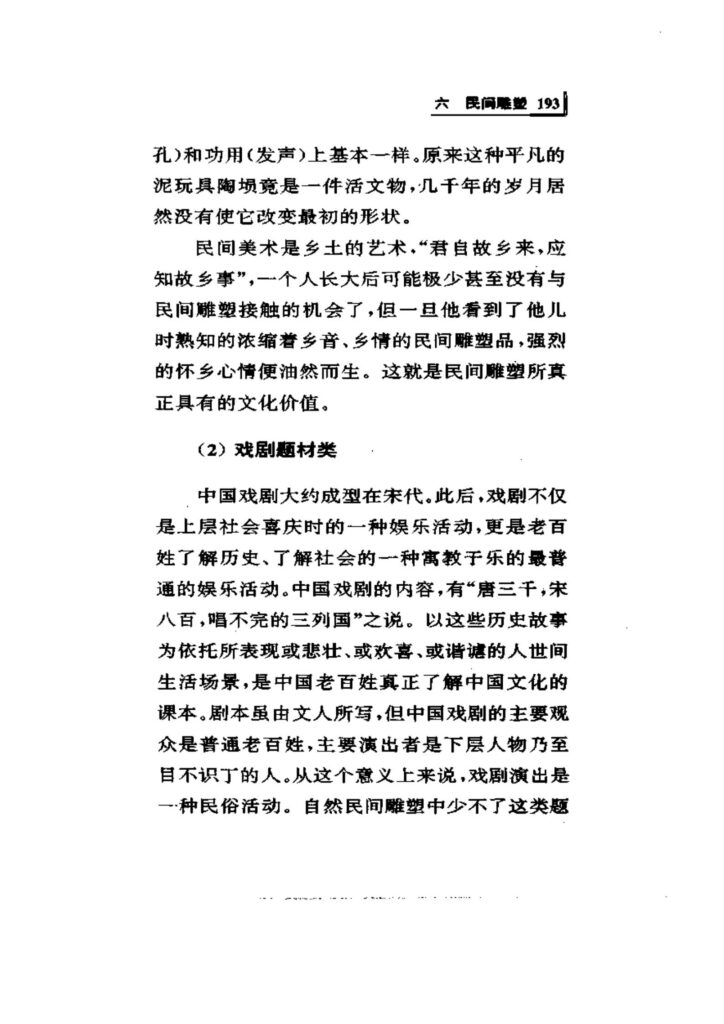



Art艺术 Sculpture雕塑 215P 中国传统雕塑
历史上的今天 ( 23 ):
- 2022年-09月-03日:SEGA:终极真人快打3-md
- 2022年-09月-03日:SEGA:真人快打3-md
- 2022年-09月-03日:SEGA:真人快打2-md
- 2022年-09月-03日:SEGA:真人快打-md
- 2022年-09月-03日:SEGA:地产大亨-百万富翁-md
- 2022年-09月-03日:SEGA:战场之狼2-md
- 2022年-09月-03日:SEGA:炸弹人-md
- 2022年-09月-03日:SEGA:Lion King 3 狮子王3-md
- 2022年-09月-03日:SEGA:Lion King 2 狮子王2-md
- 2022年-09月-03日:SEGA:Lion King 狮子王-md
- 2022年-09月-03日:Animal动物:猫科动物图鉴1883年 (46P)
- 2022年-09月-03日:Region地理:欧美古典名胜建筑唯美图片 (11P)
- 2022年-09月-03日:Gods神明:自由女神 (9P)
- 2022年-09月-03日:Region地理:秘鲁马丘比丘遗址 (10P)
- 2022年-09月-03日:Region地理:云水谣古镇 (35P)
- 2022年-09月-03日:Region地理:迷人的同里古镇夜景风光 (11P)
- 2022年-09月-03日:Region地理:迷人的丽江古城摄影风光 (12P)
- 2022年-09月-03日:Military军武:全球枪械TOP精选(珍藏版) (279P)
- 2022年-09月-03日:Region地理:江南水乡苏州园林 (12P)
- 2022年-09月-03日:Region地理:黄姚古镇 (83P)
- 2022年-09月-03日:Region地理:黄山美景 (82P)
- 2022年-09月-03日:Video视频:最近,怎么都流行这个运动
- 2022年-09月-03日:News新闻:9月3日,星期六,在这里每天60秒读懂世界! (1P)
可点 ➠ 2023年-09月-03日 ➠ 52 s ➠ ♥ 0

